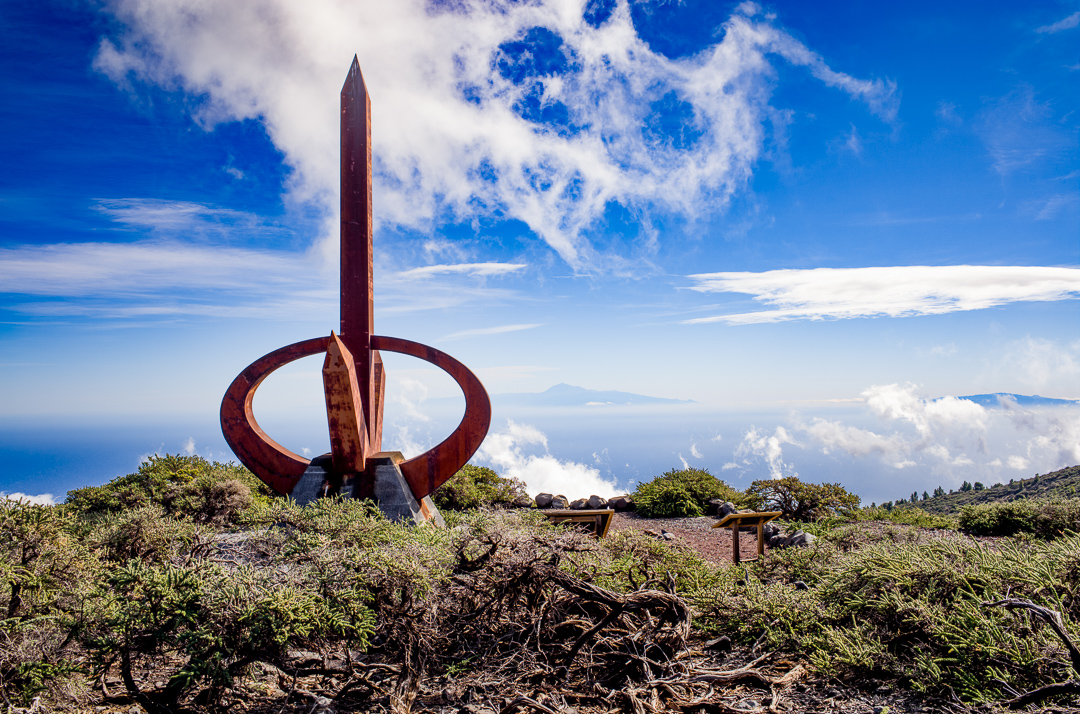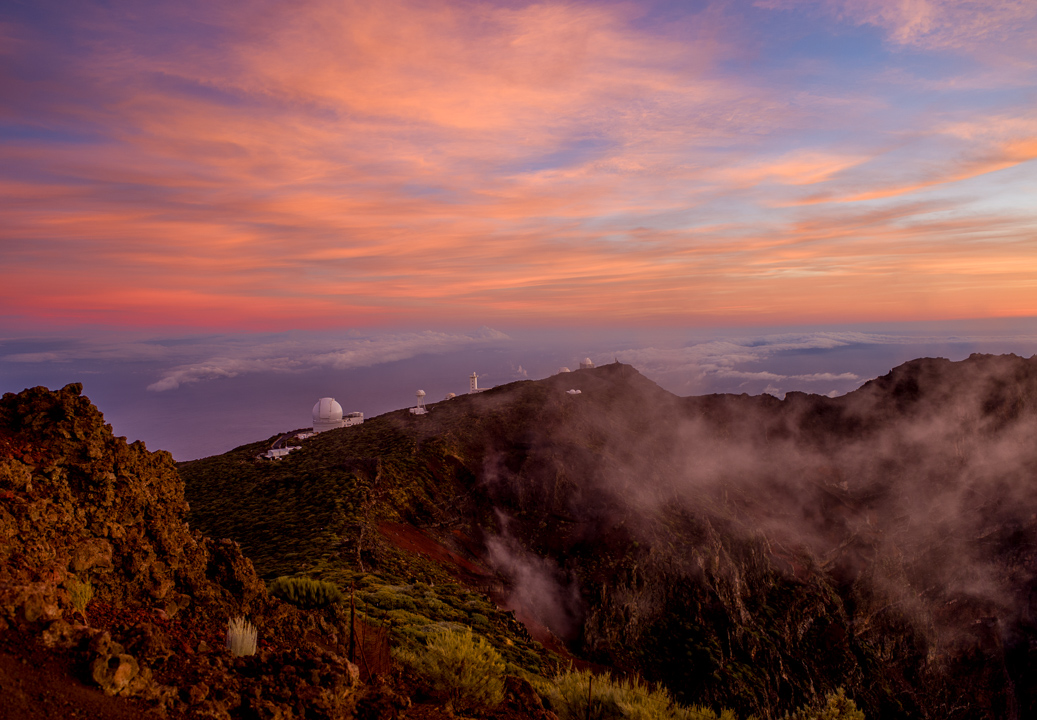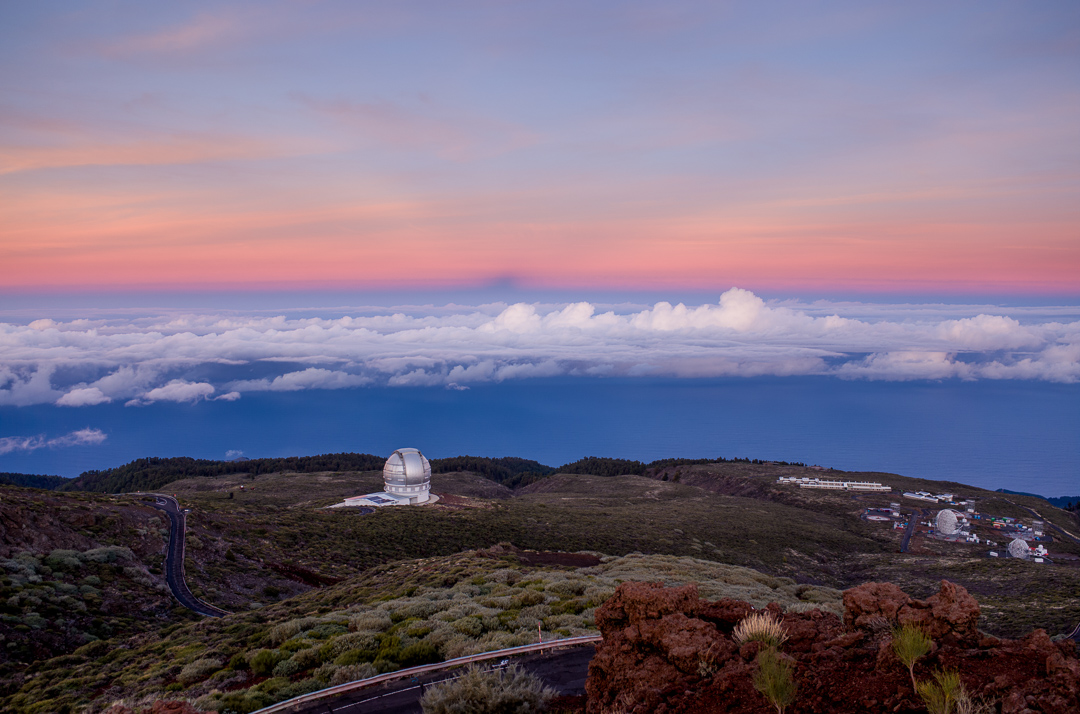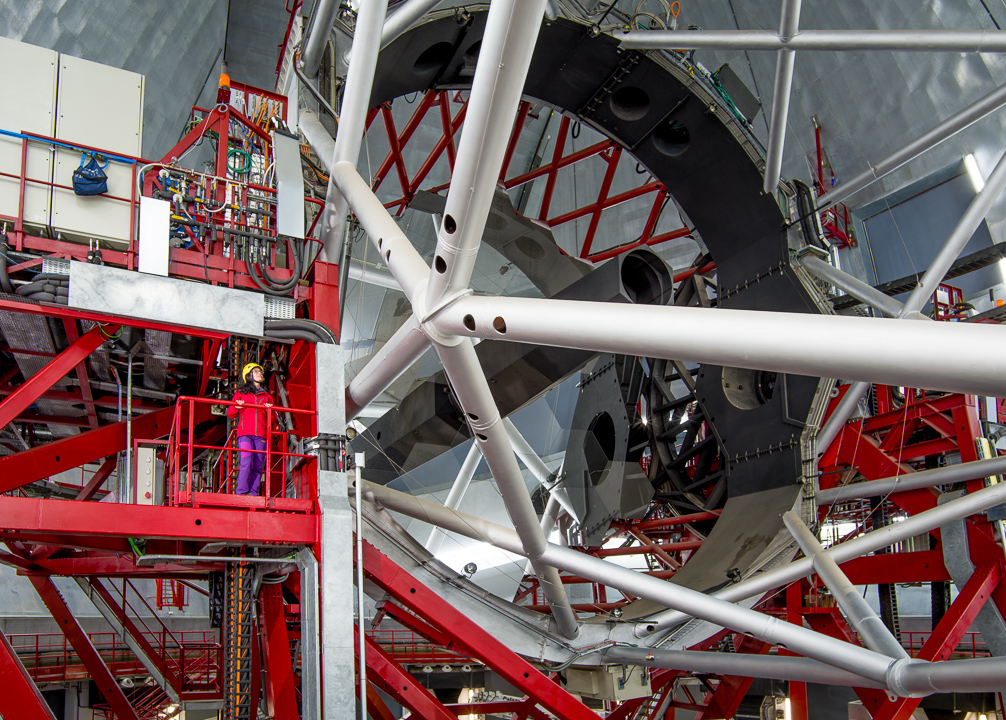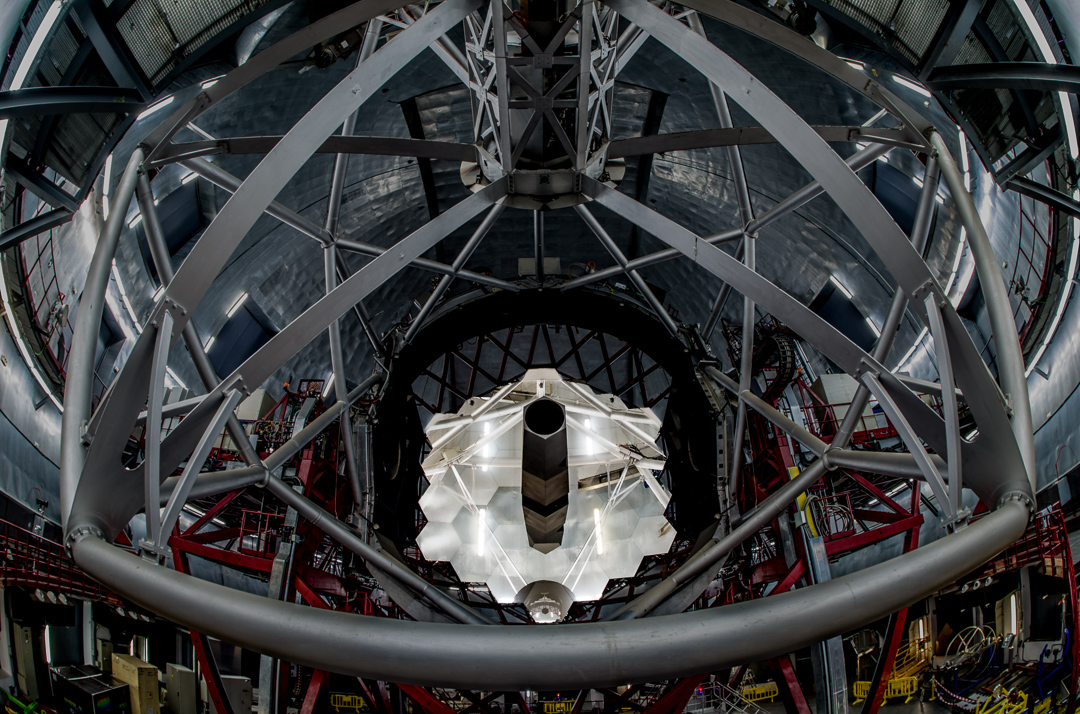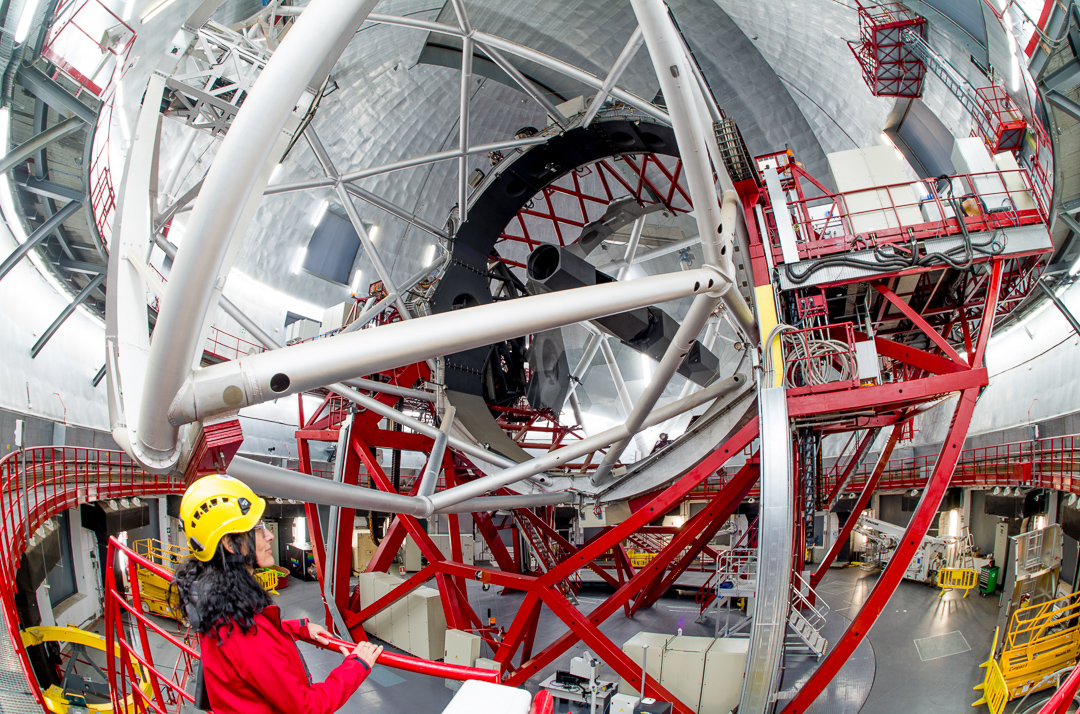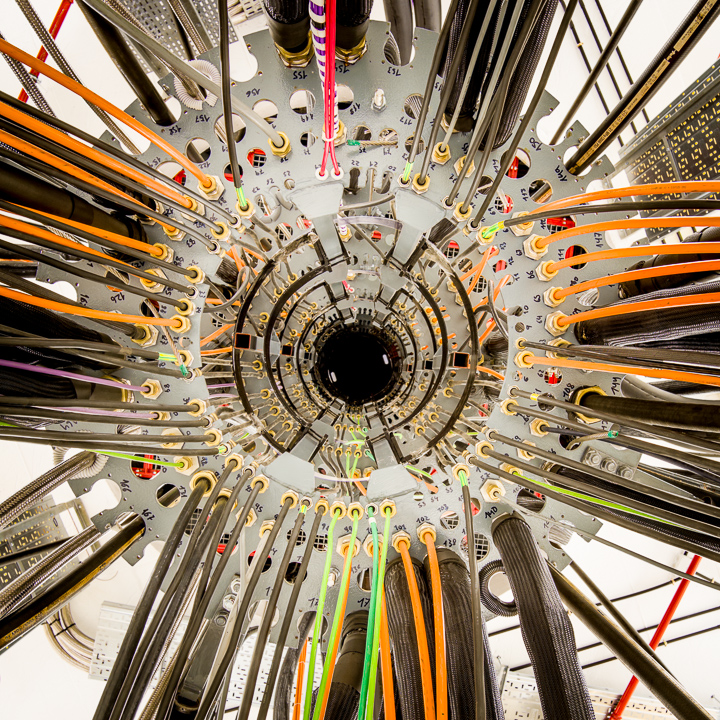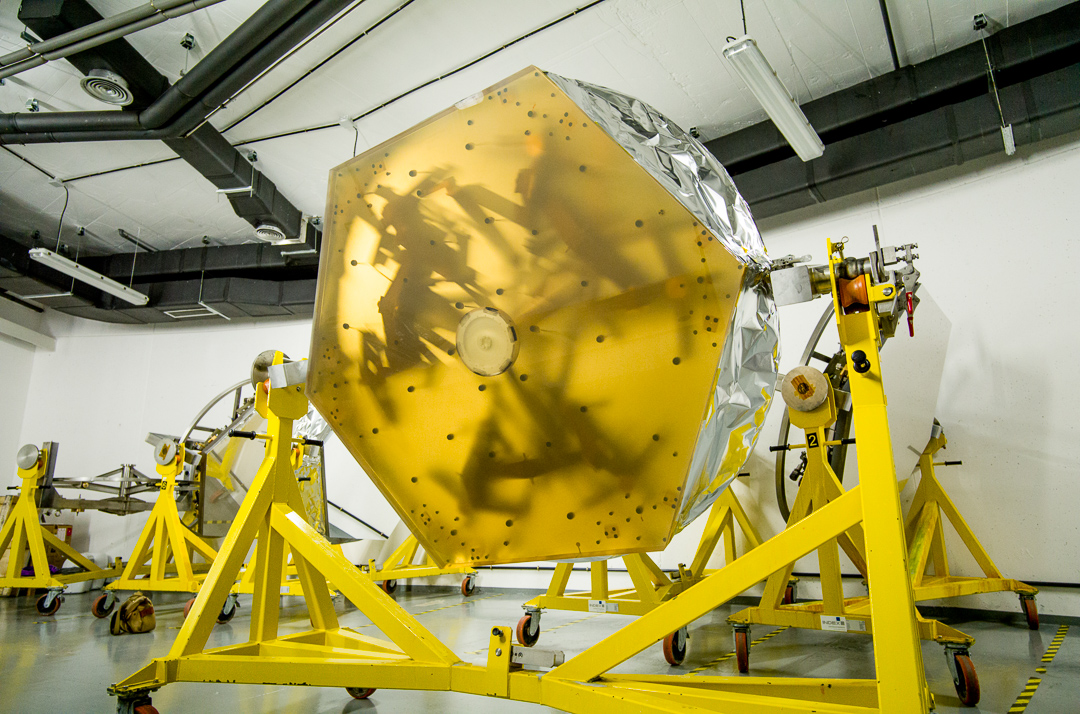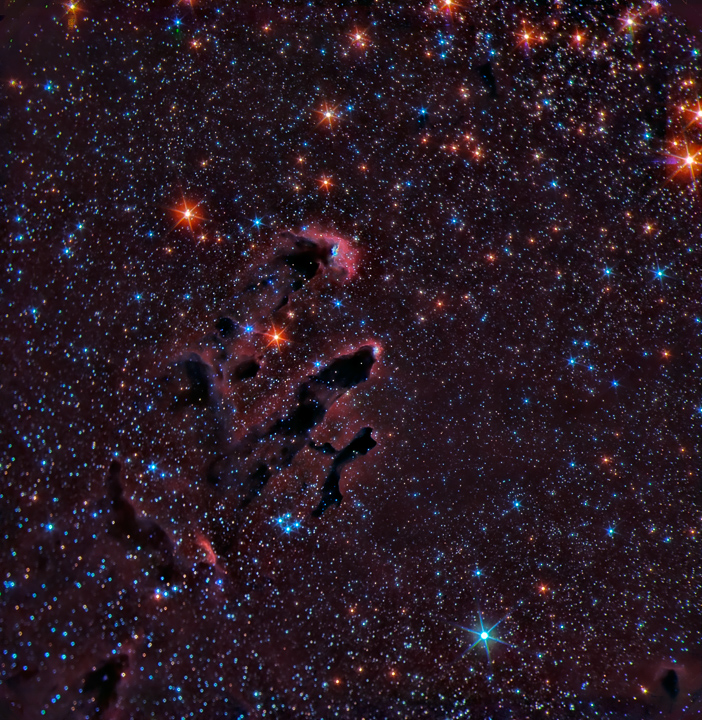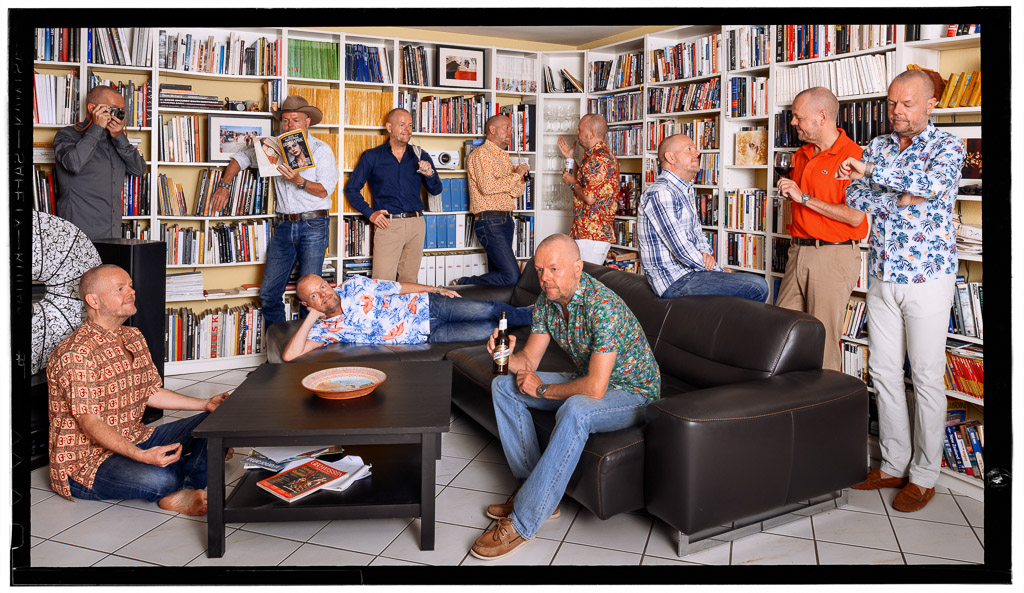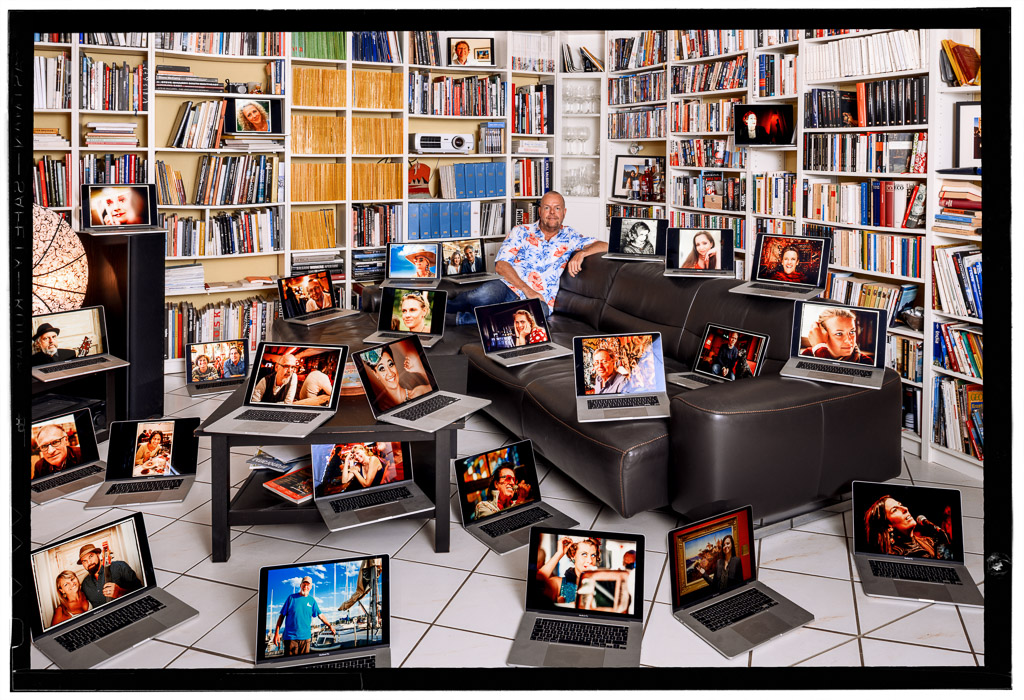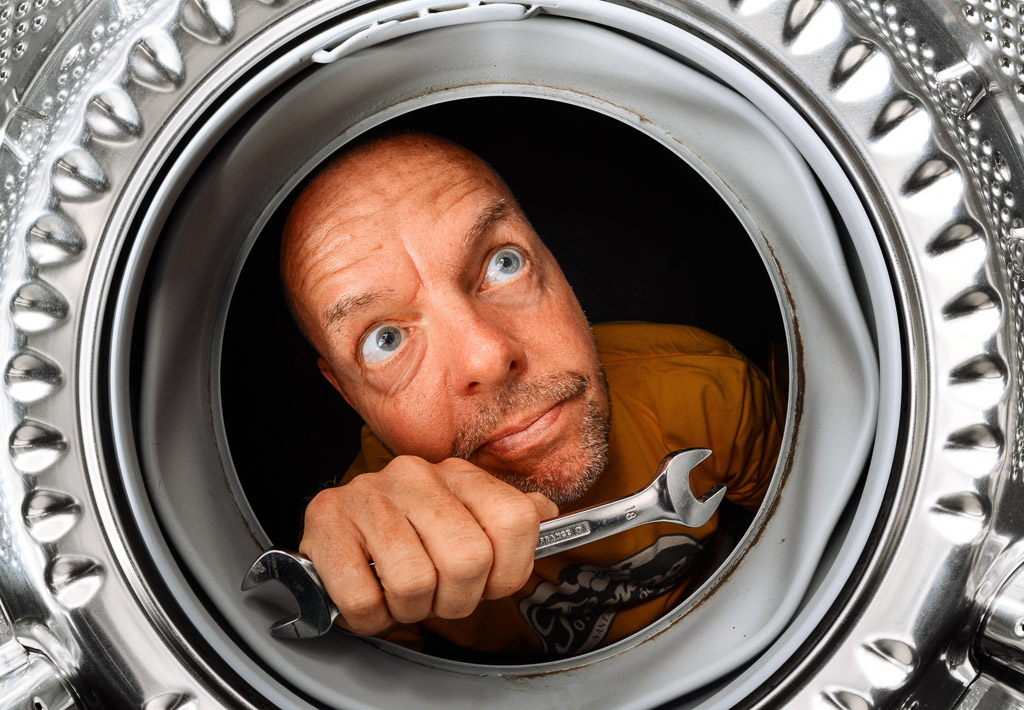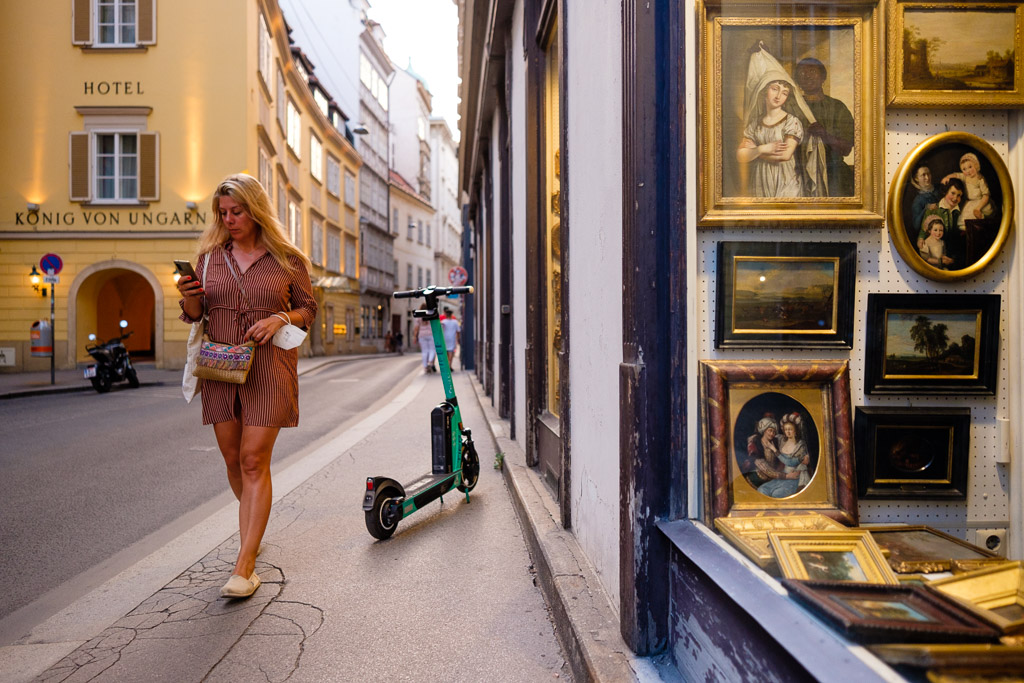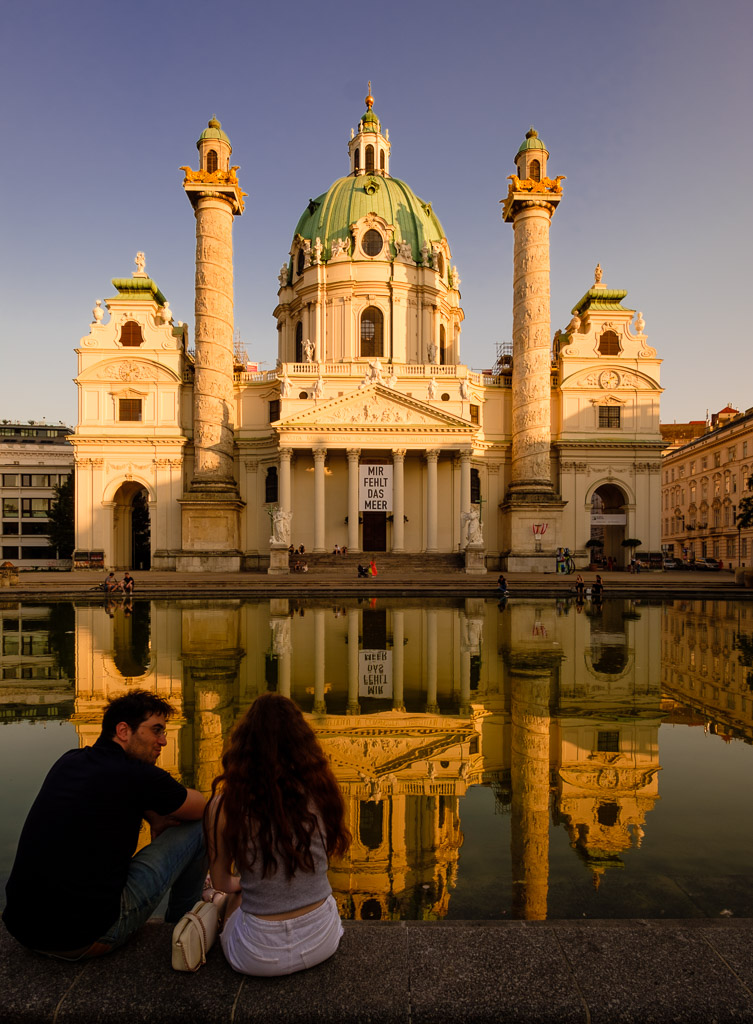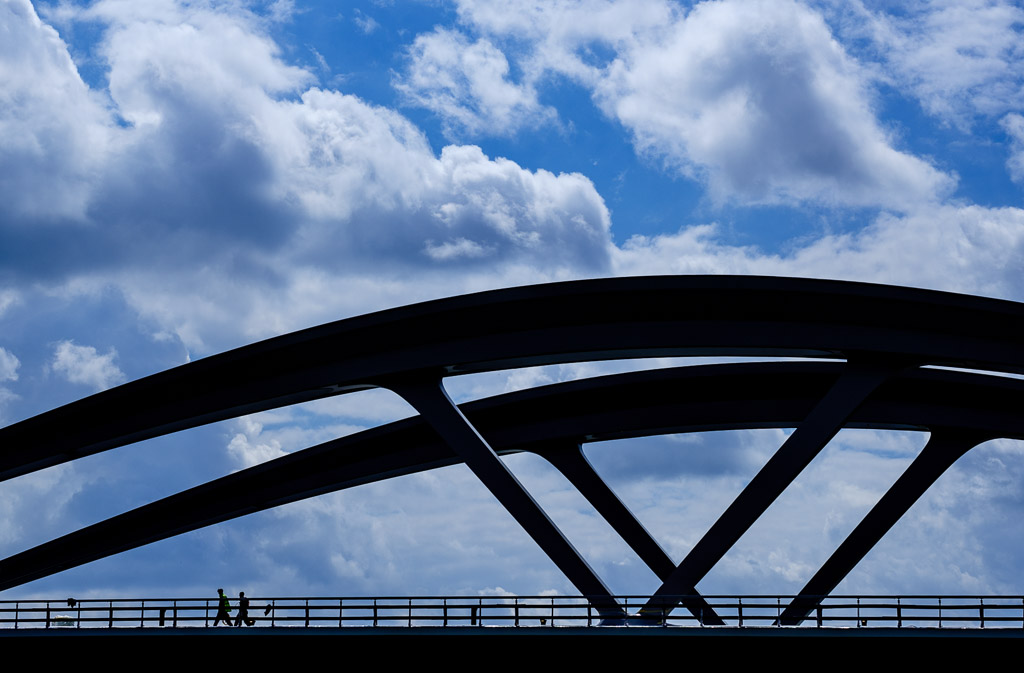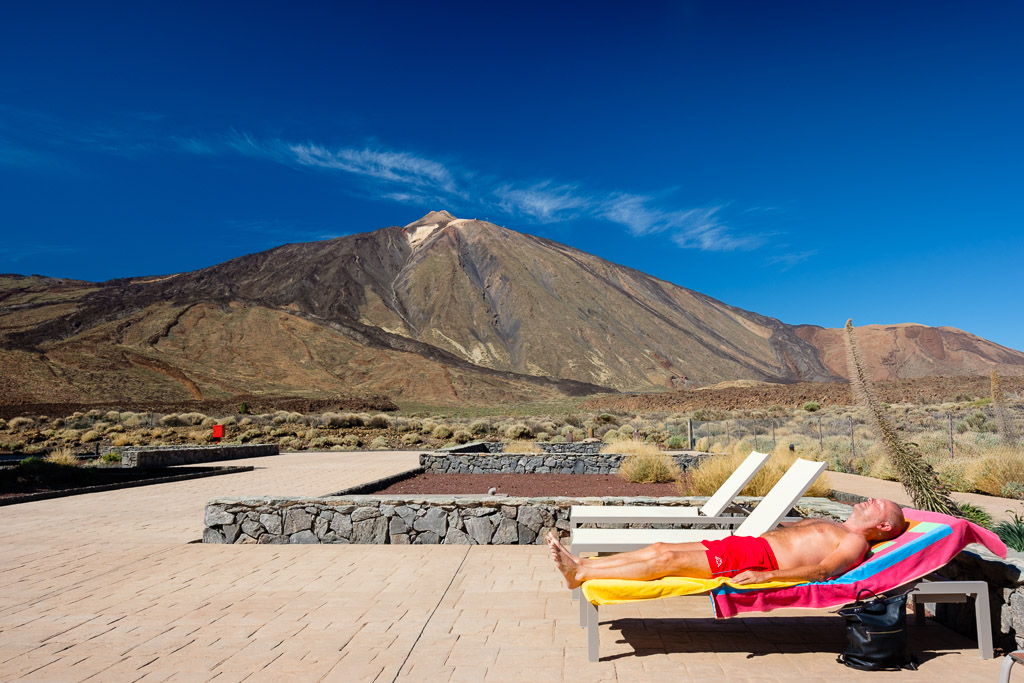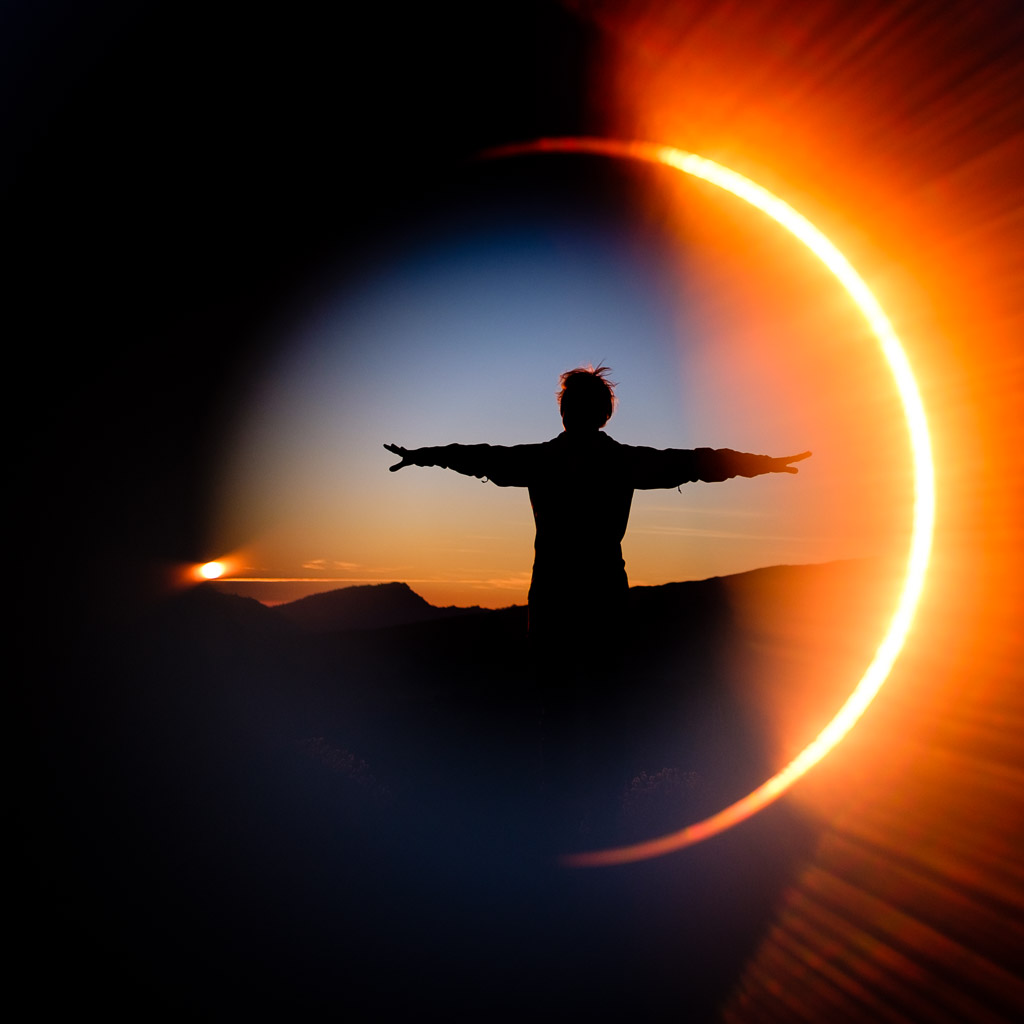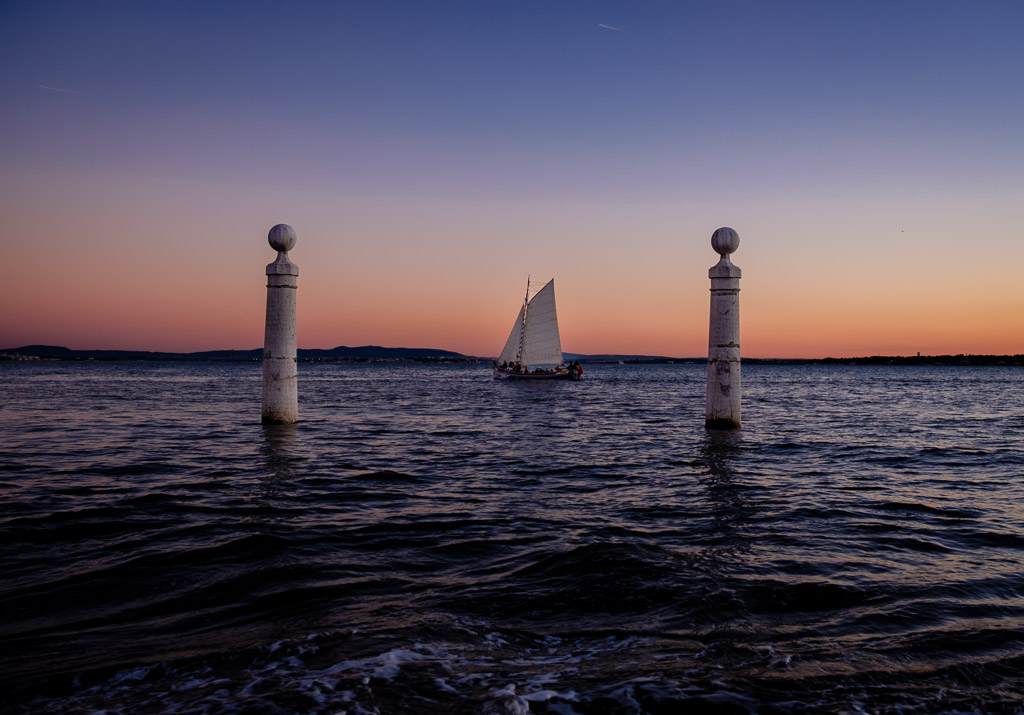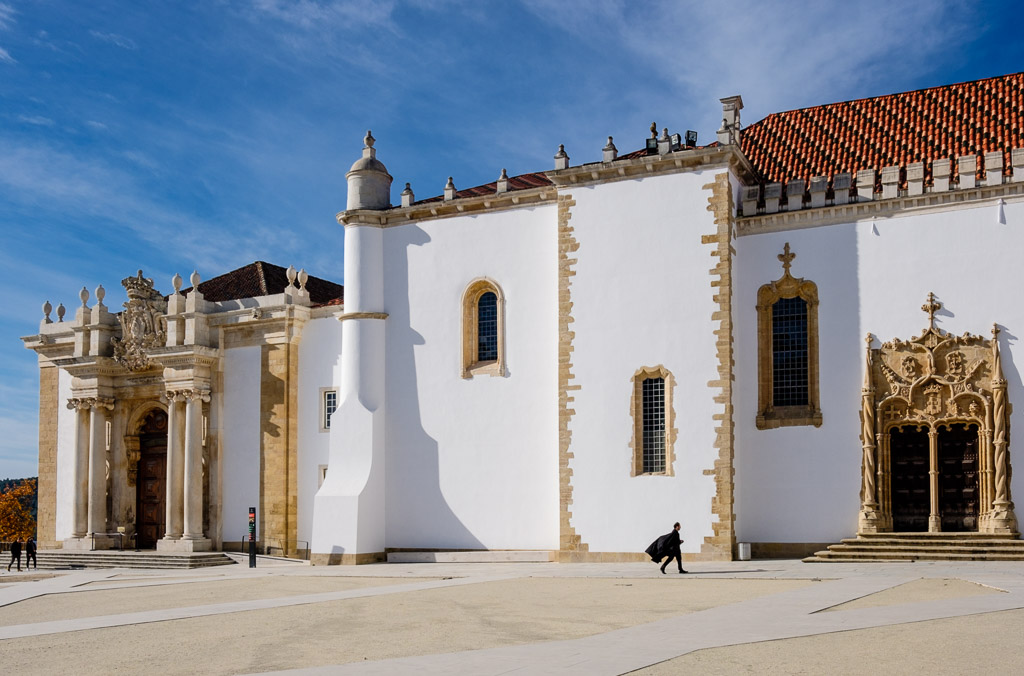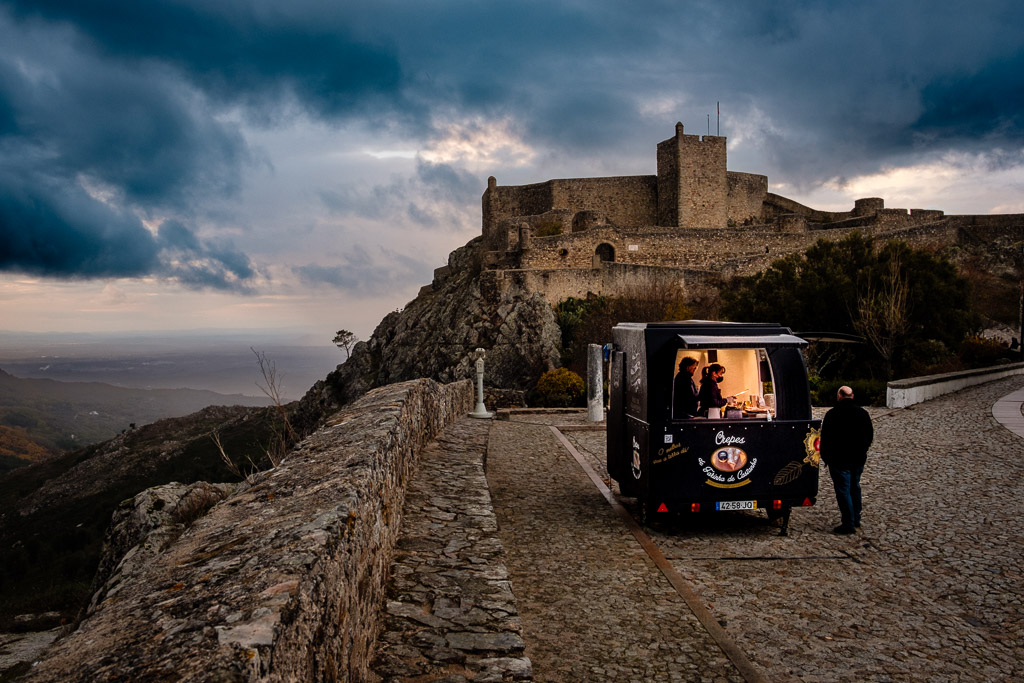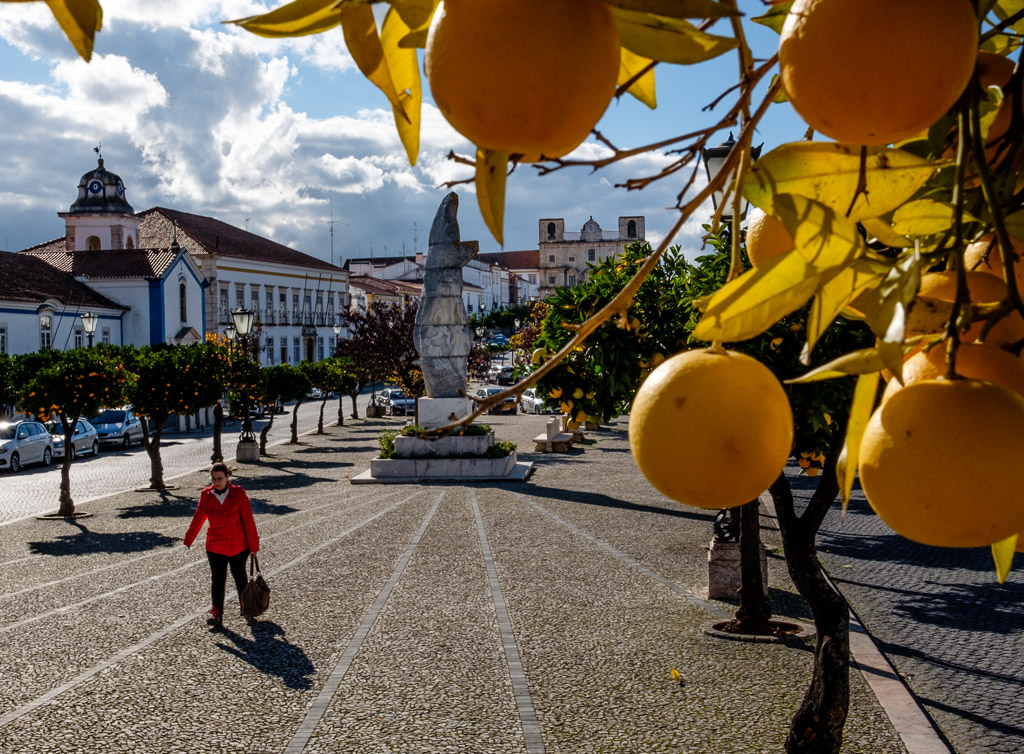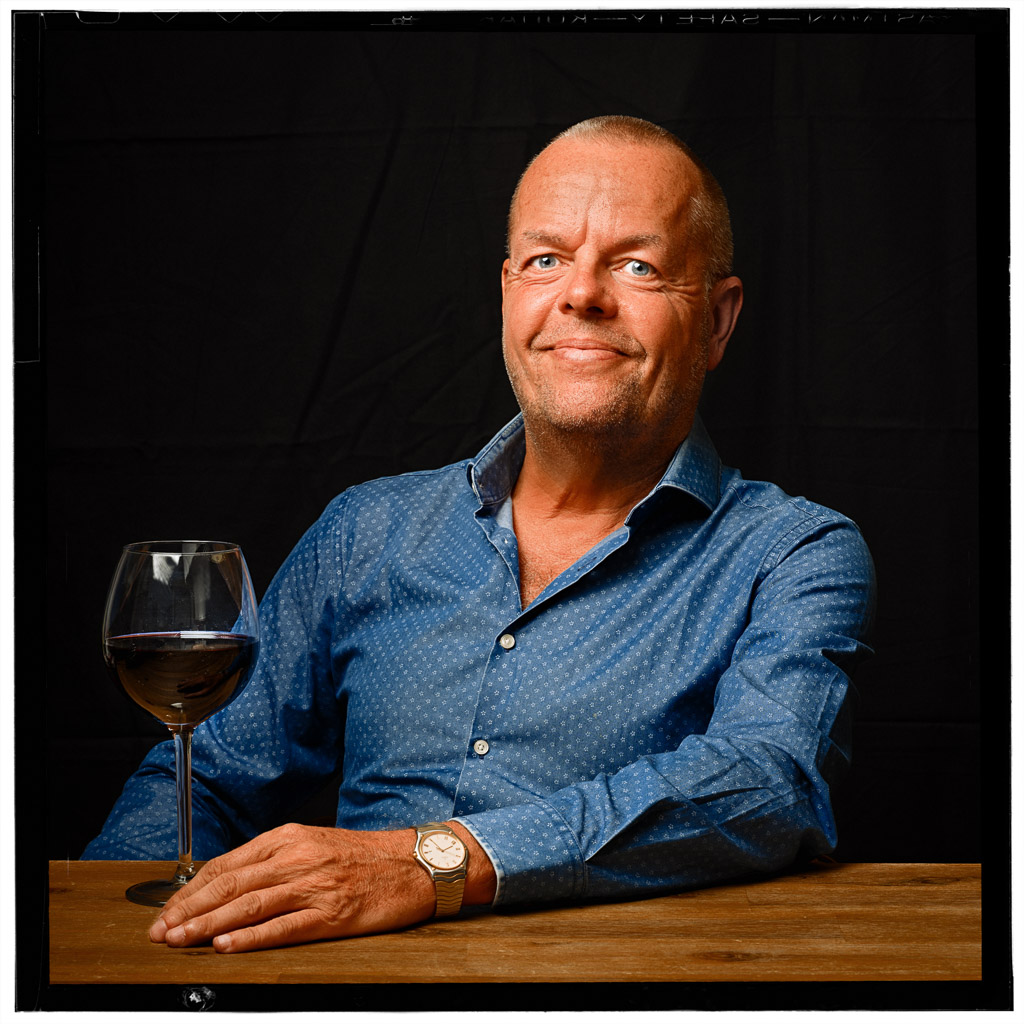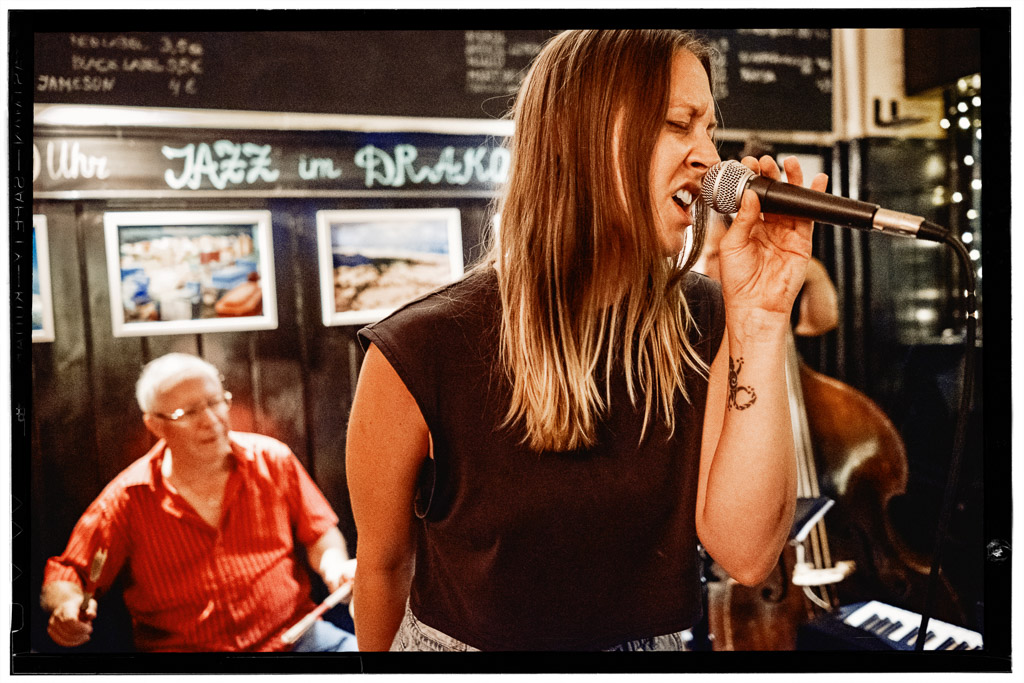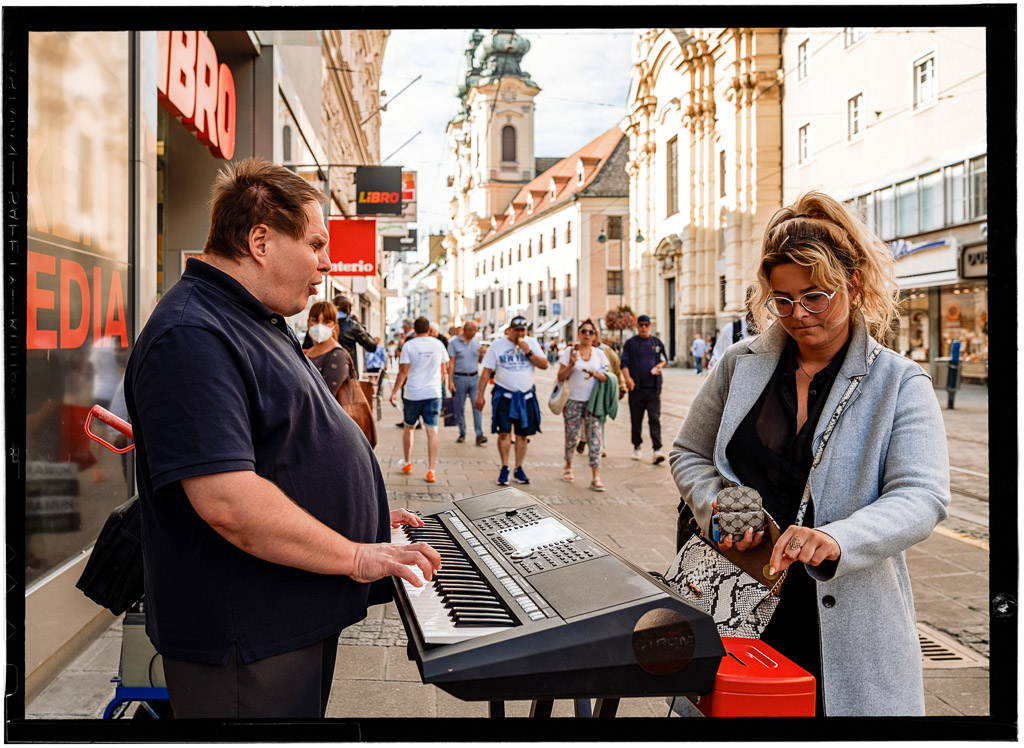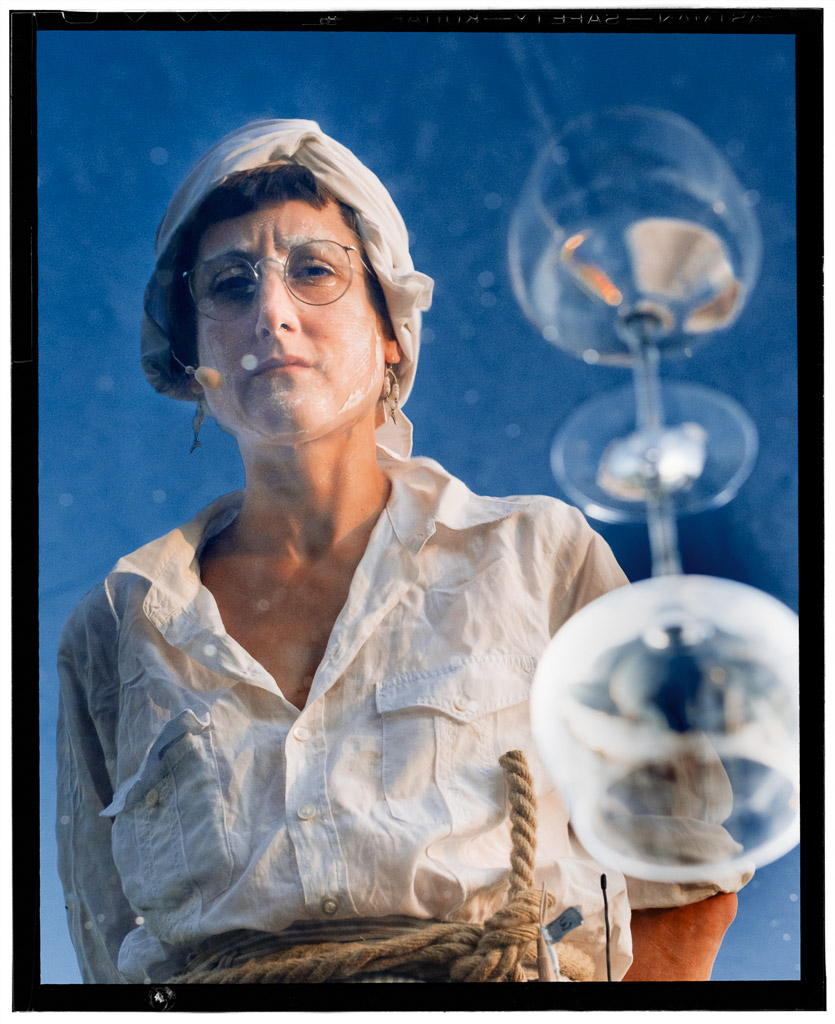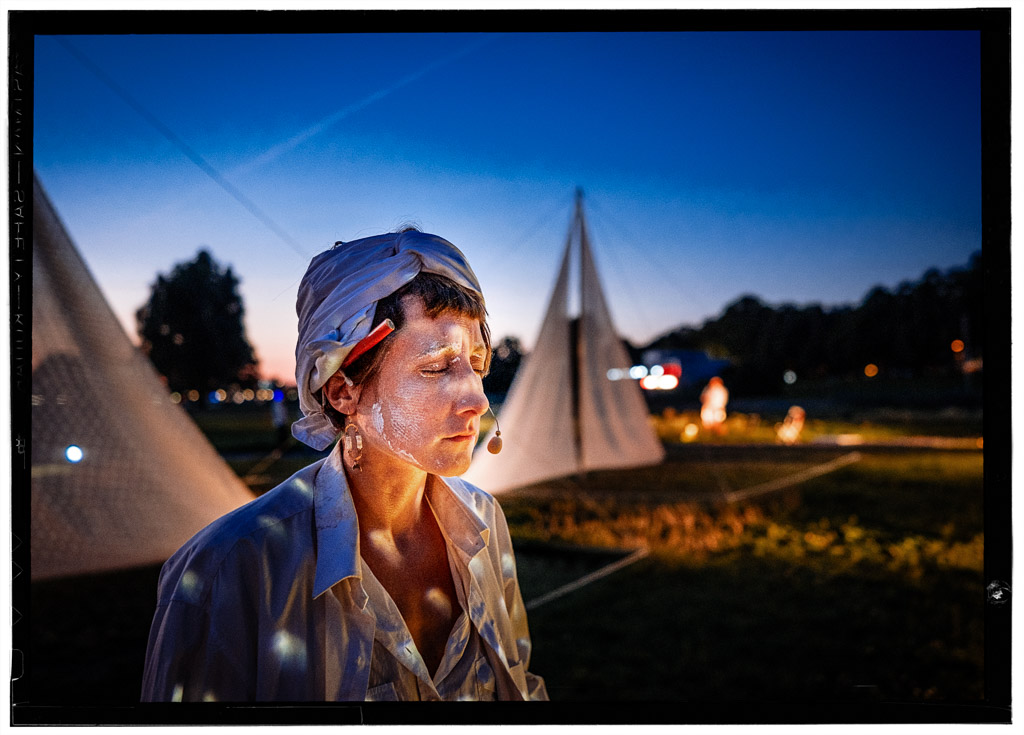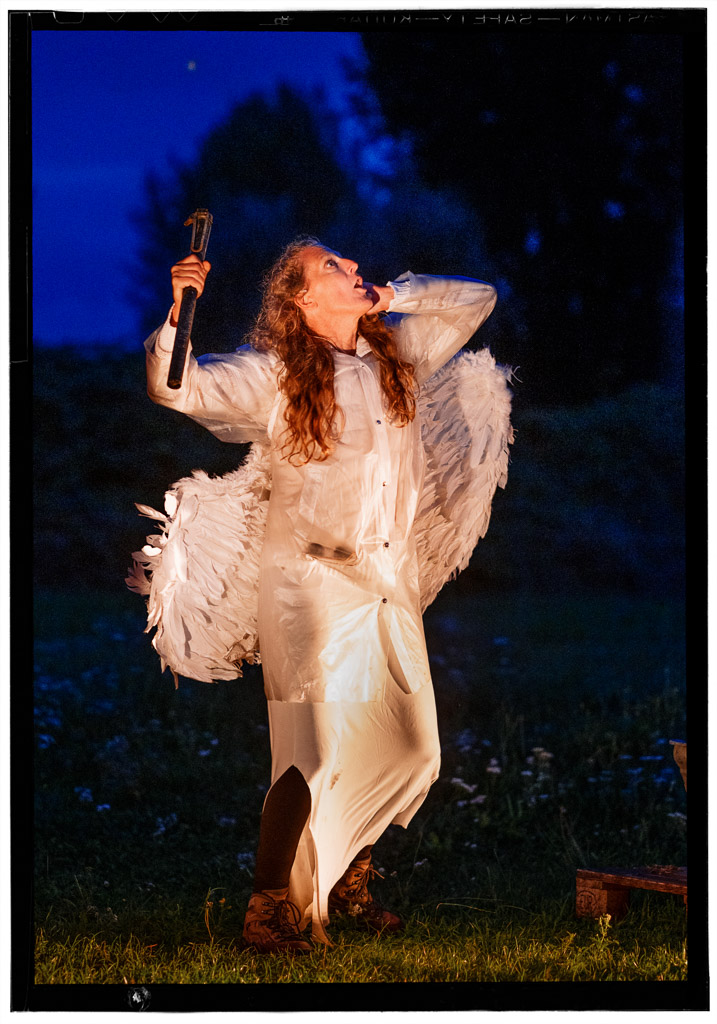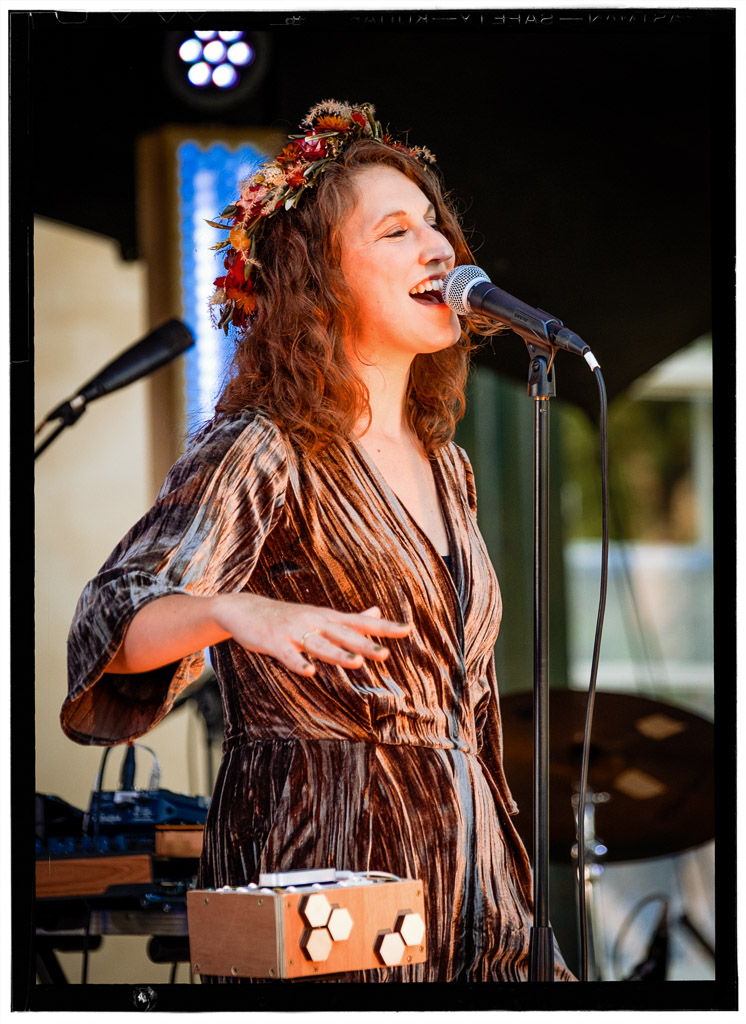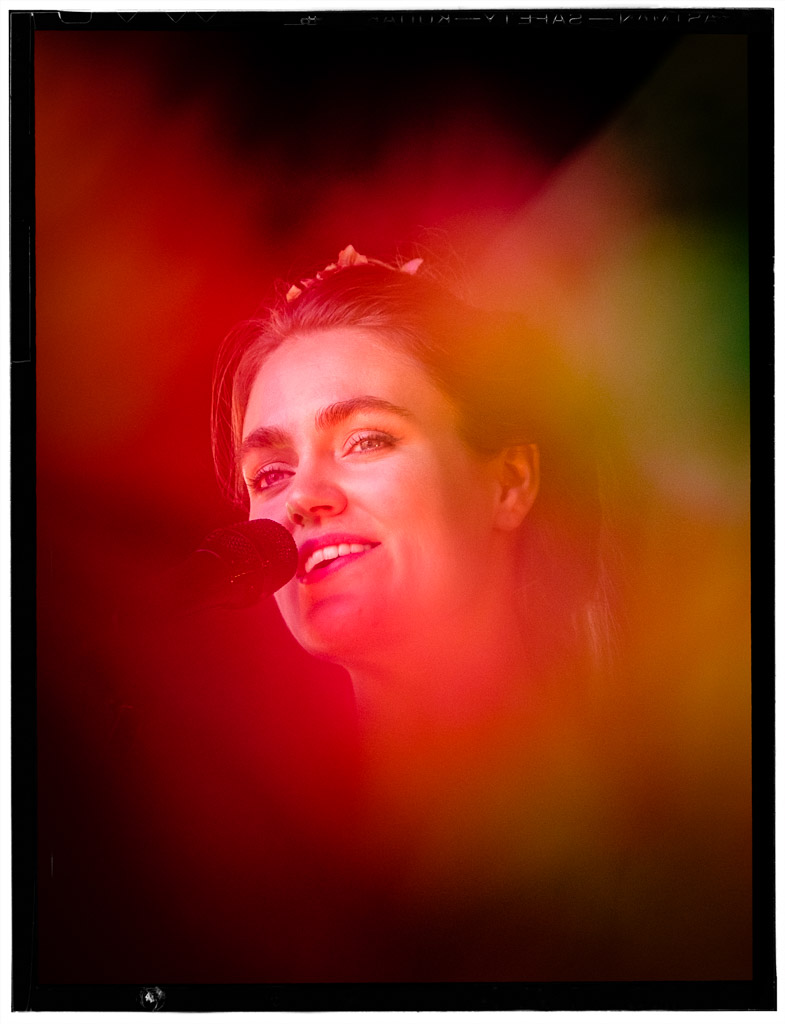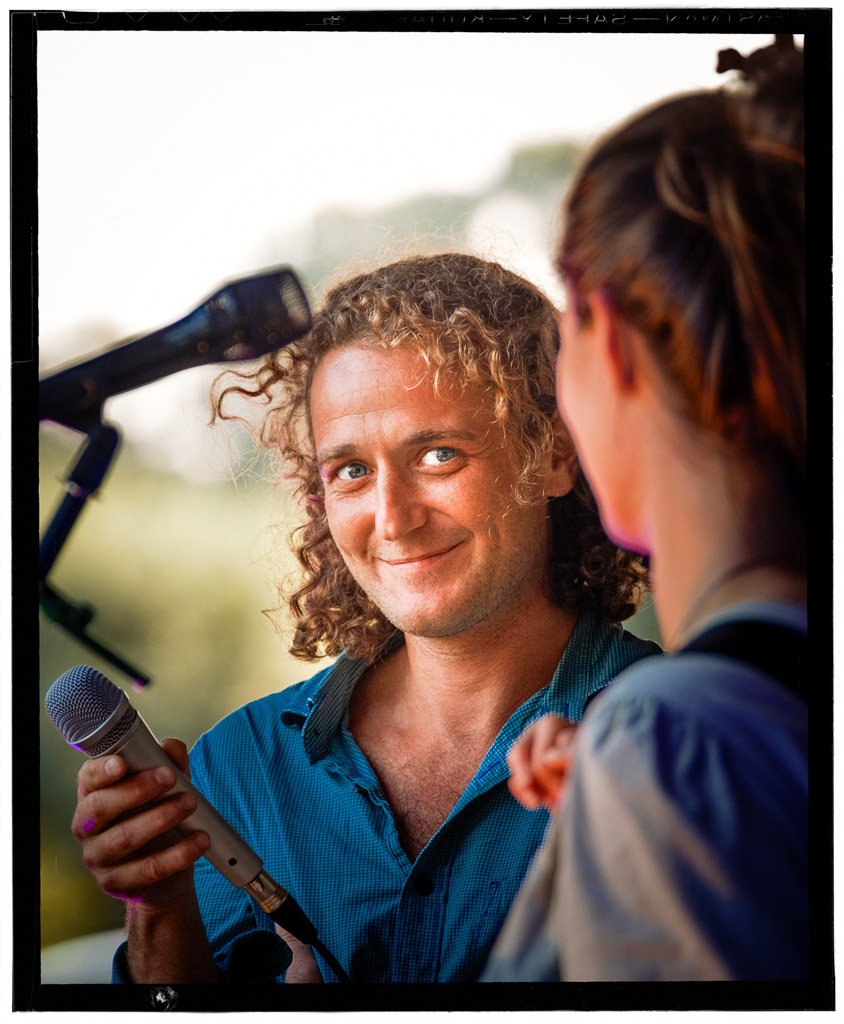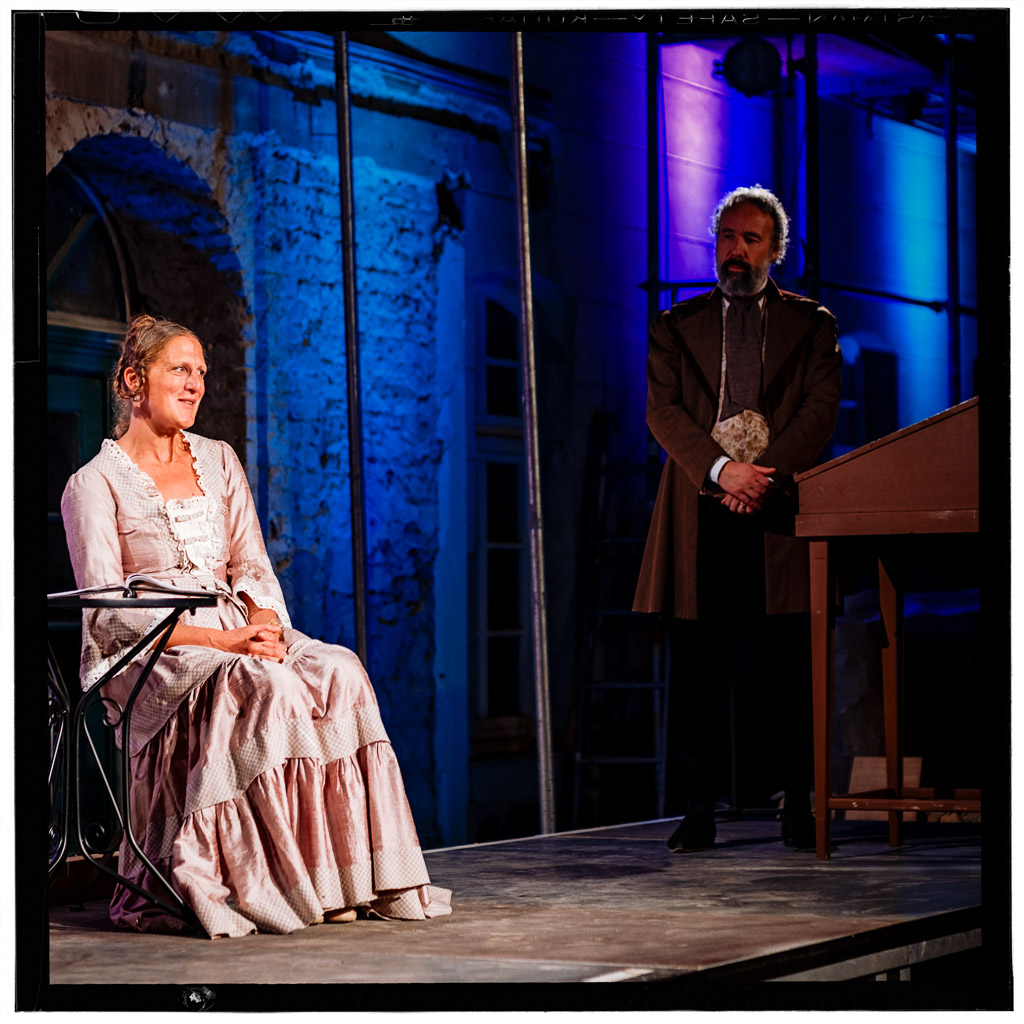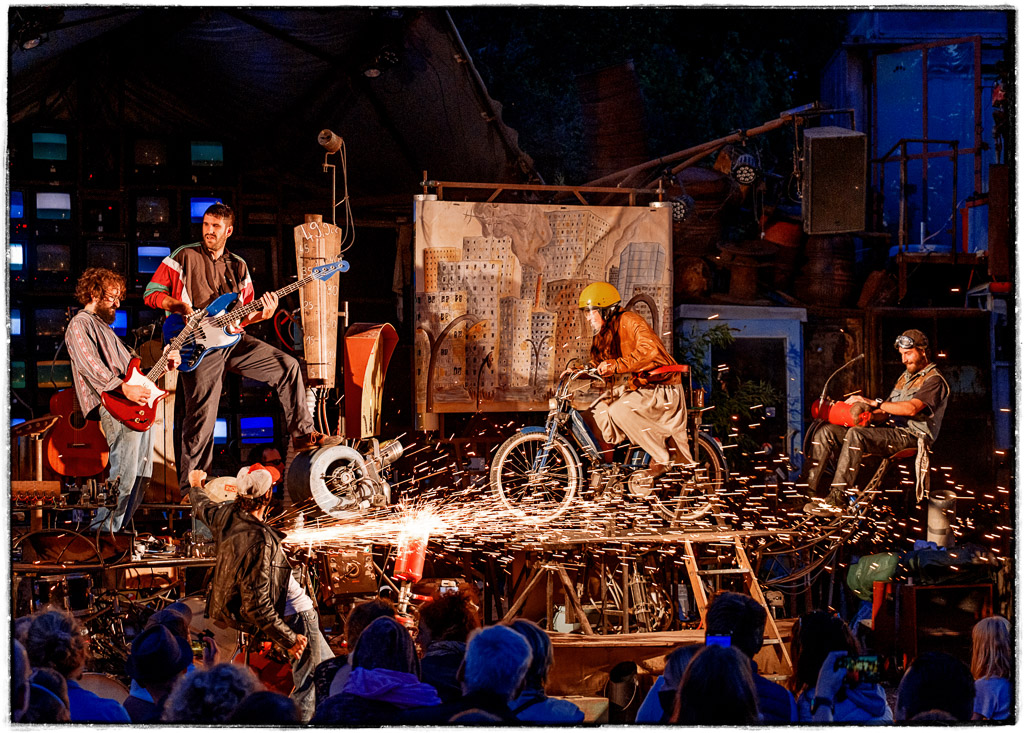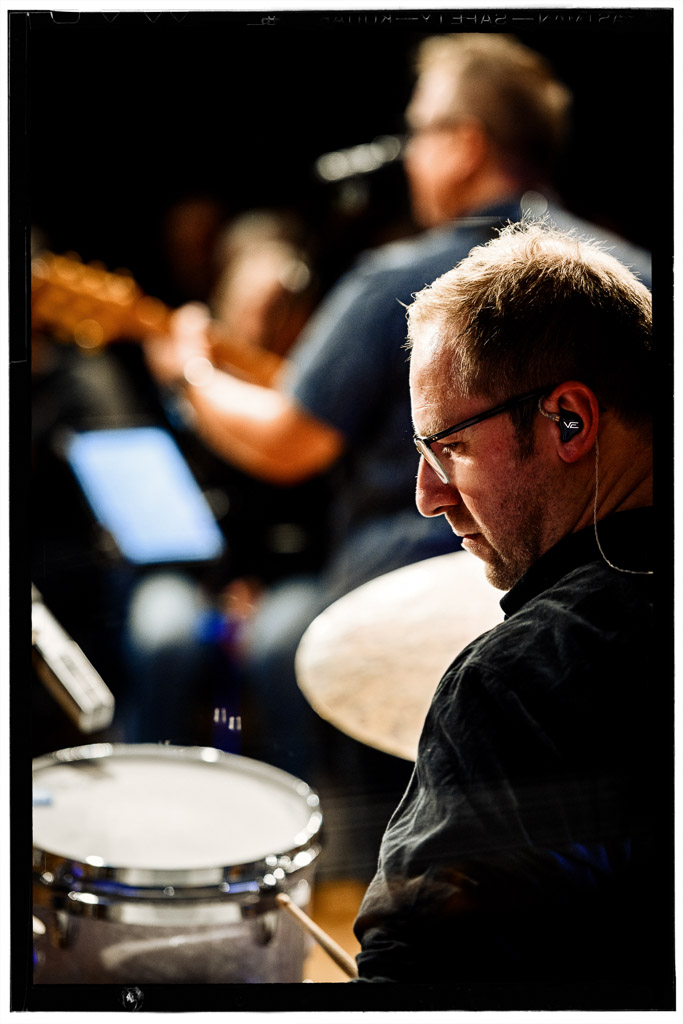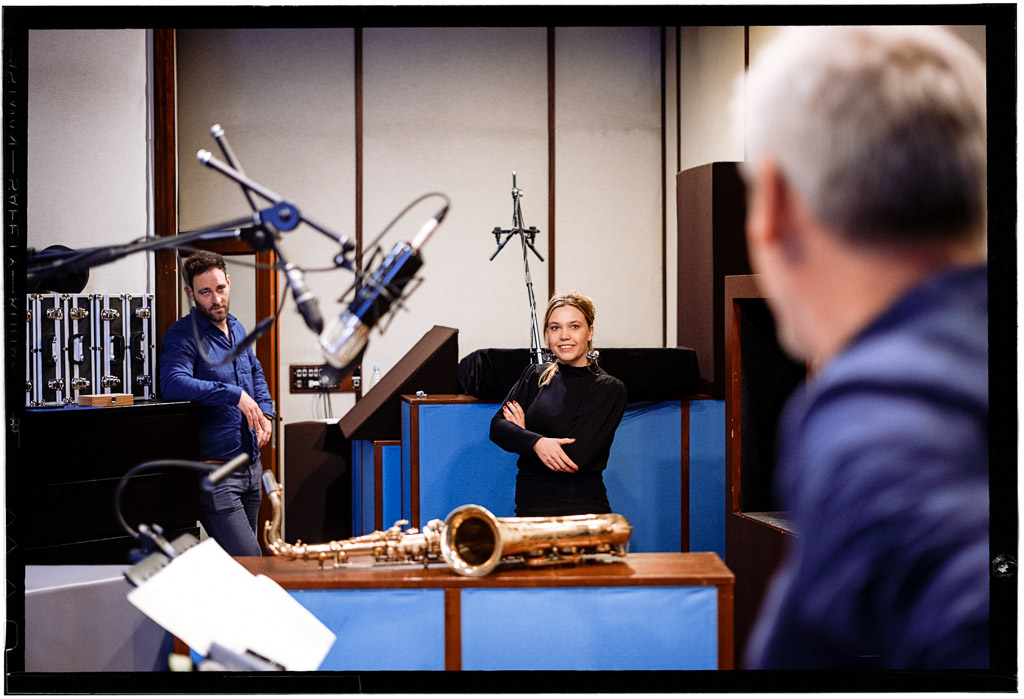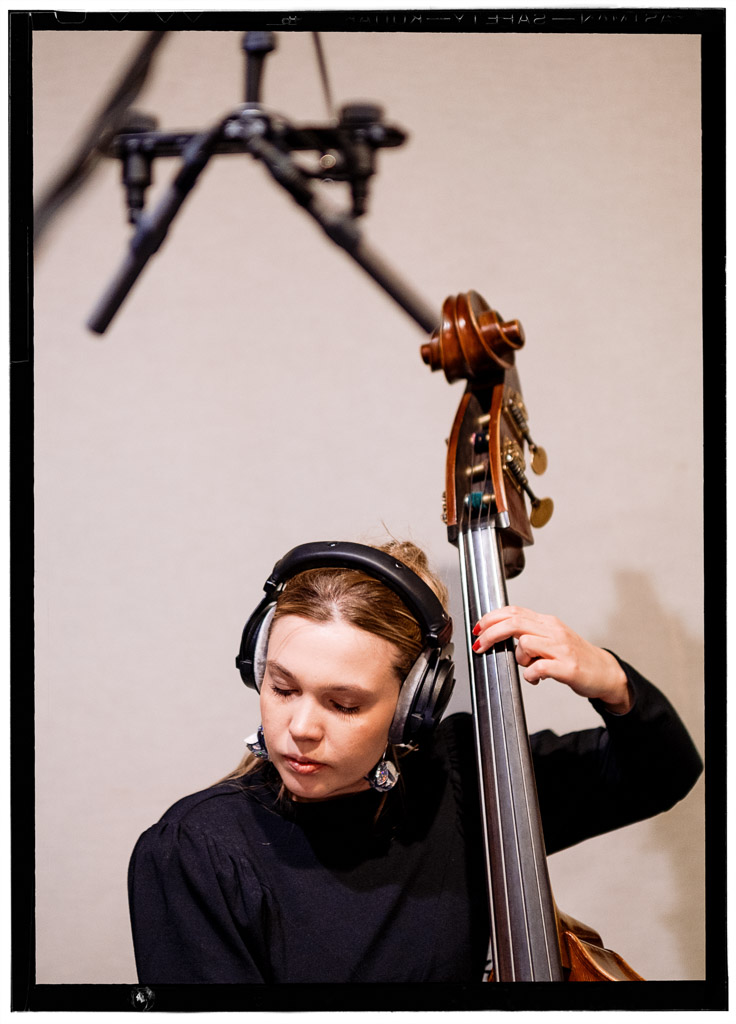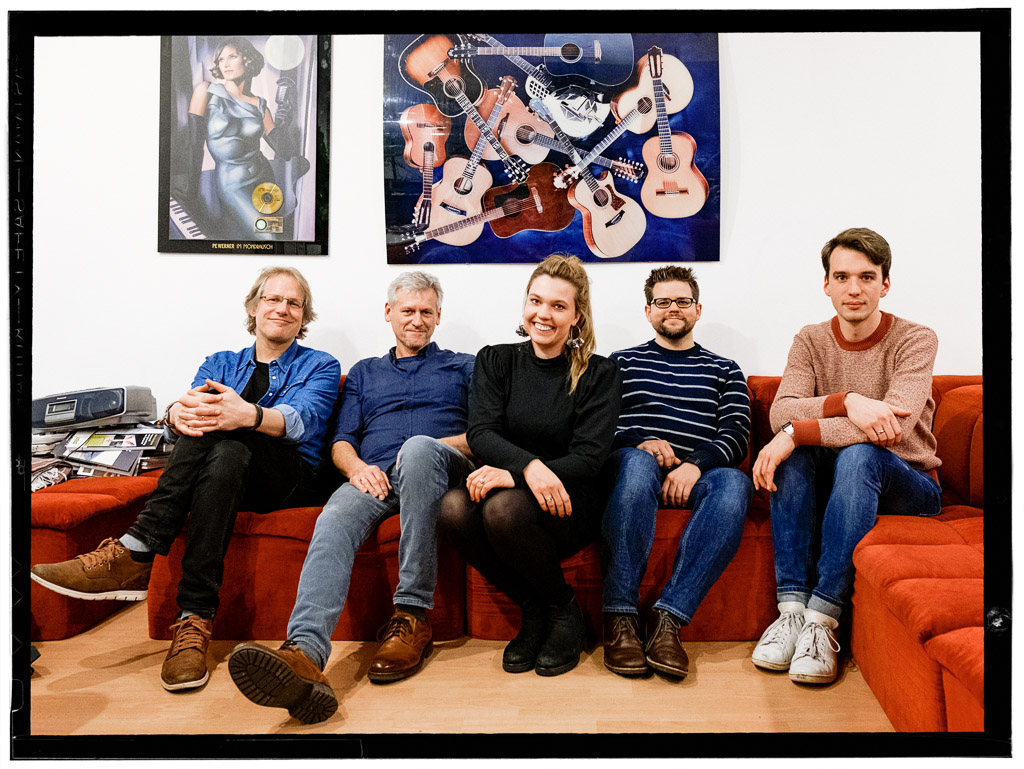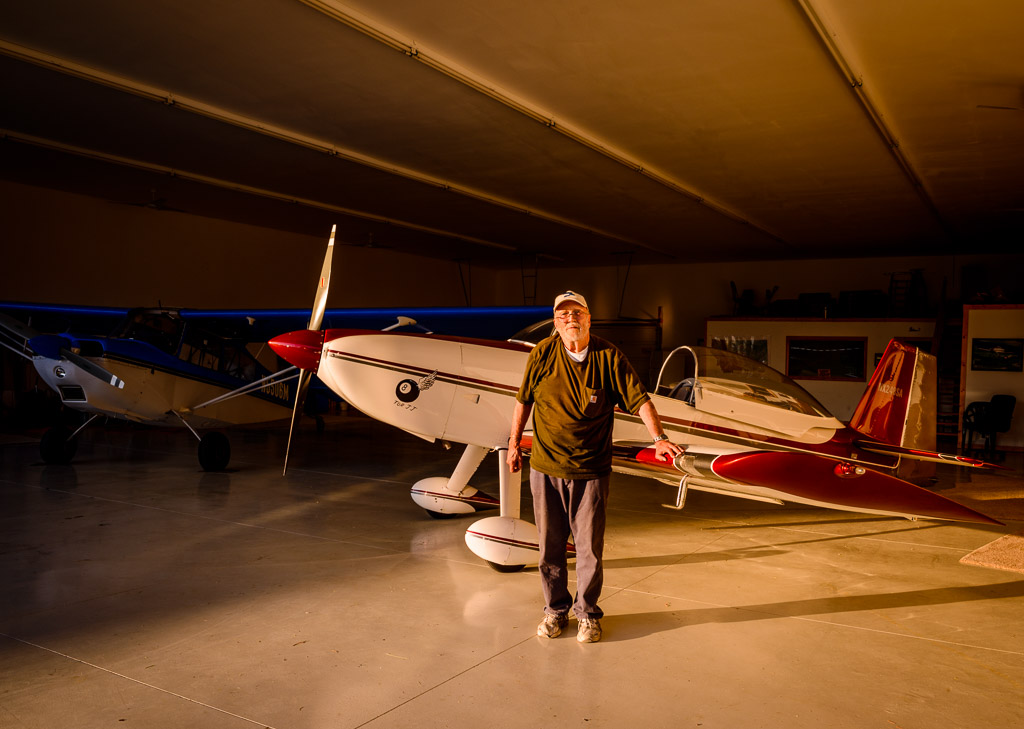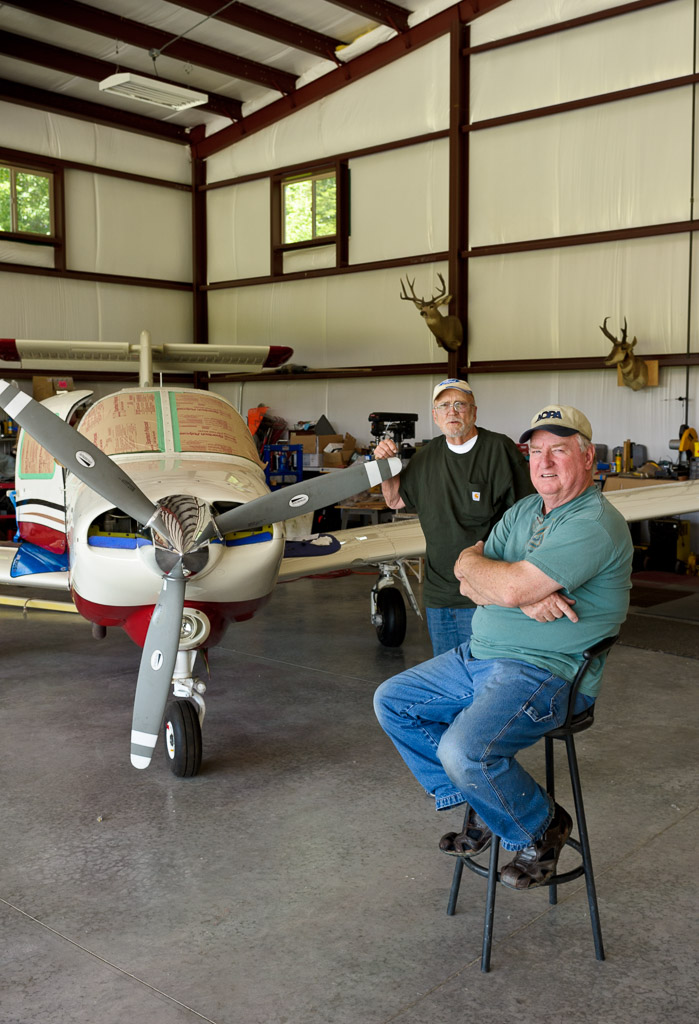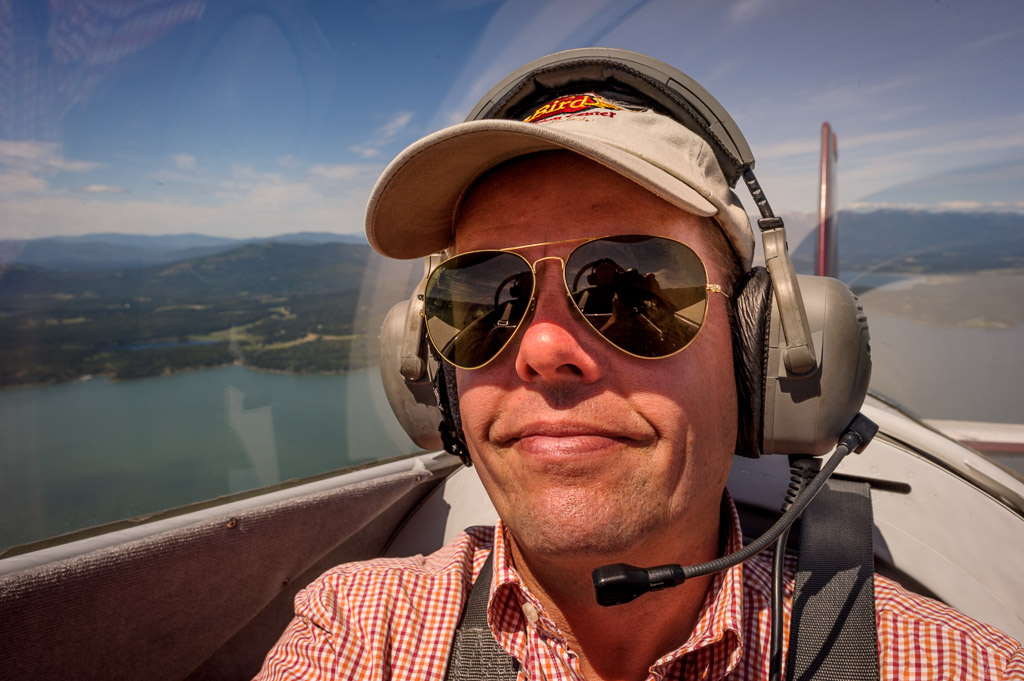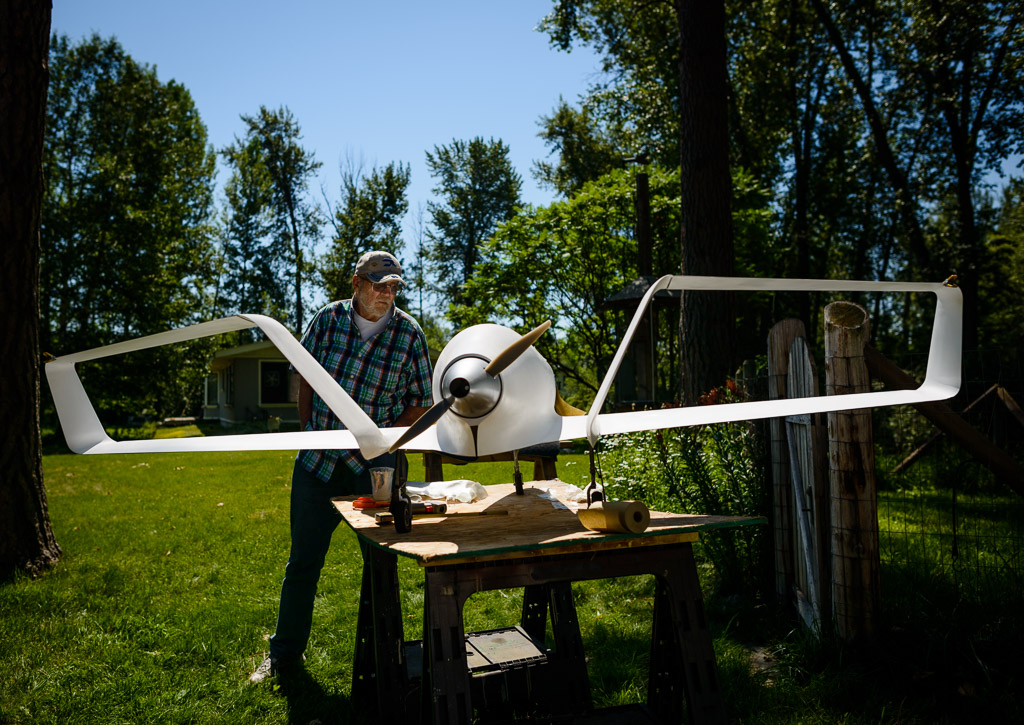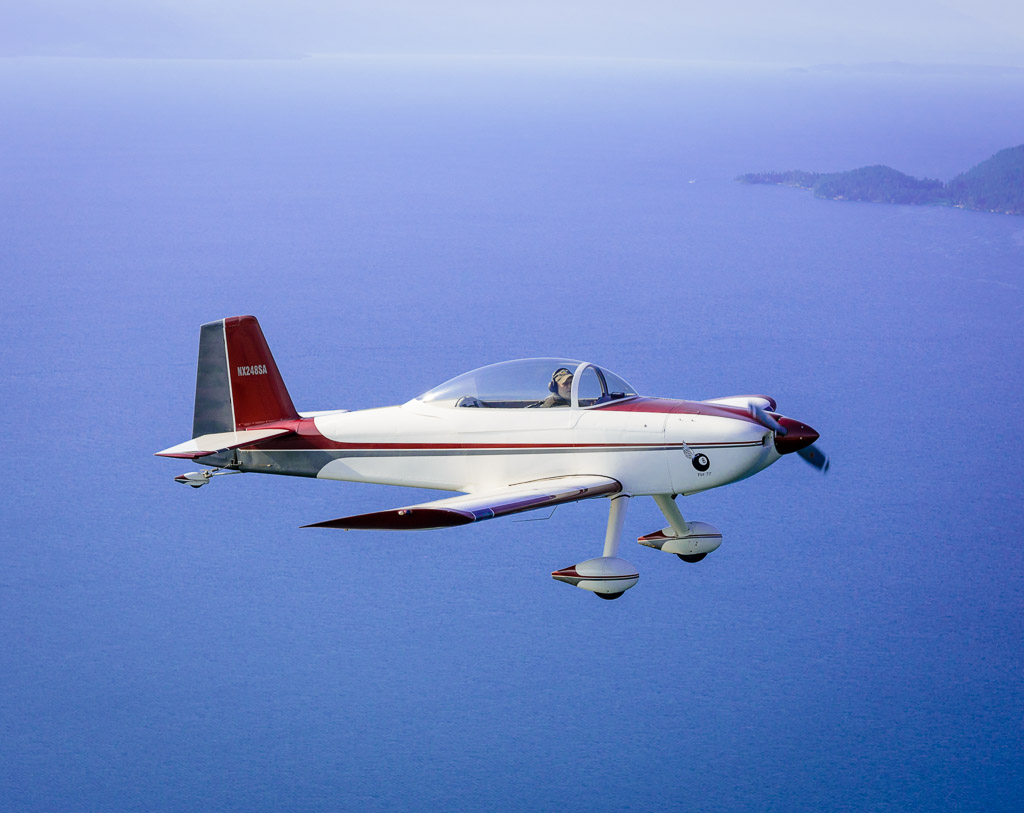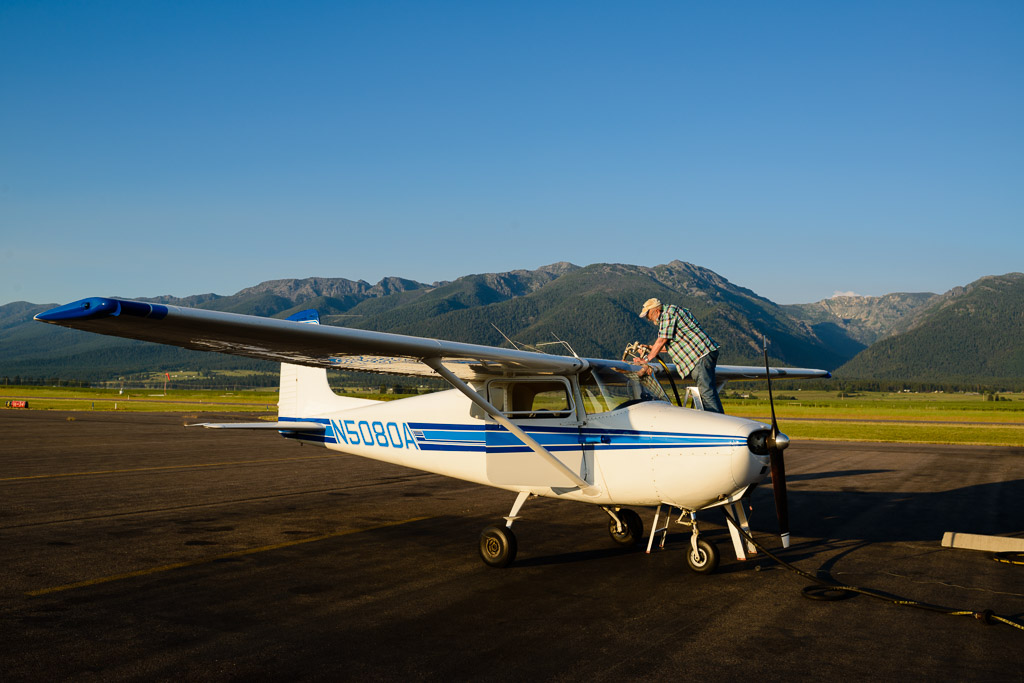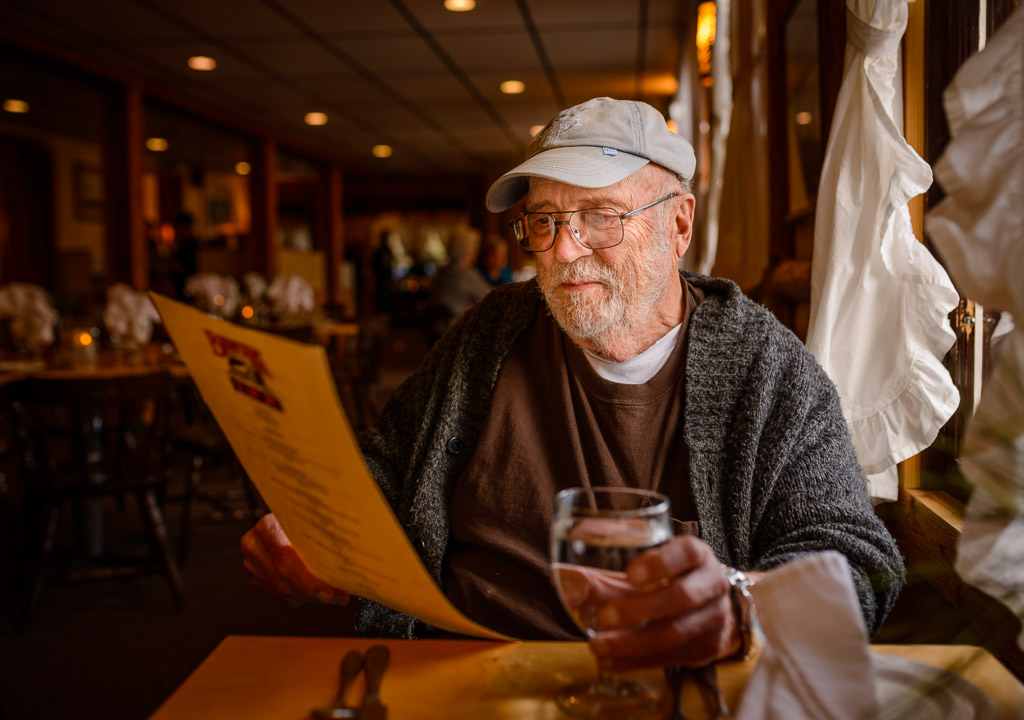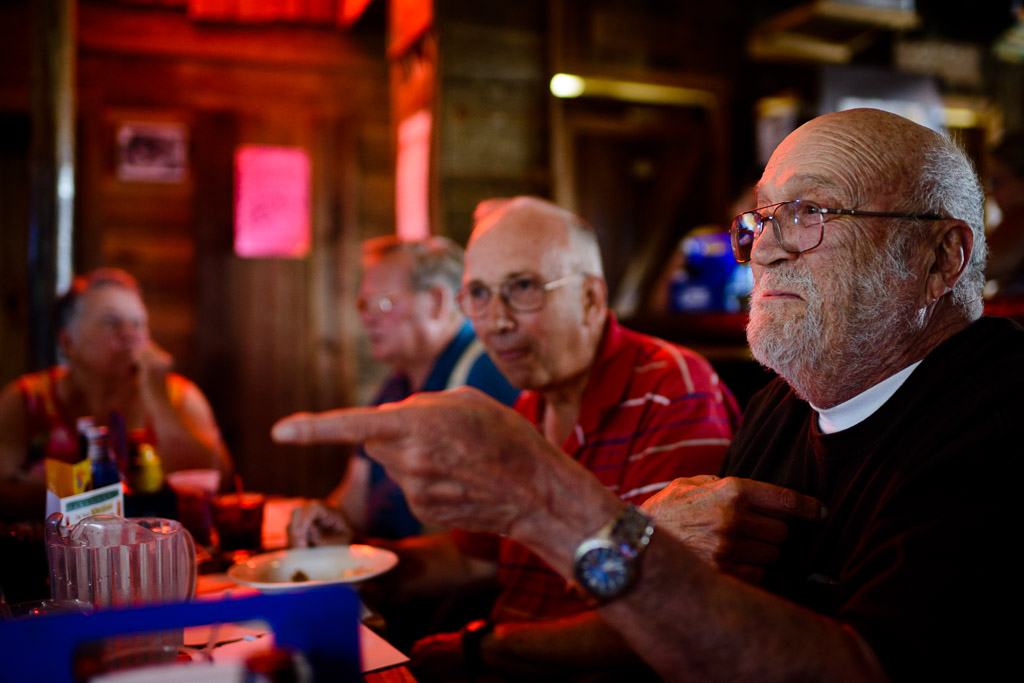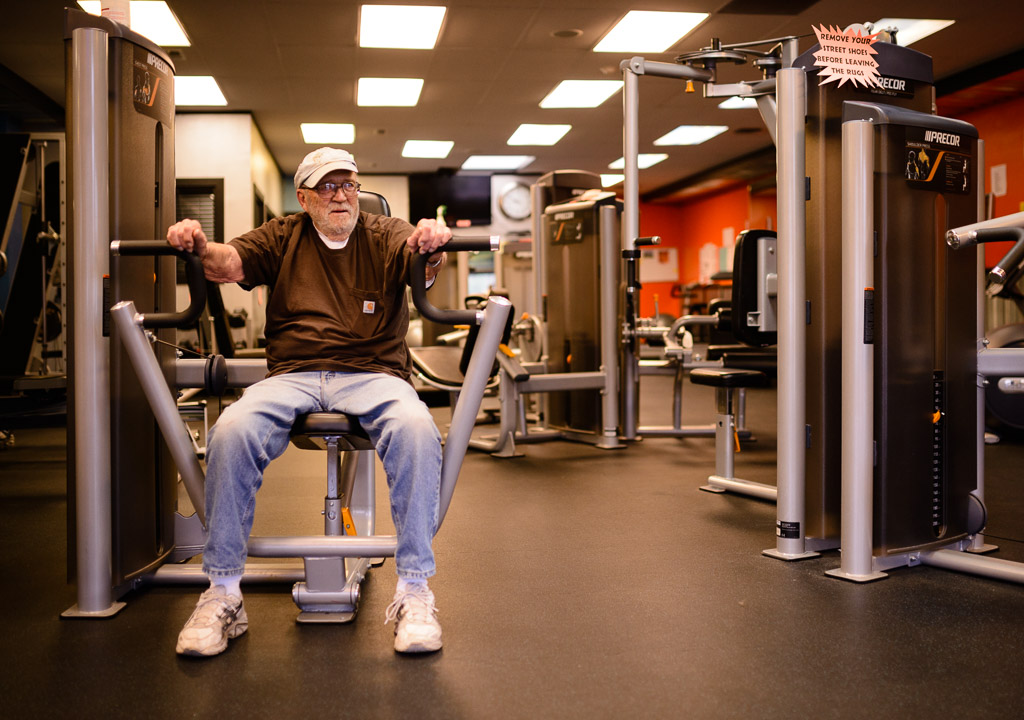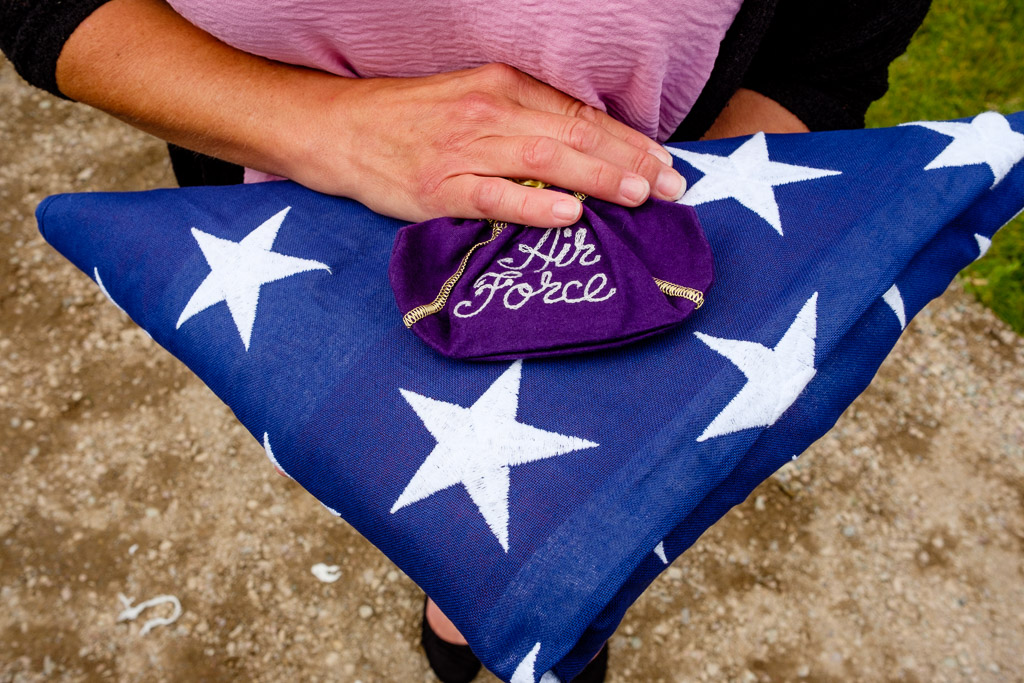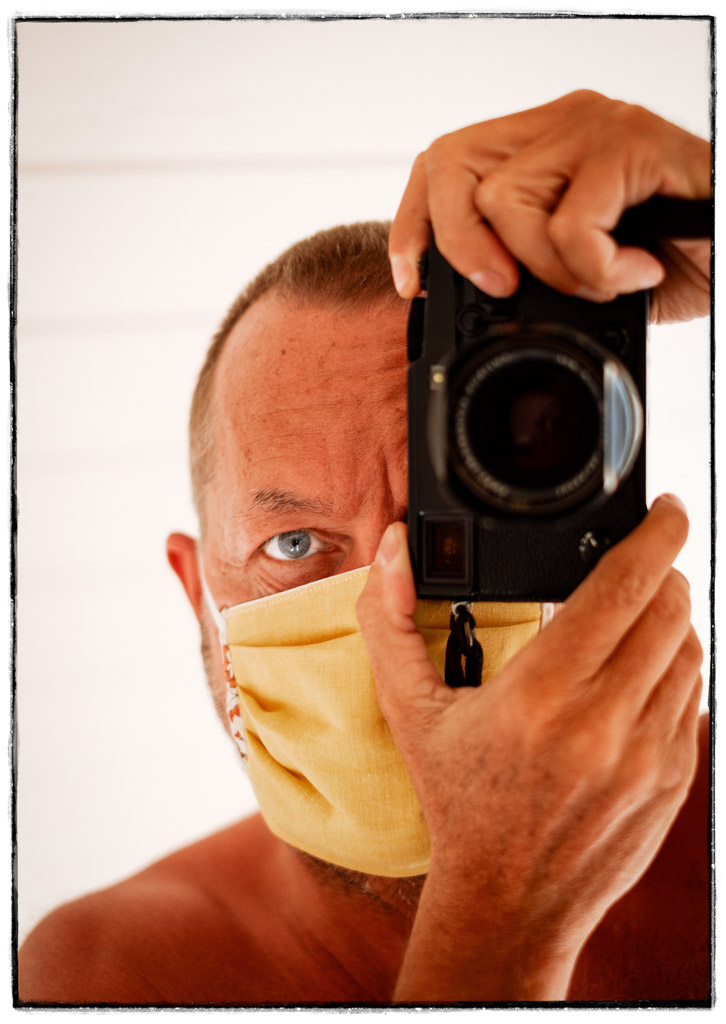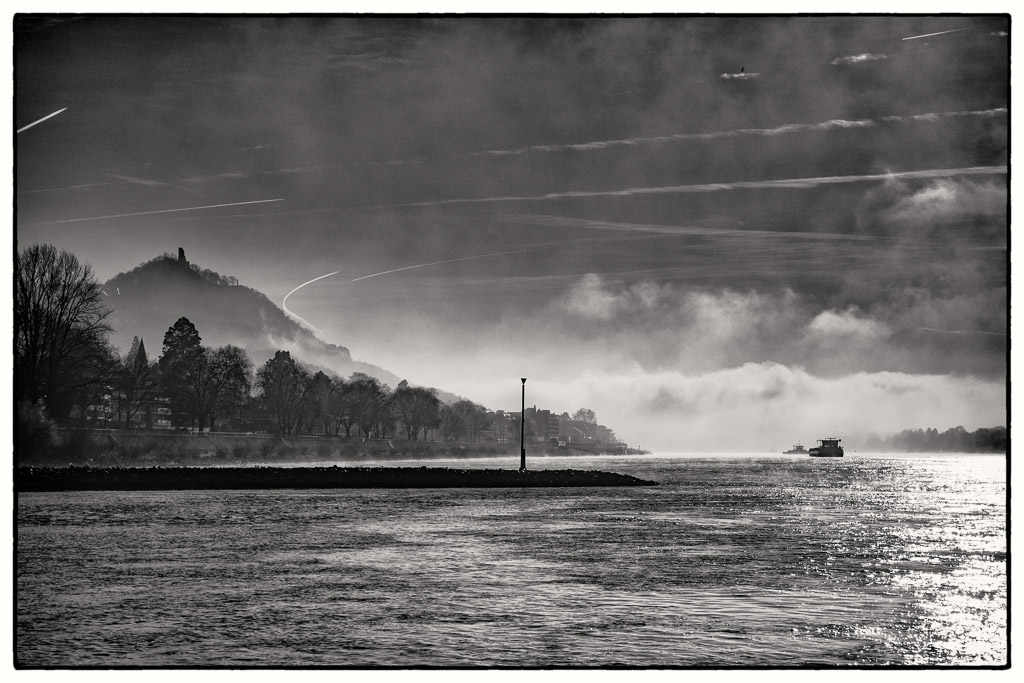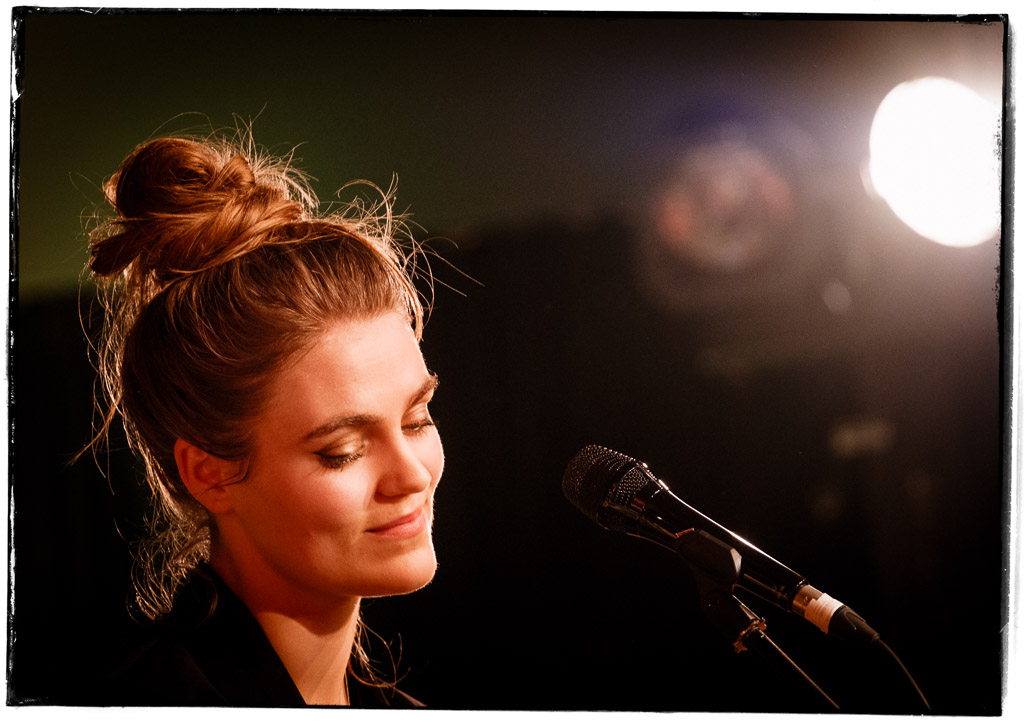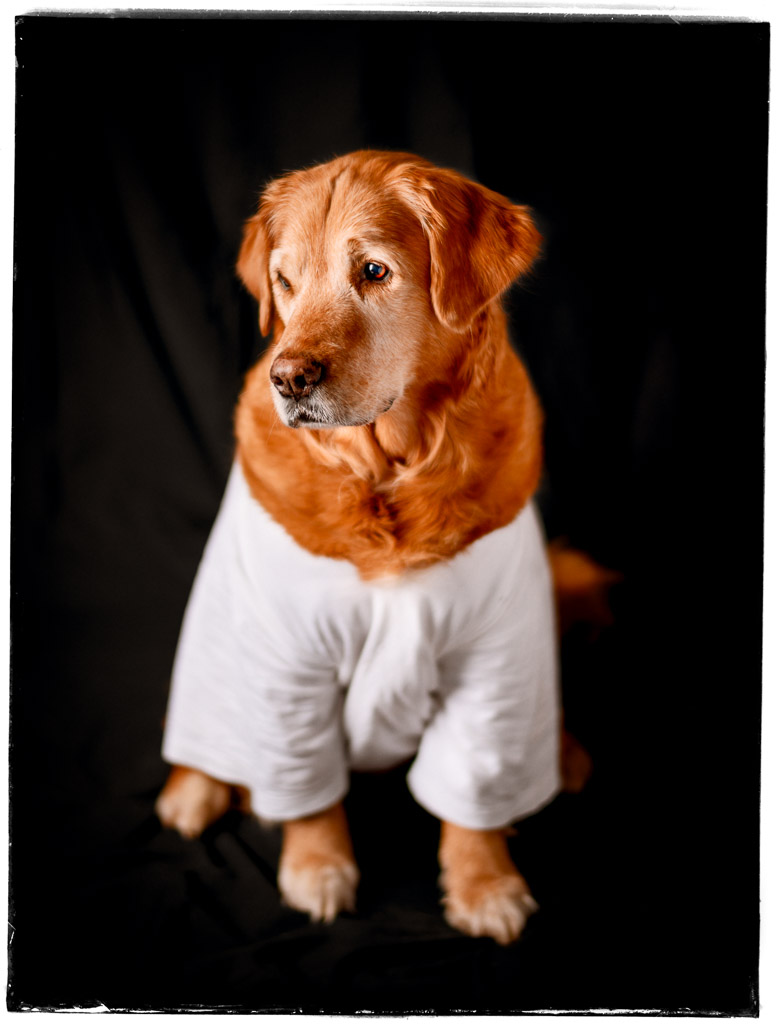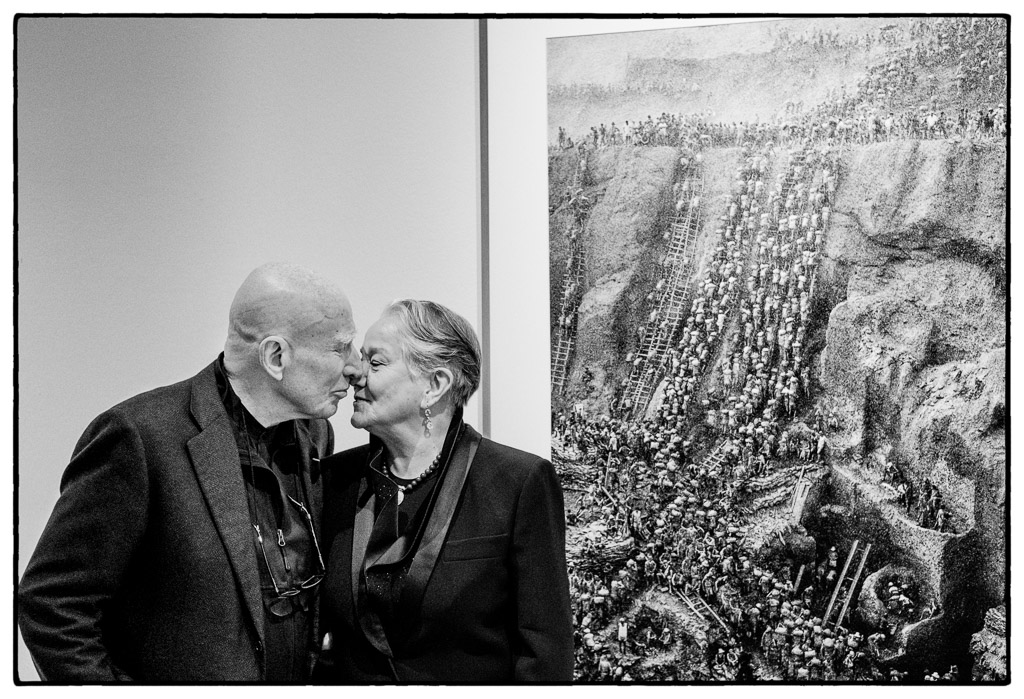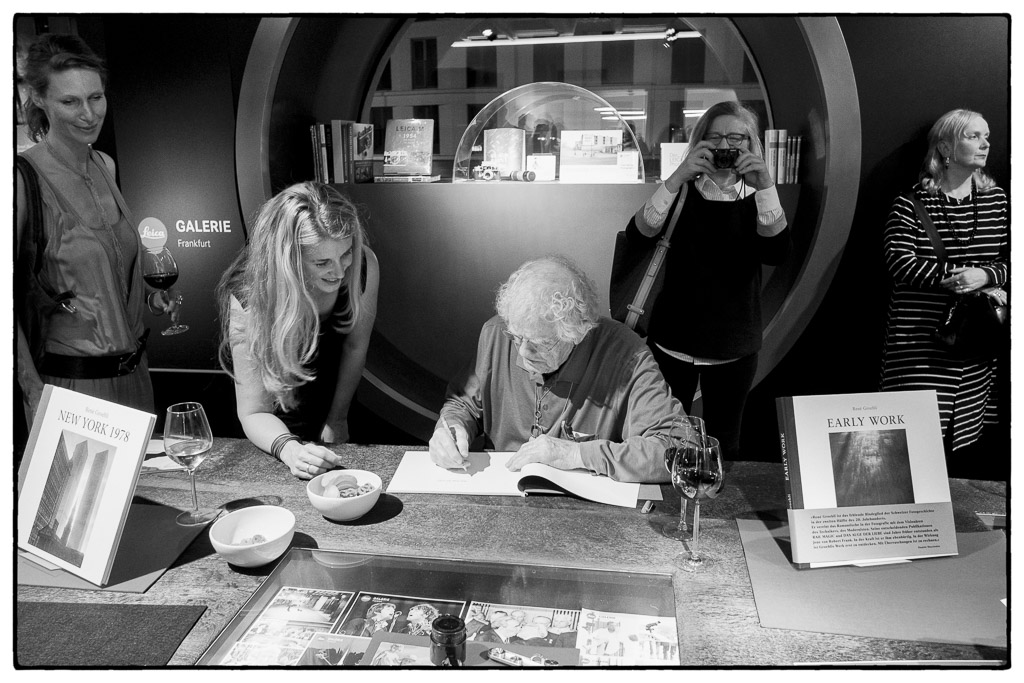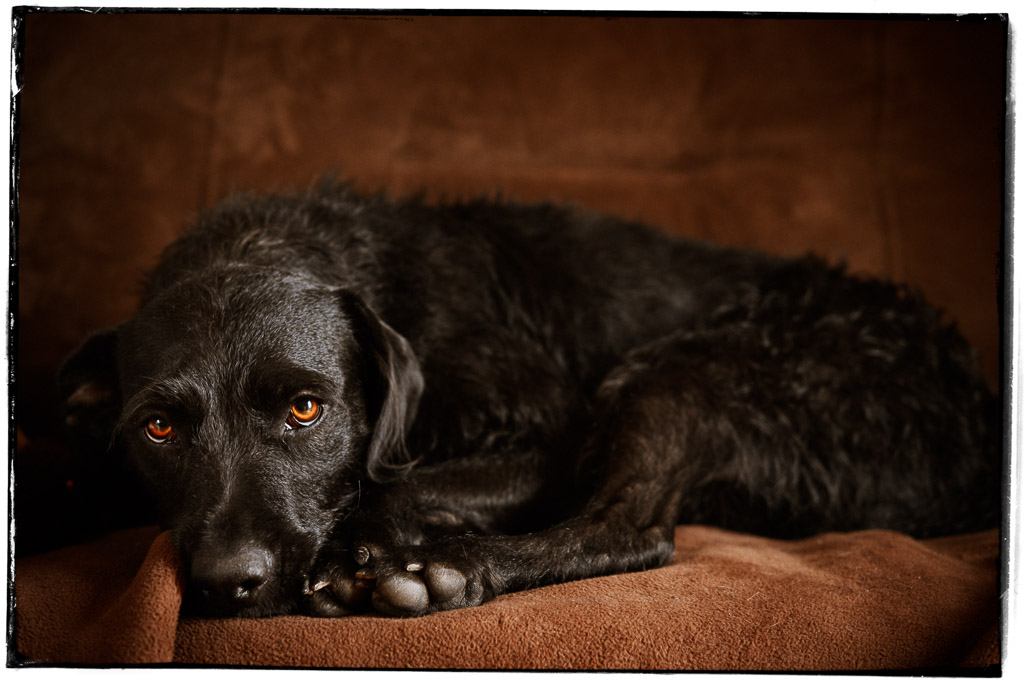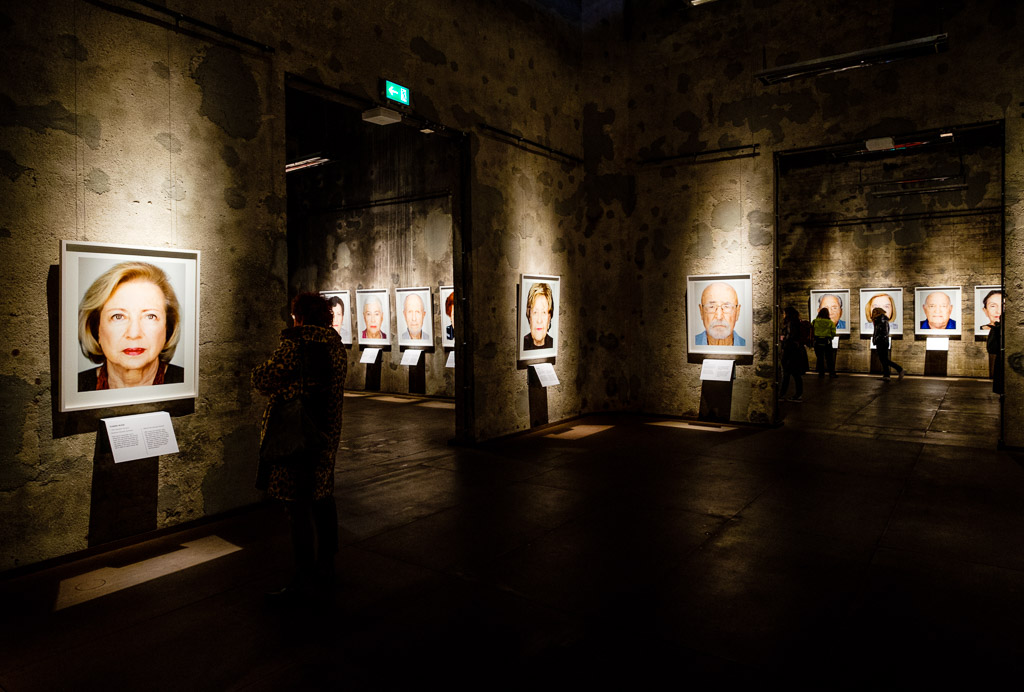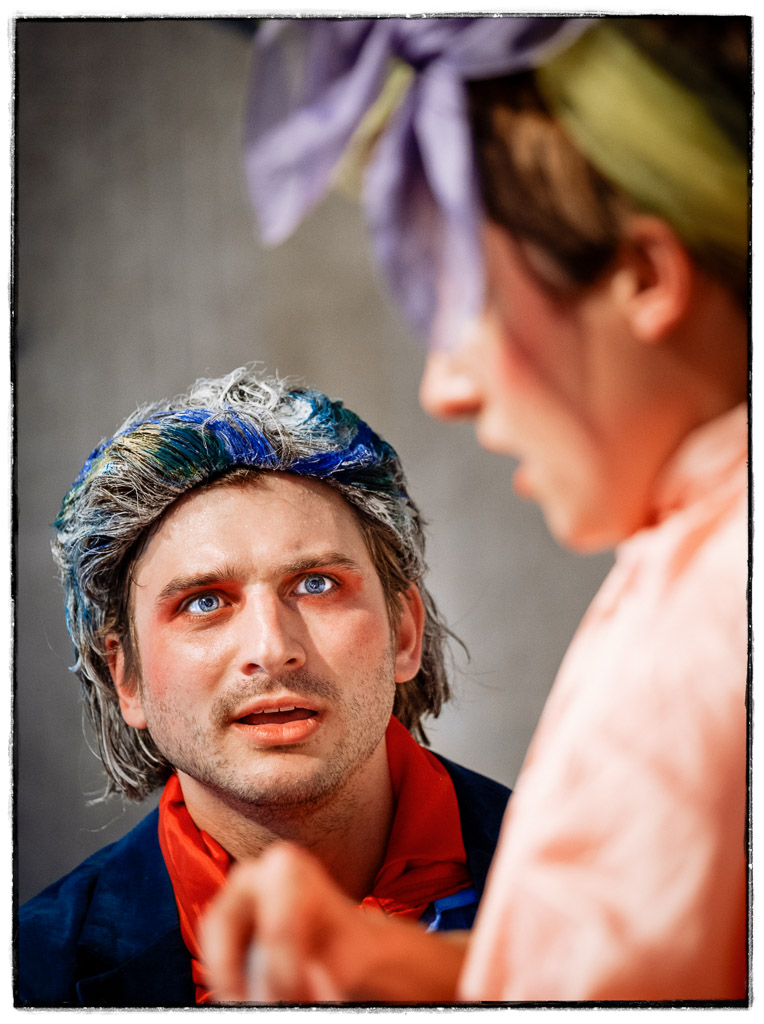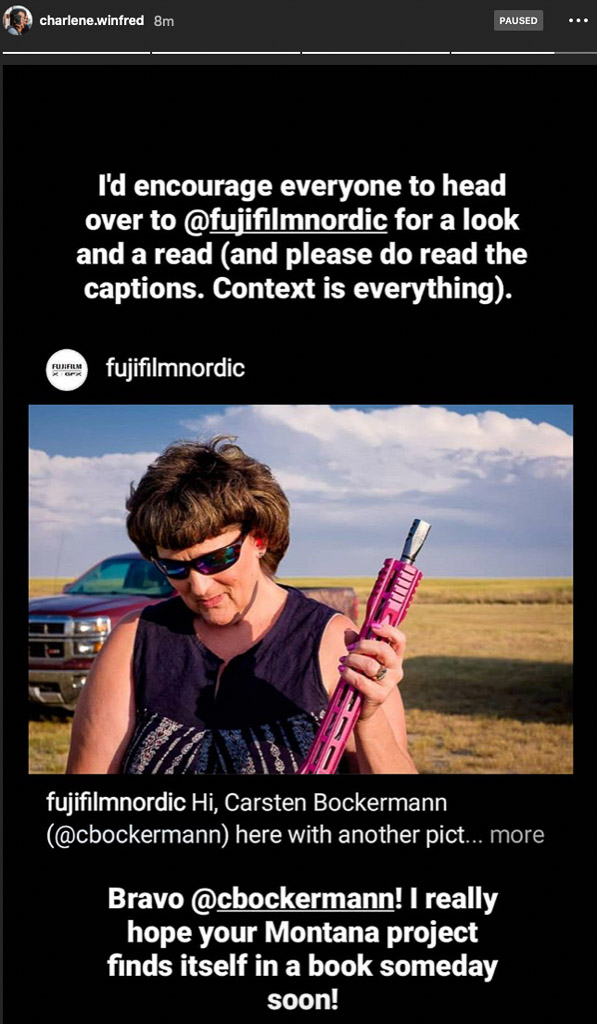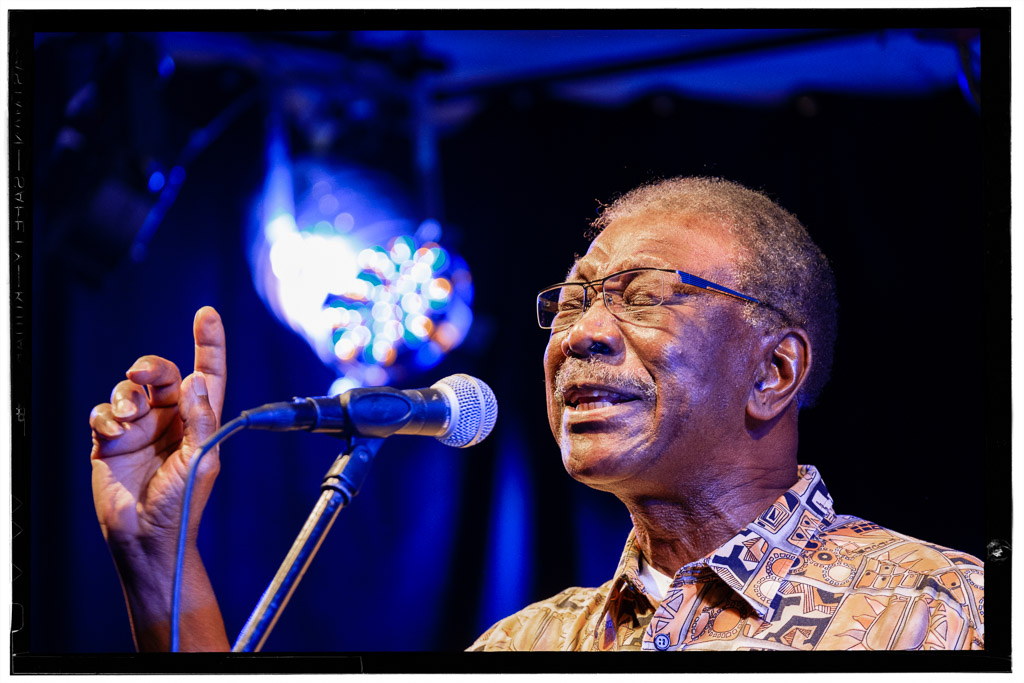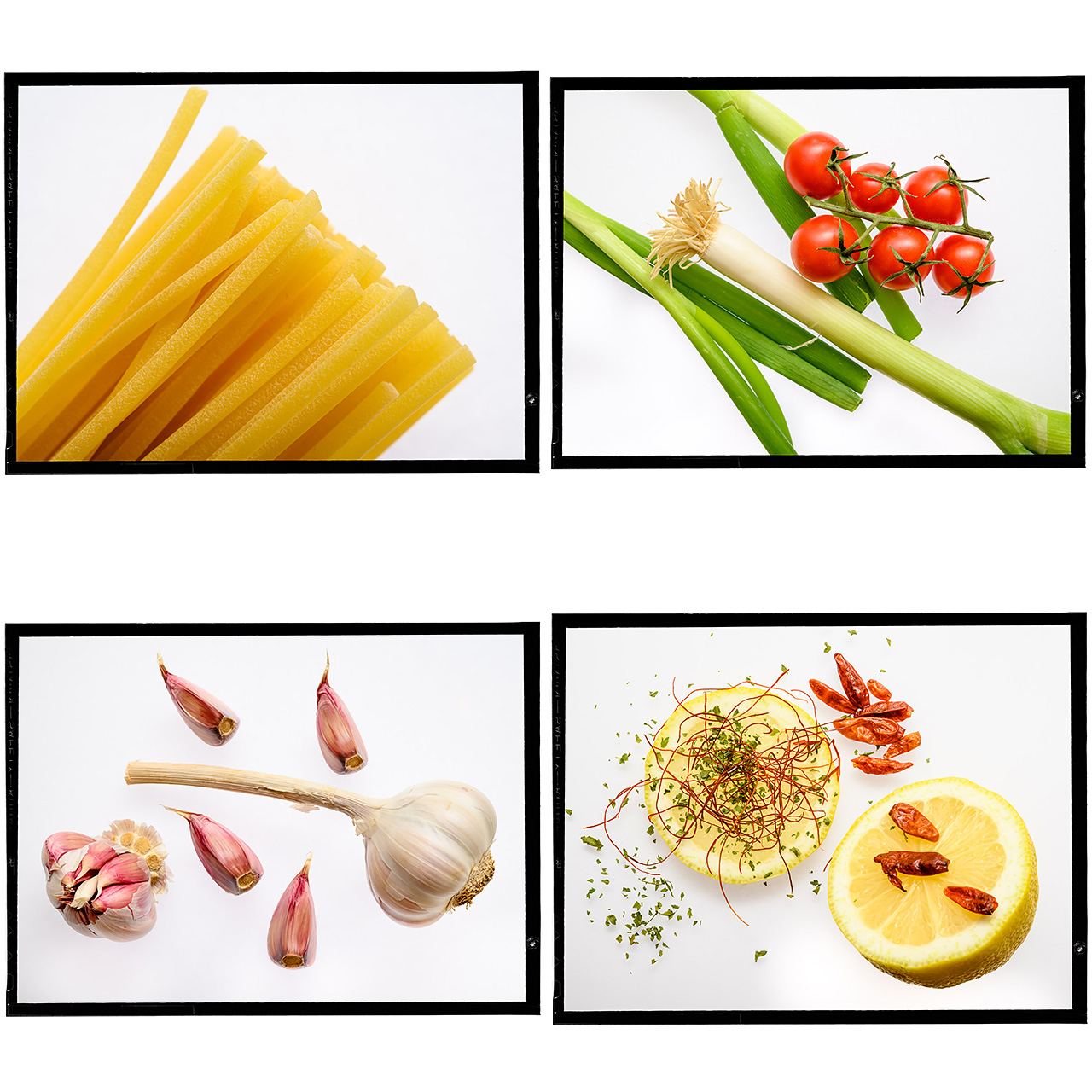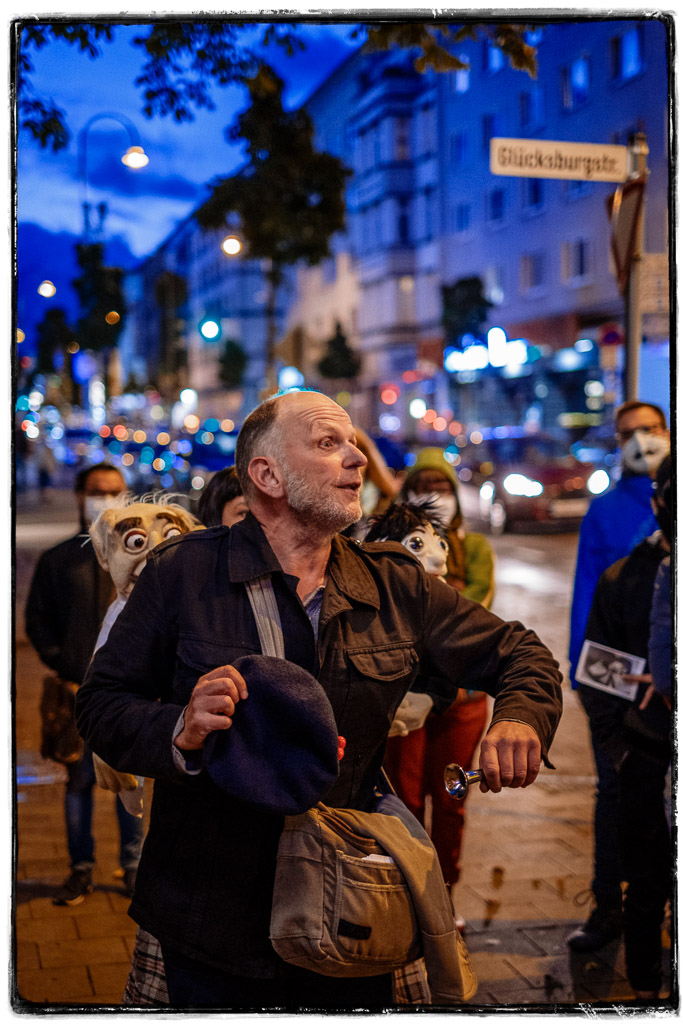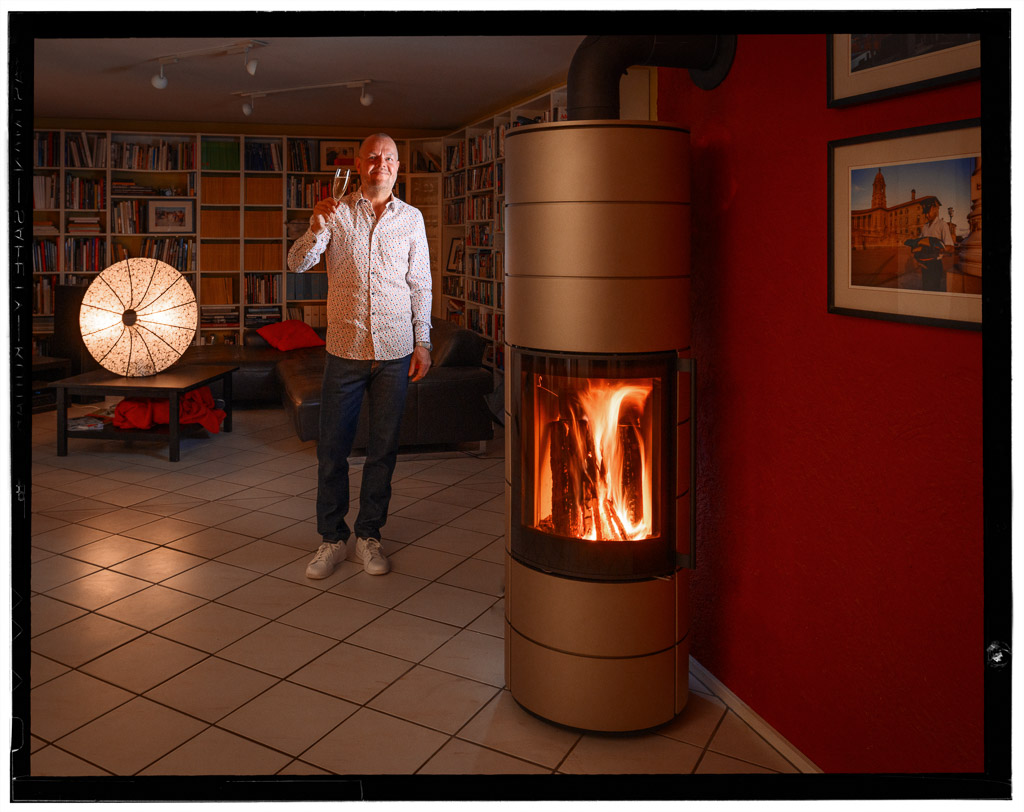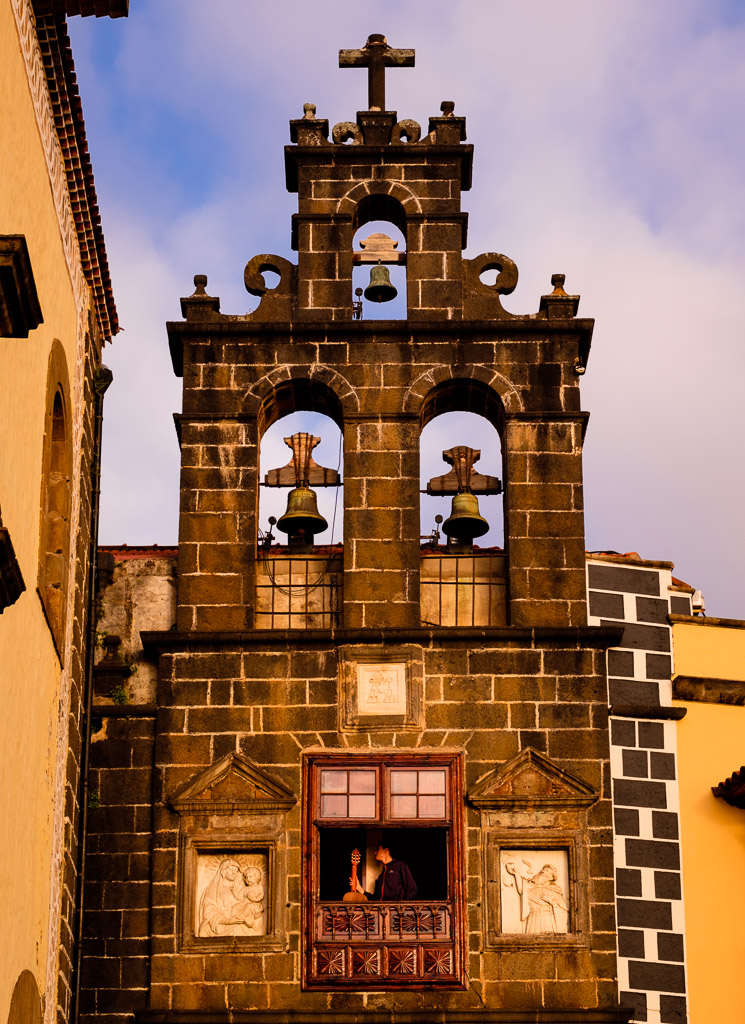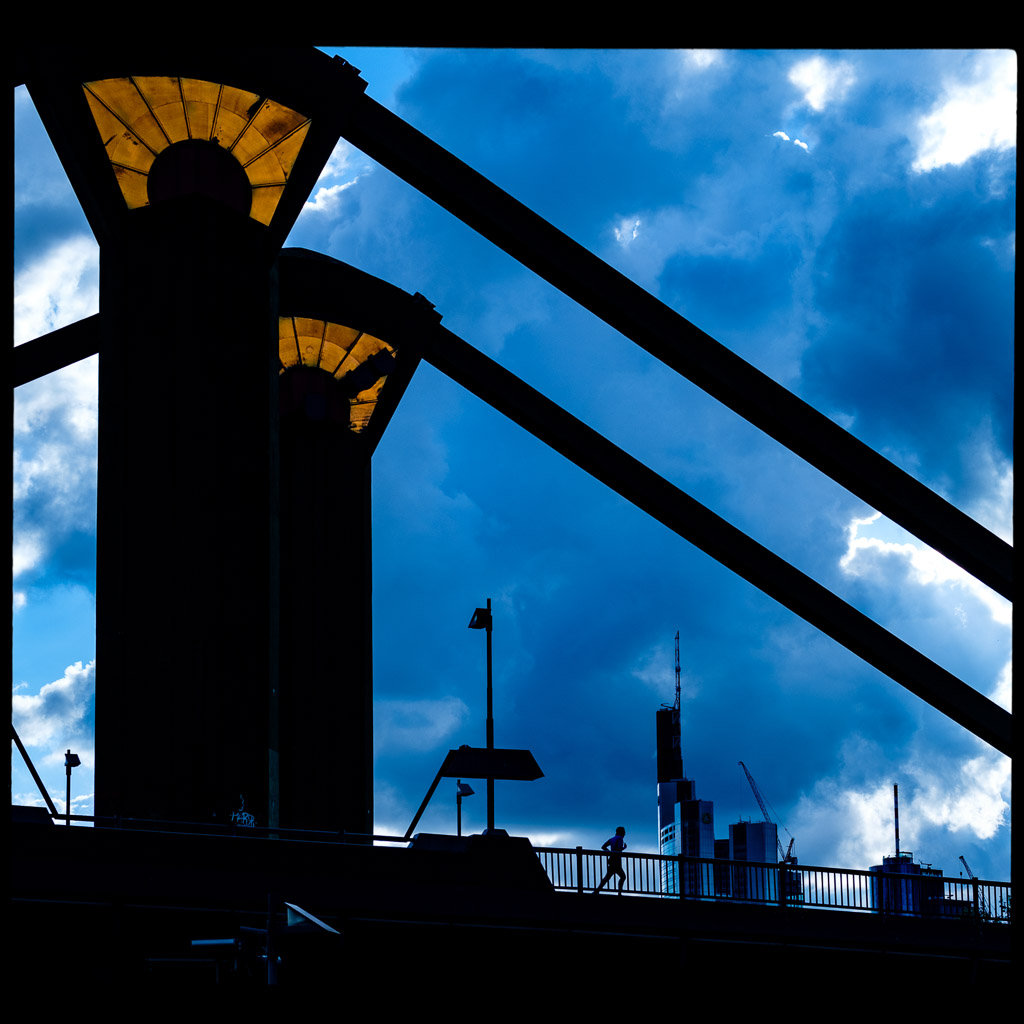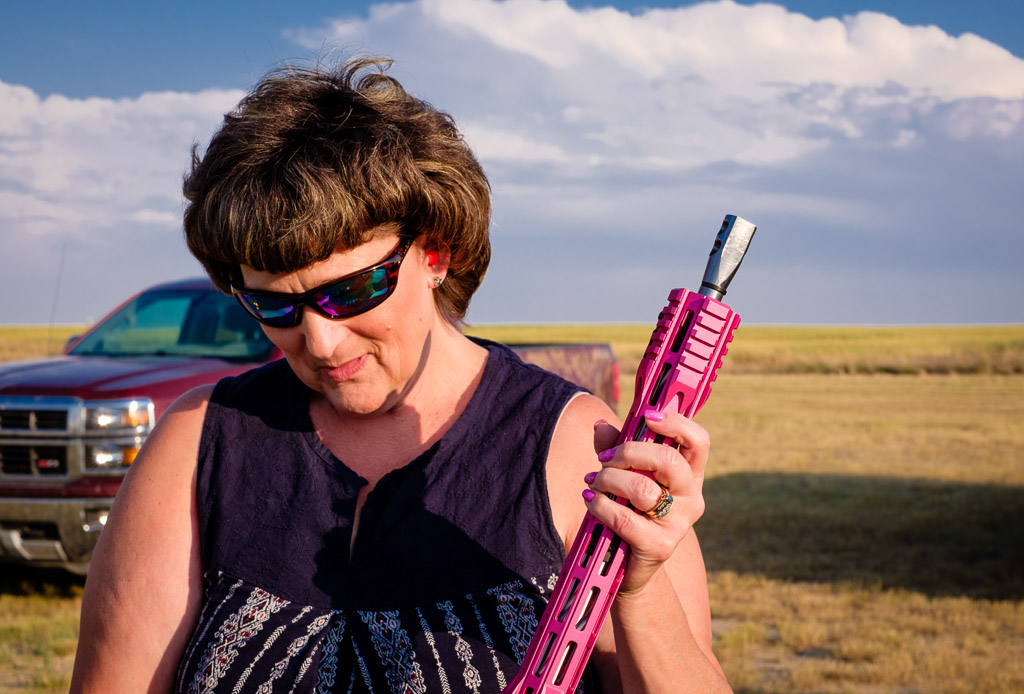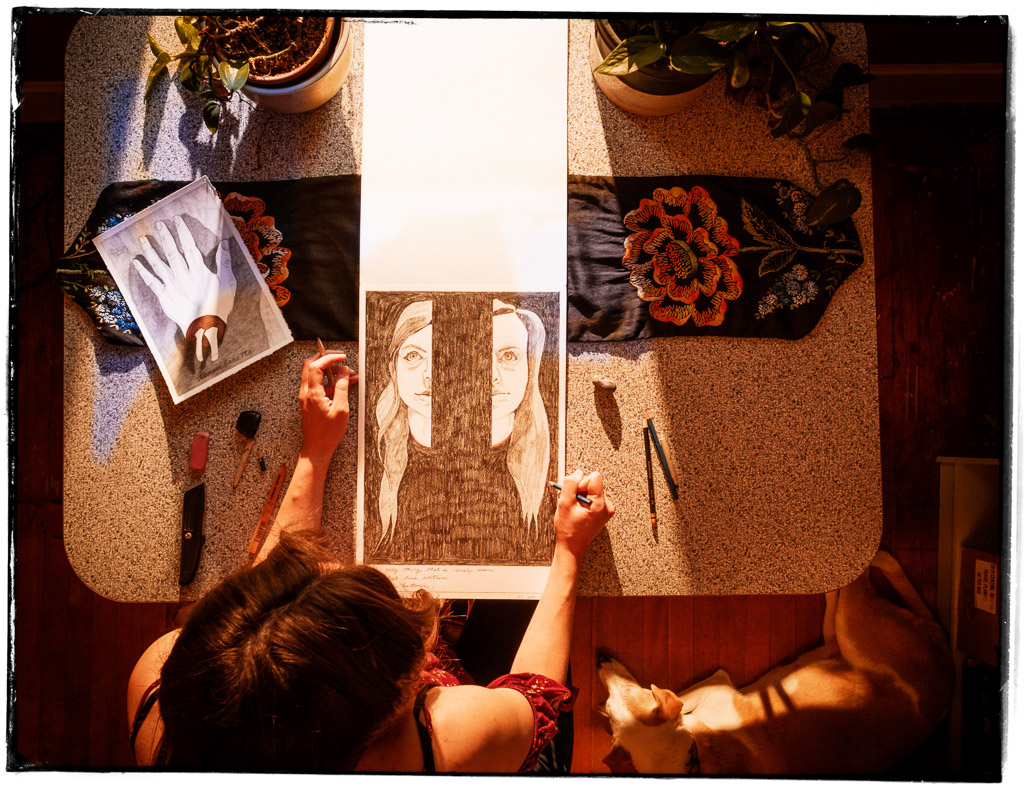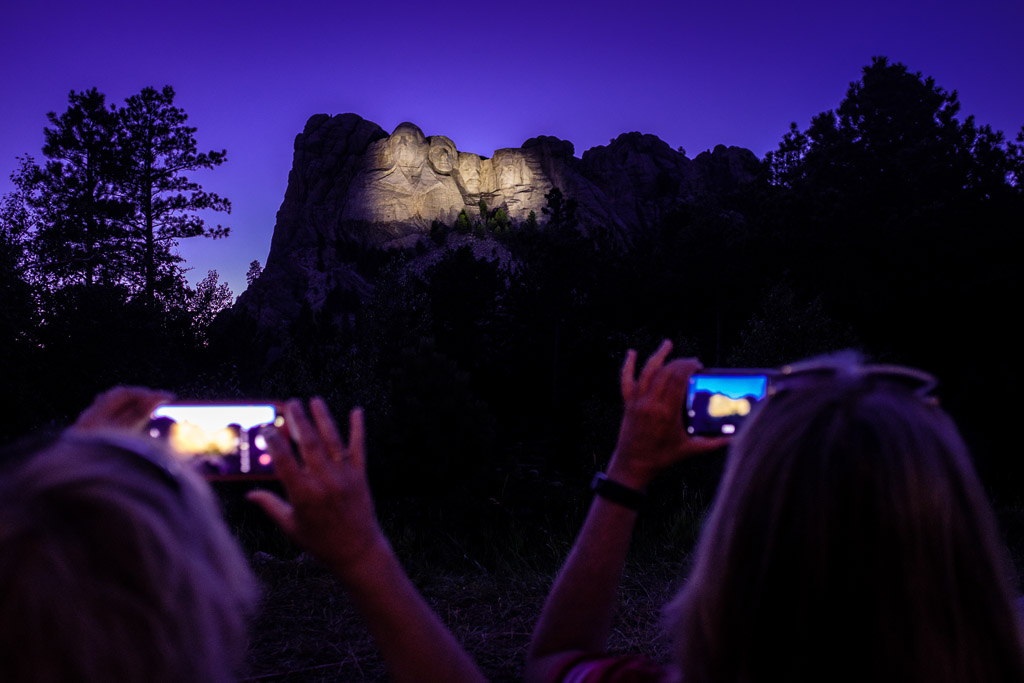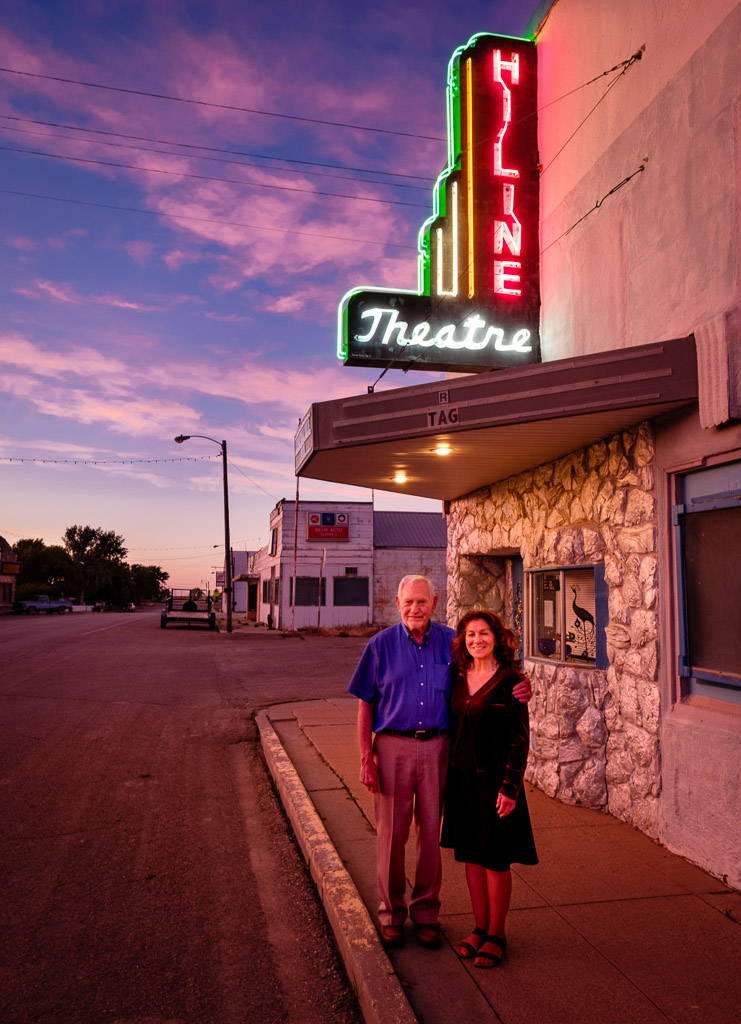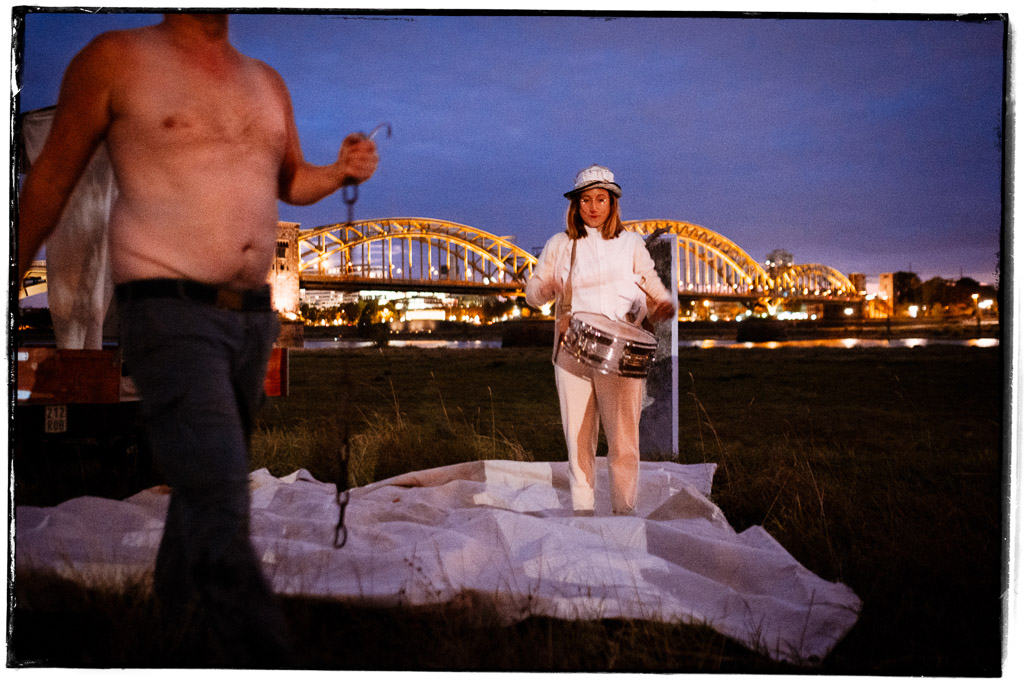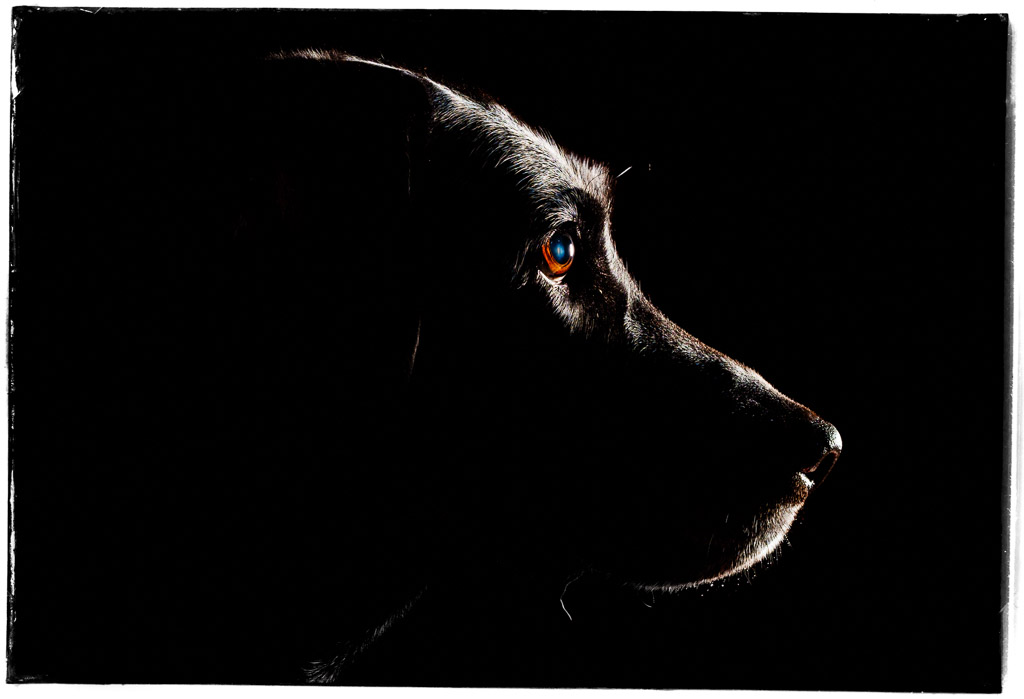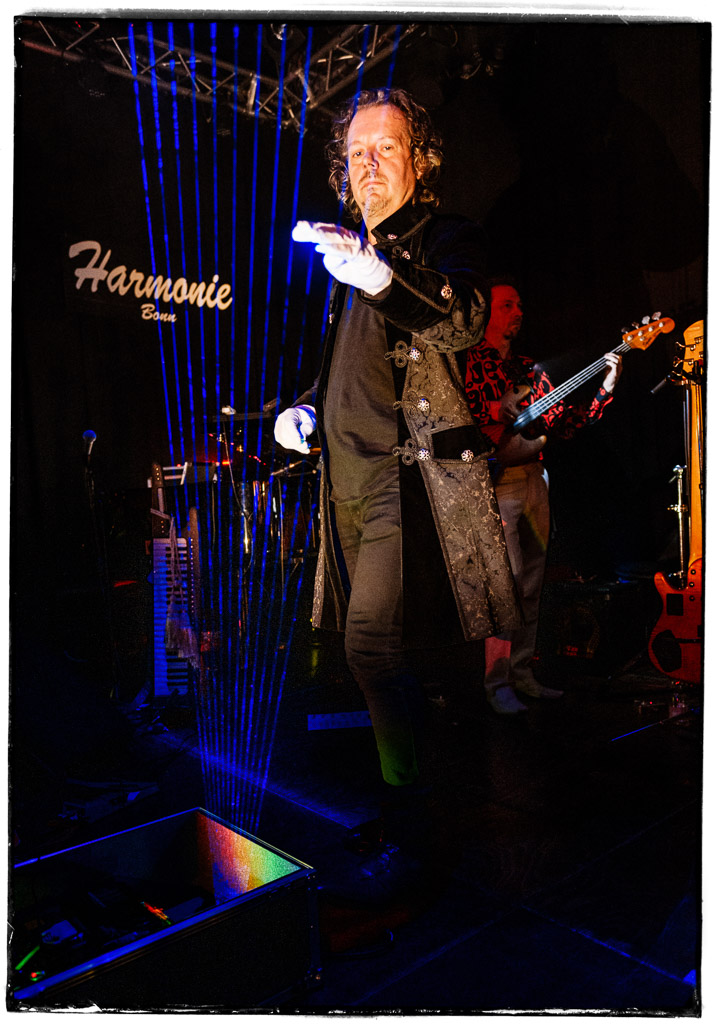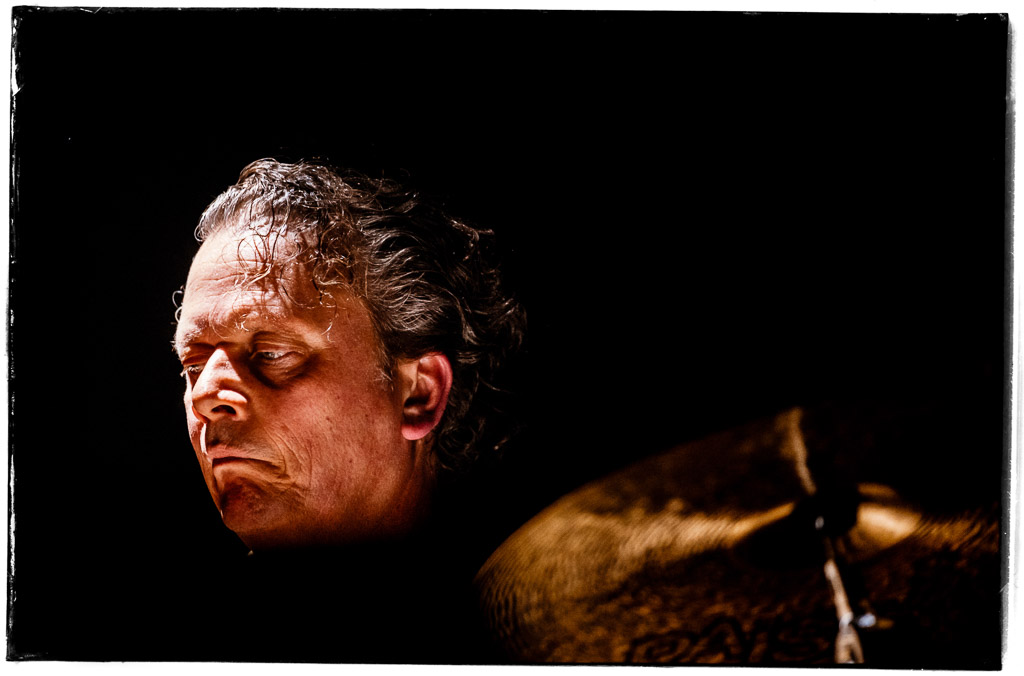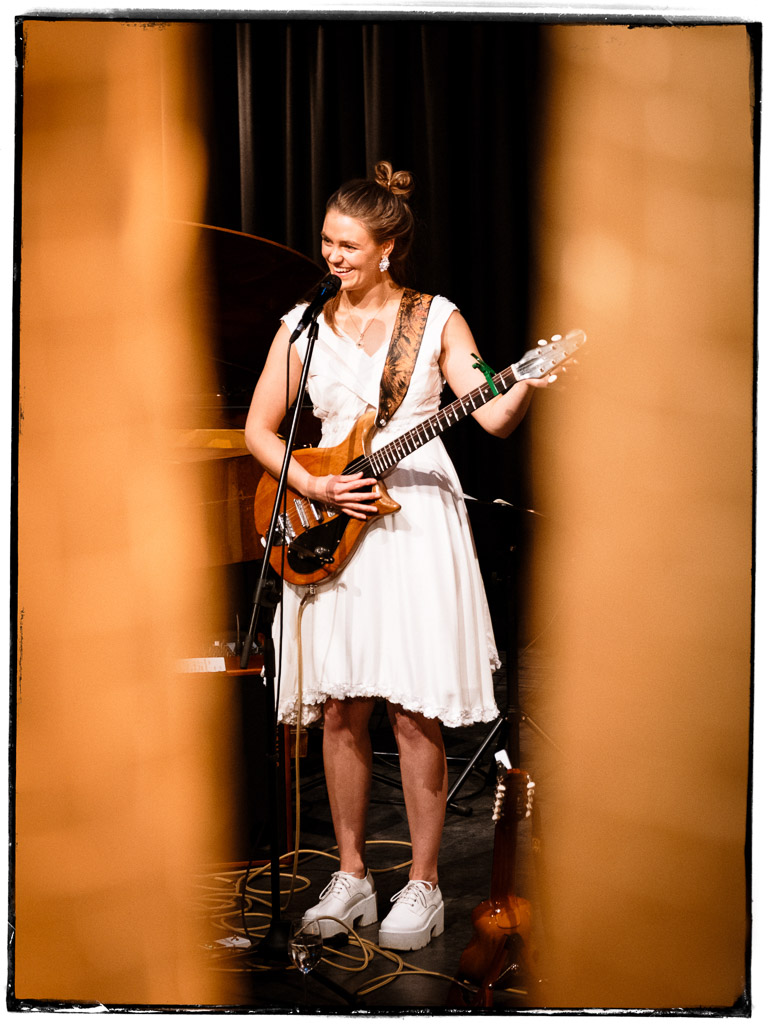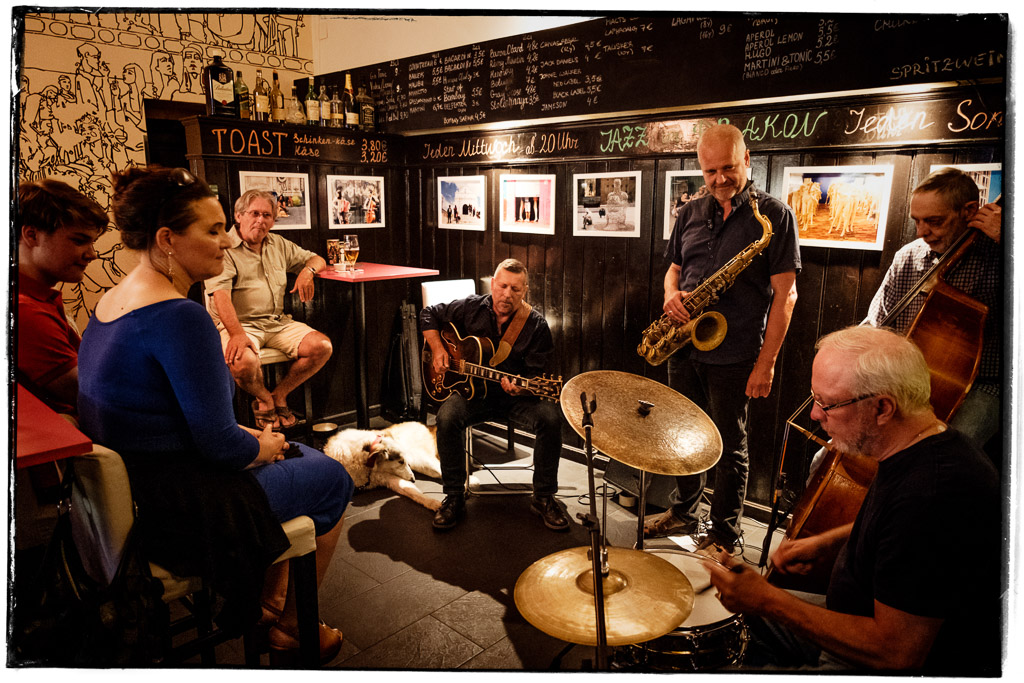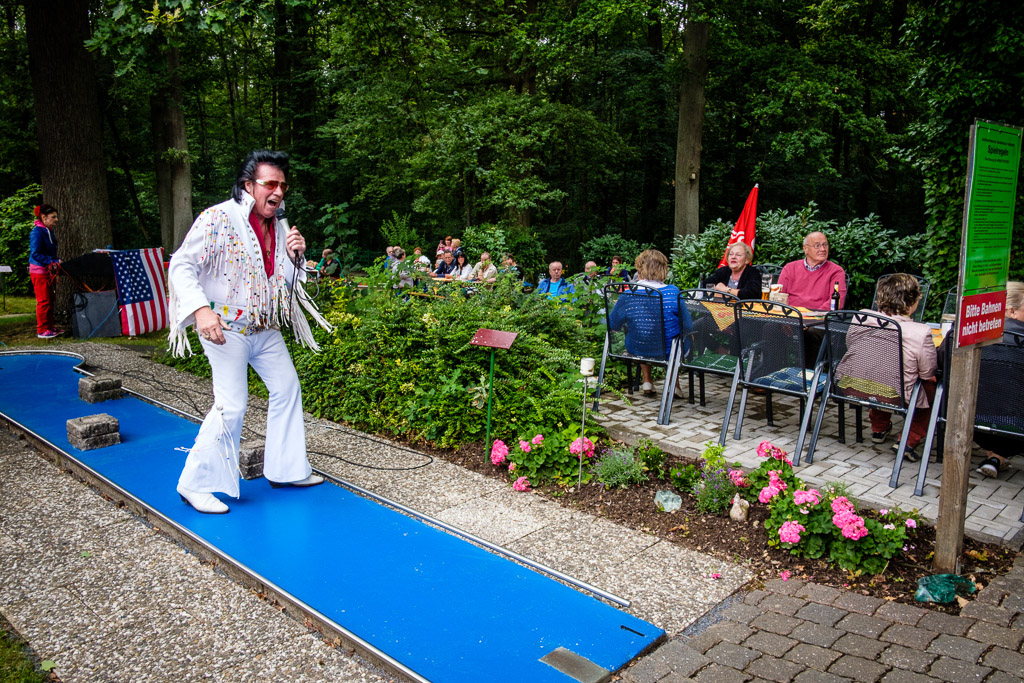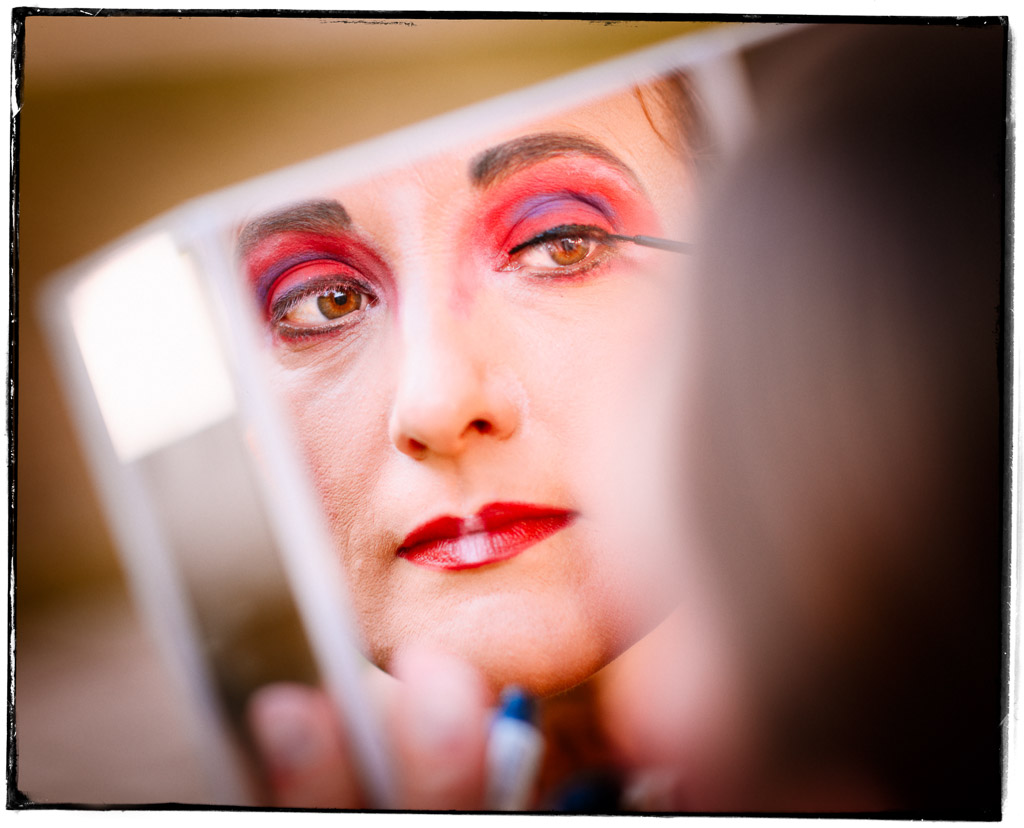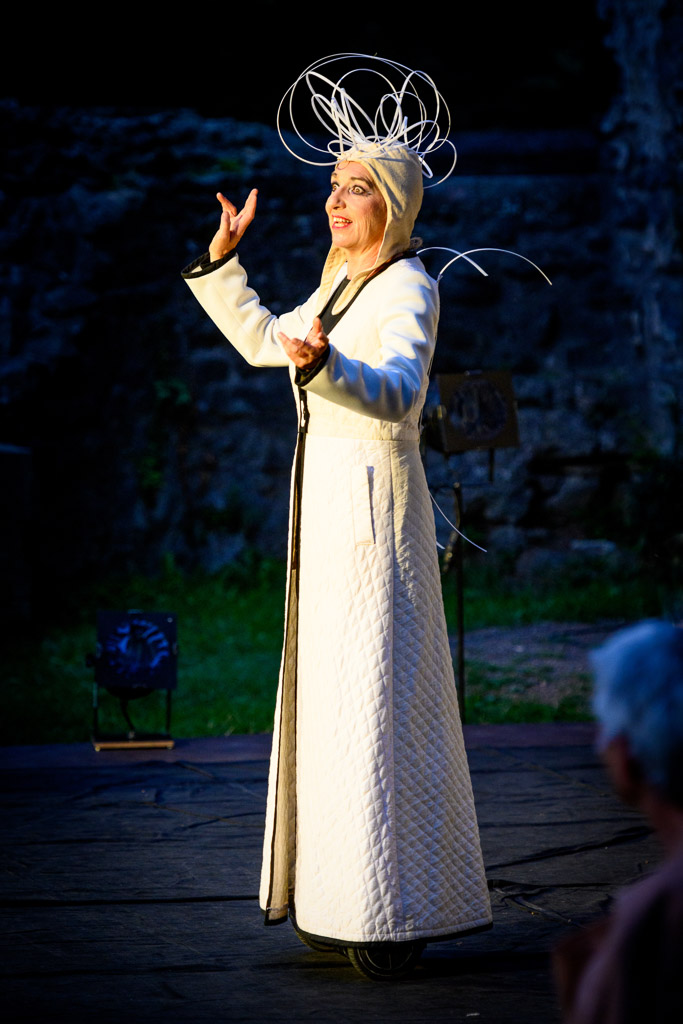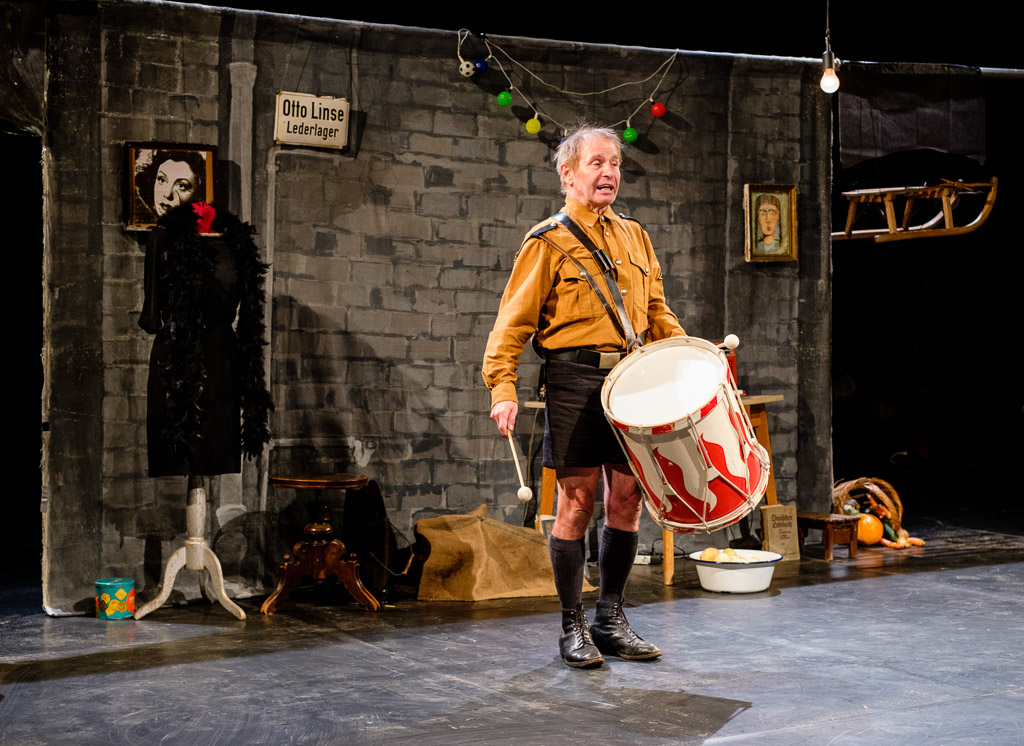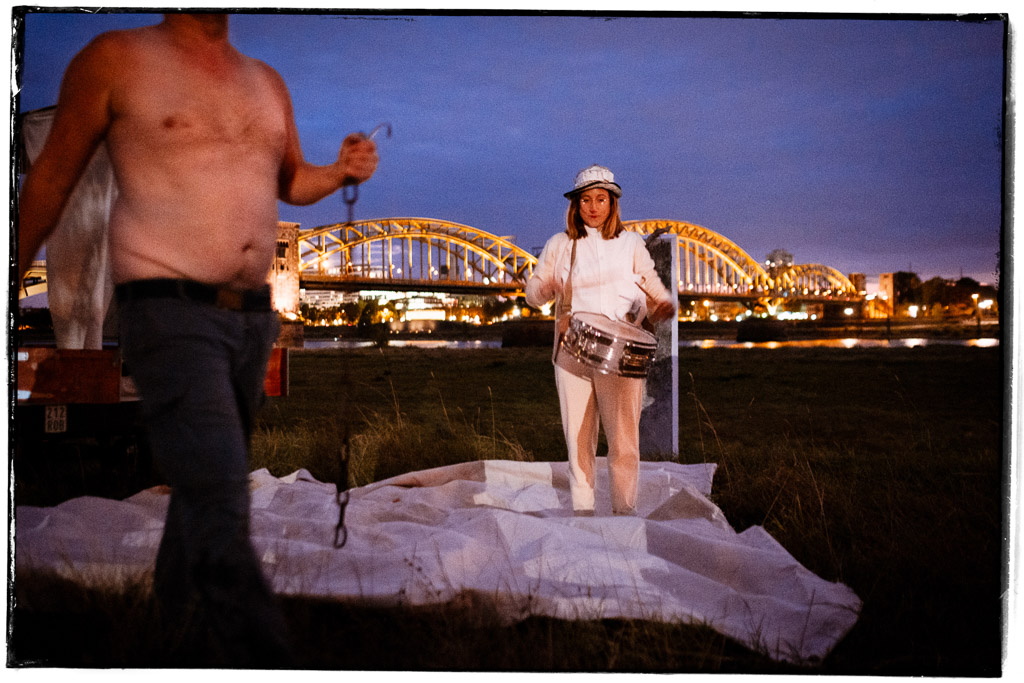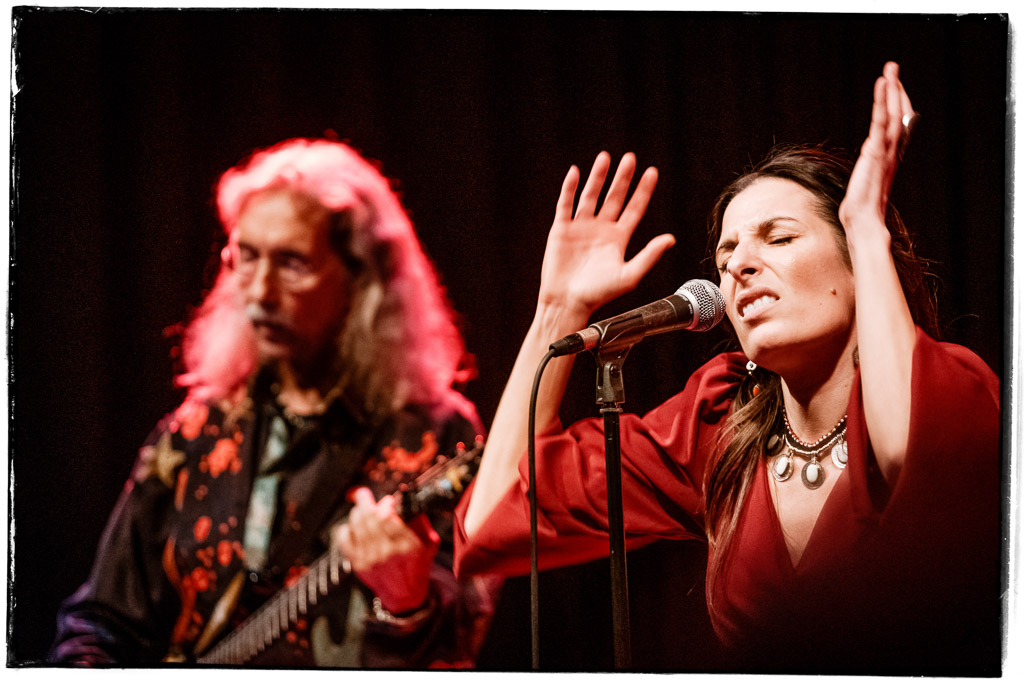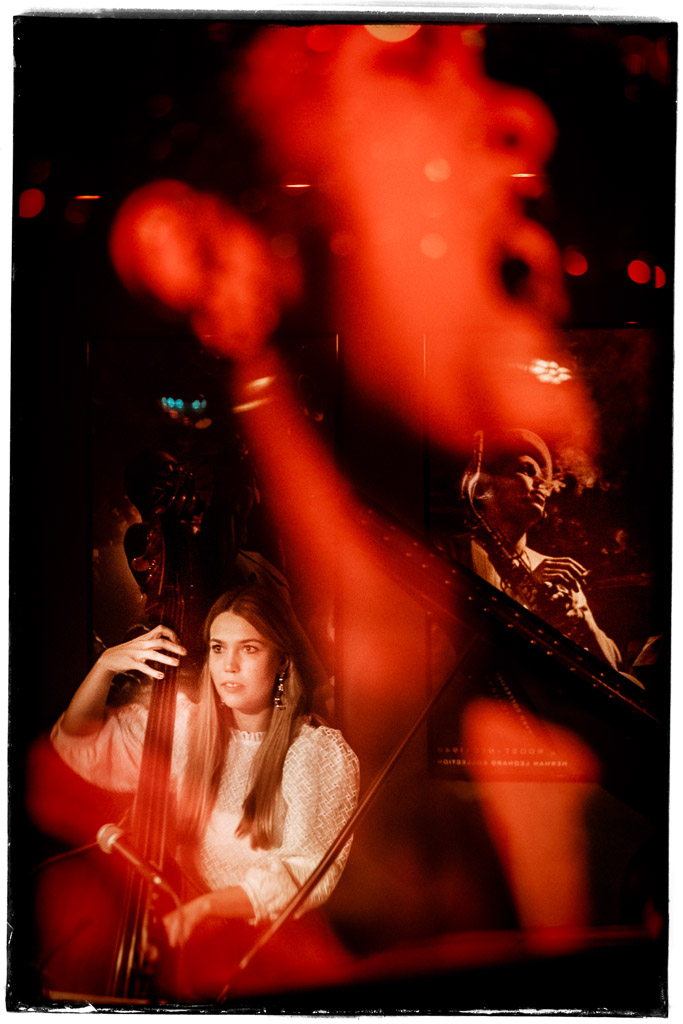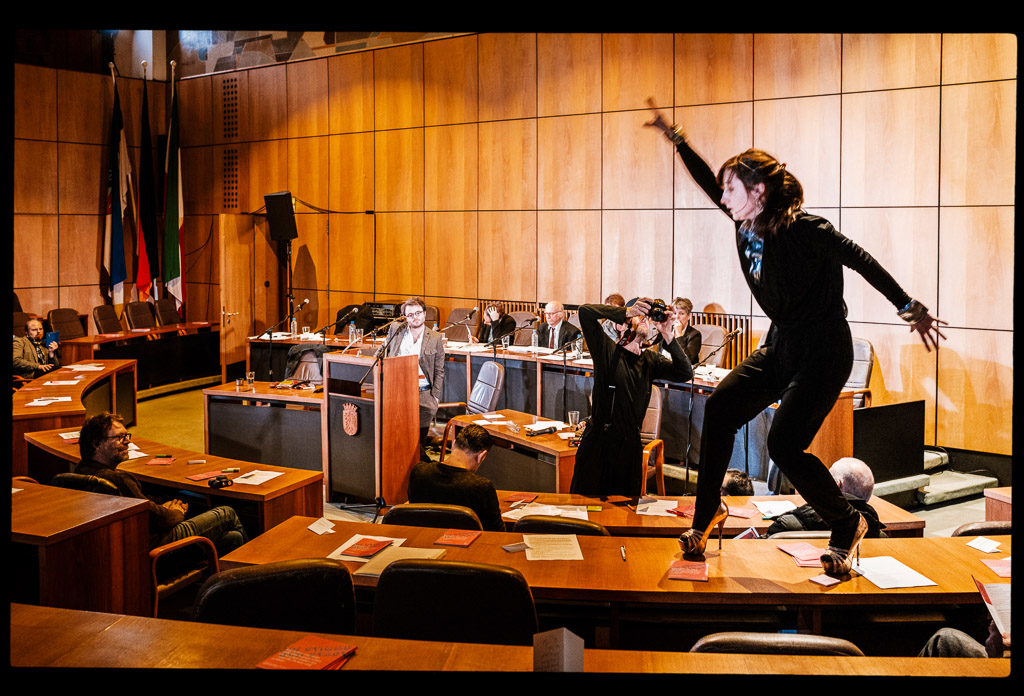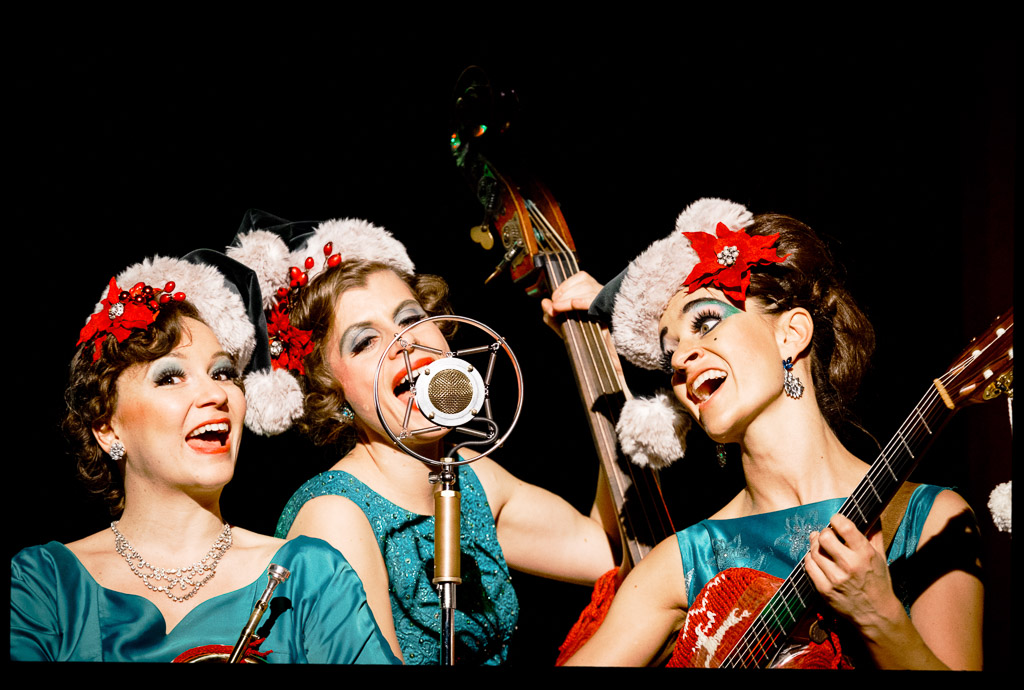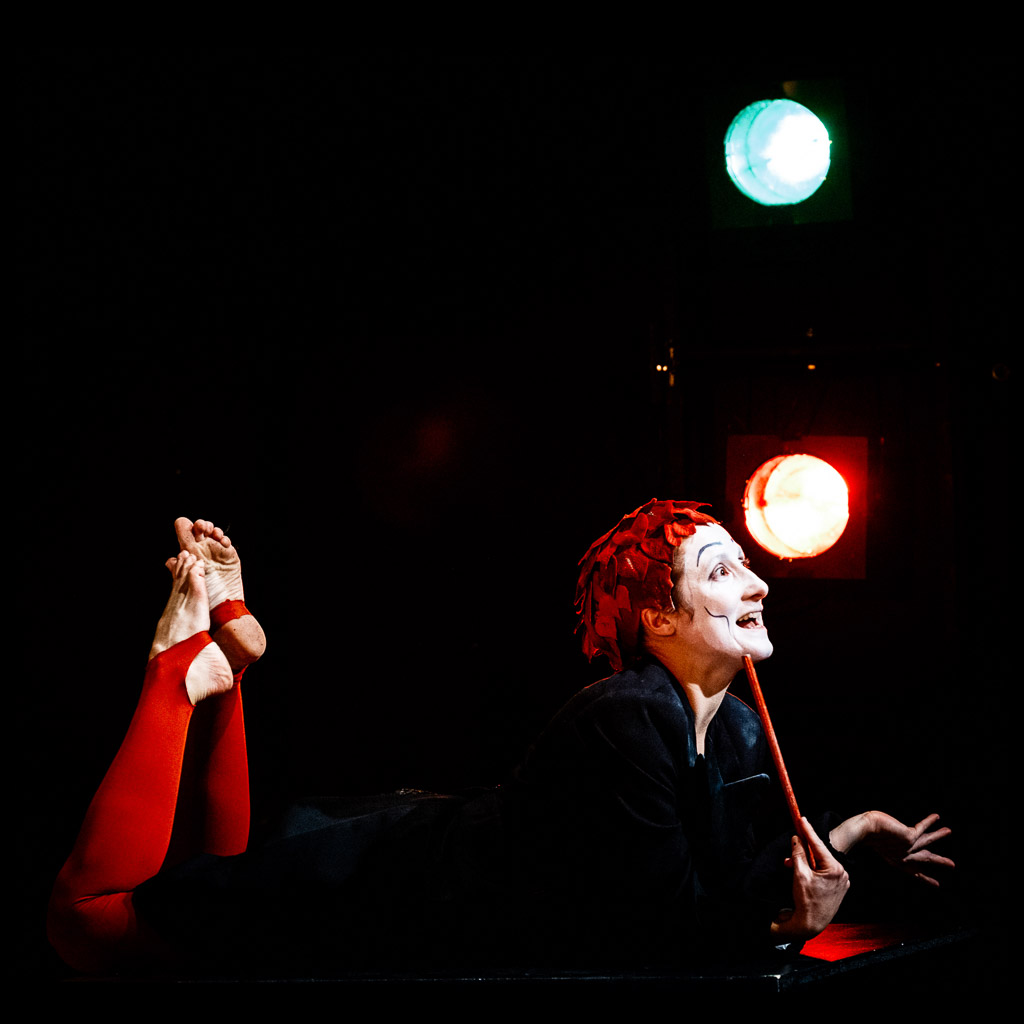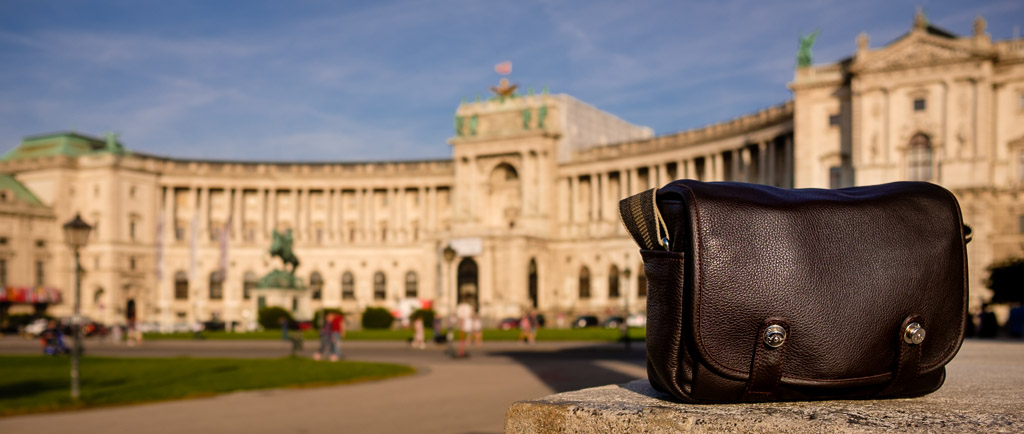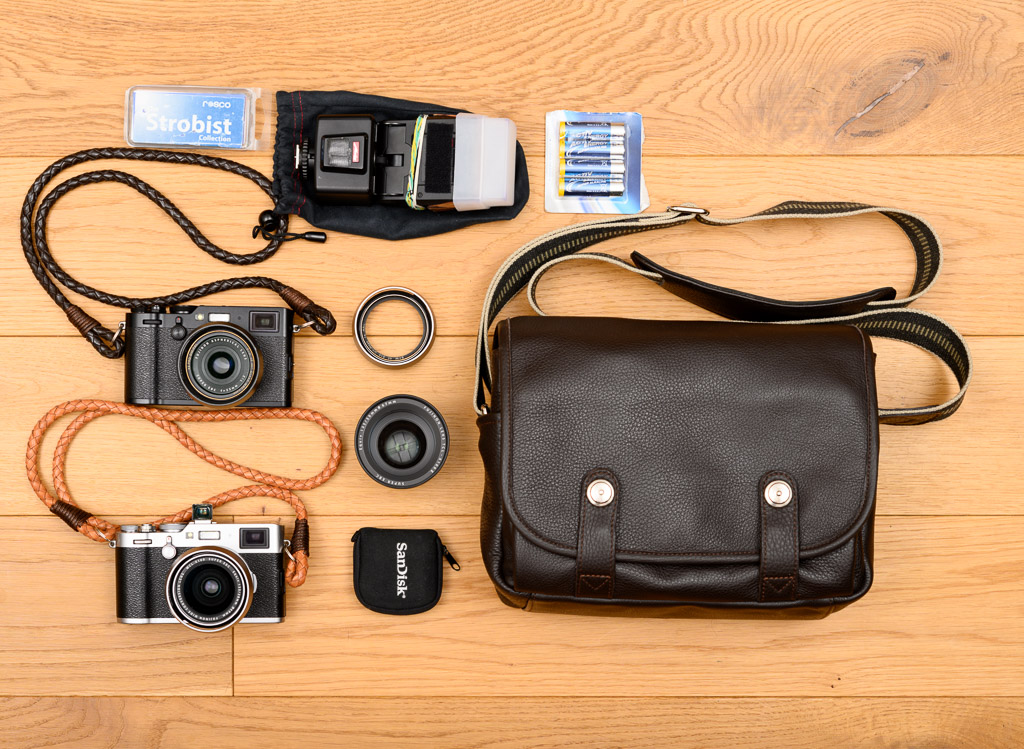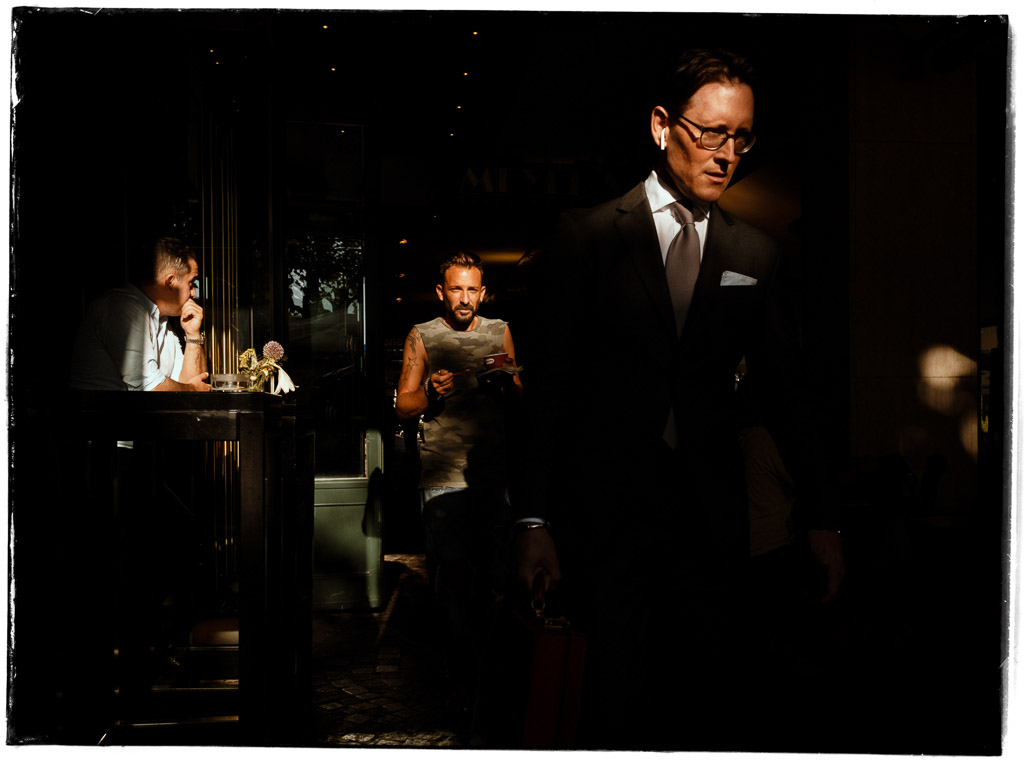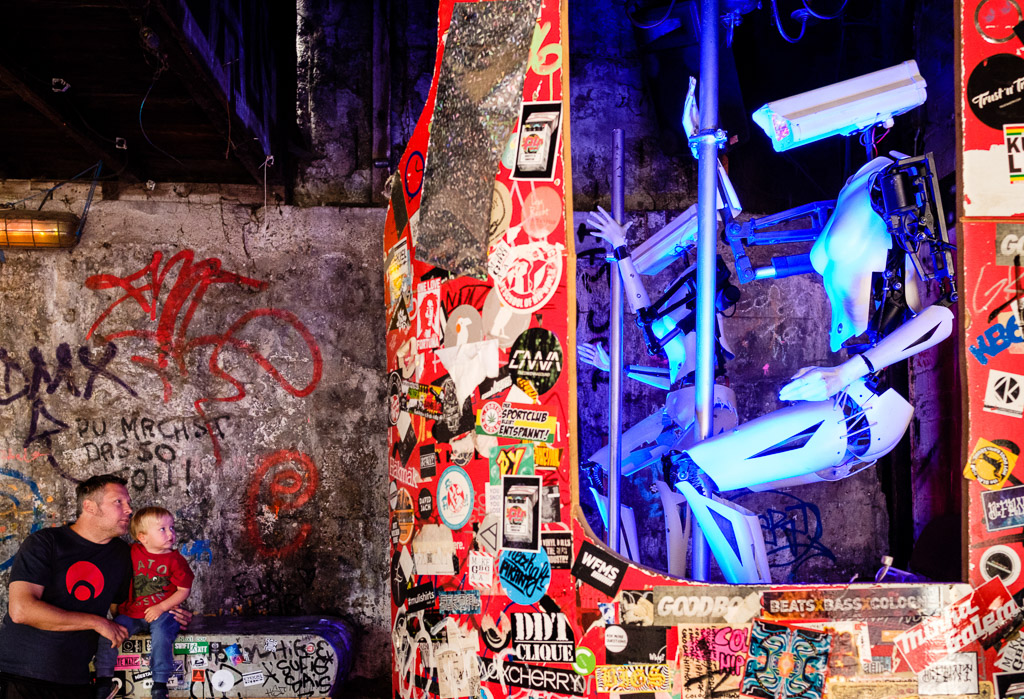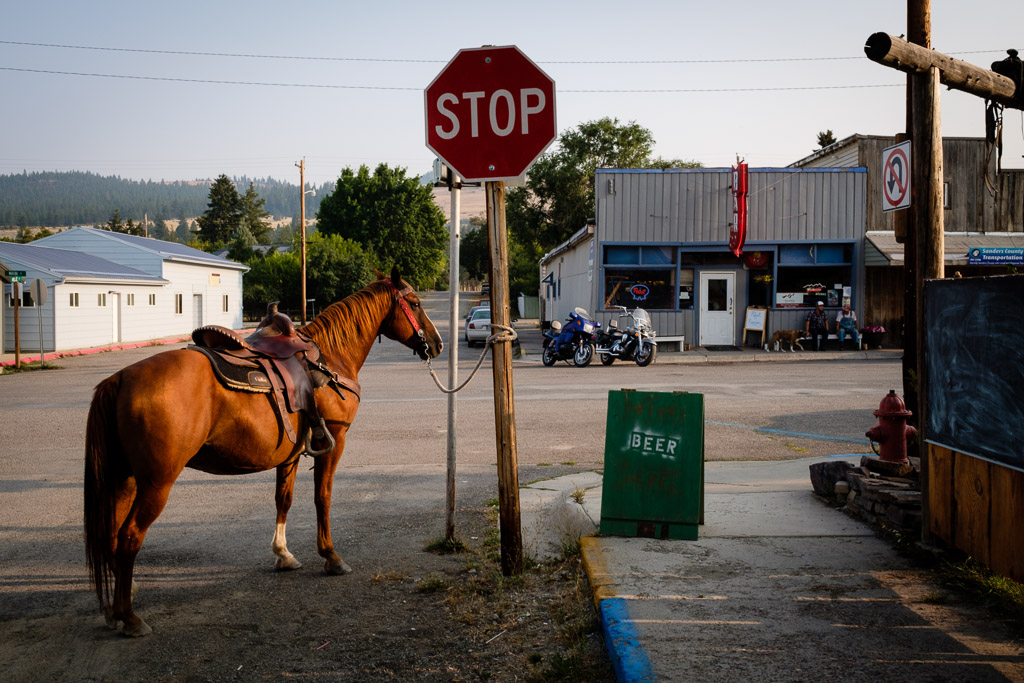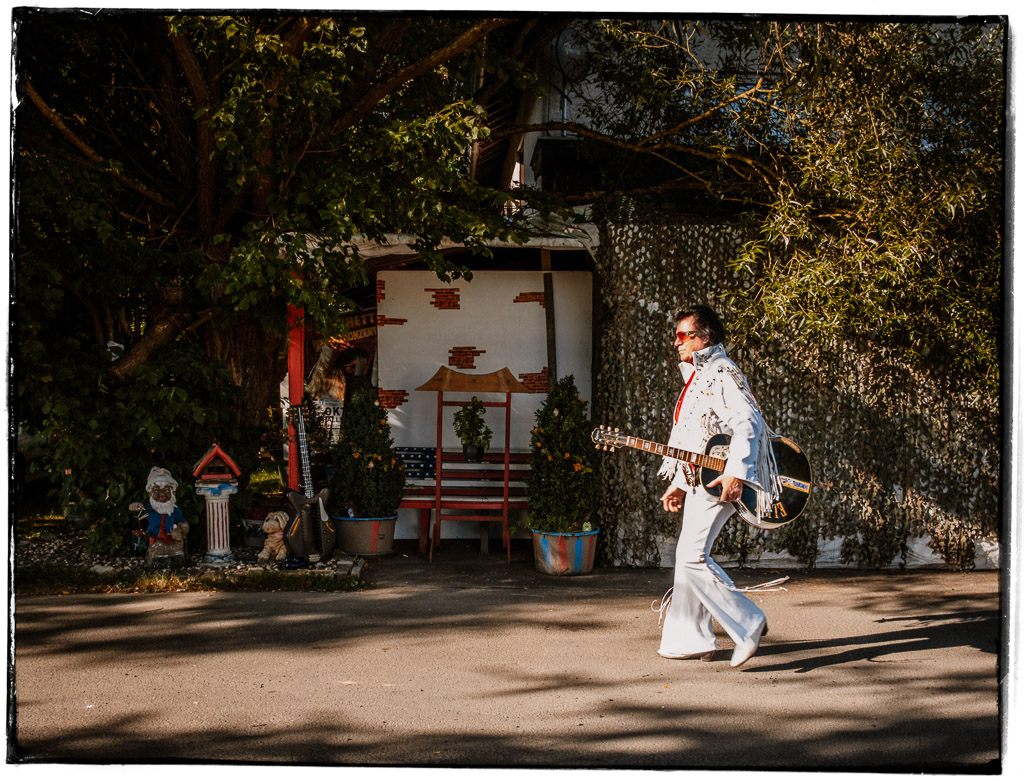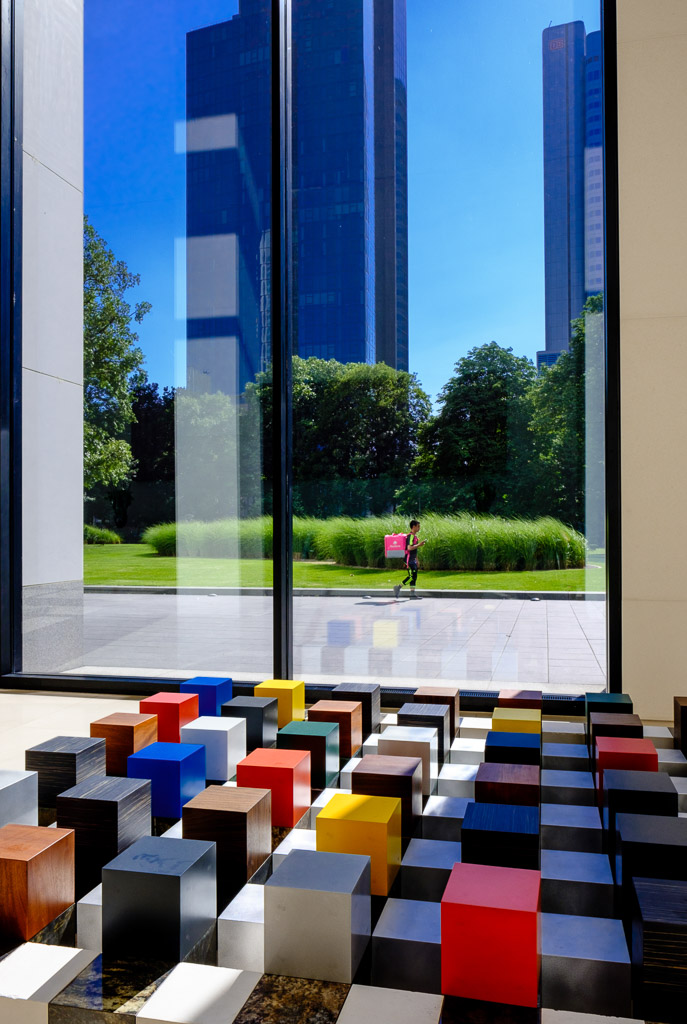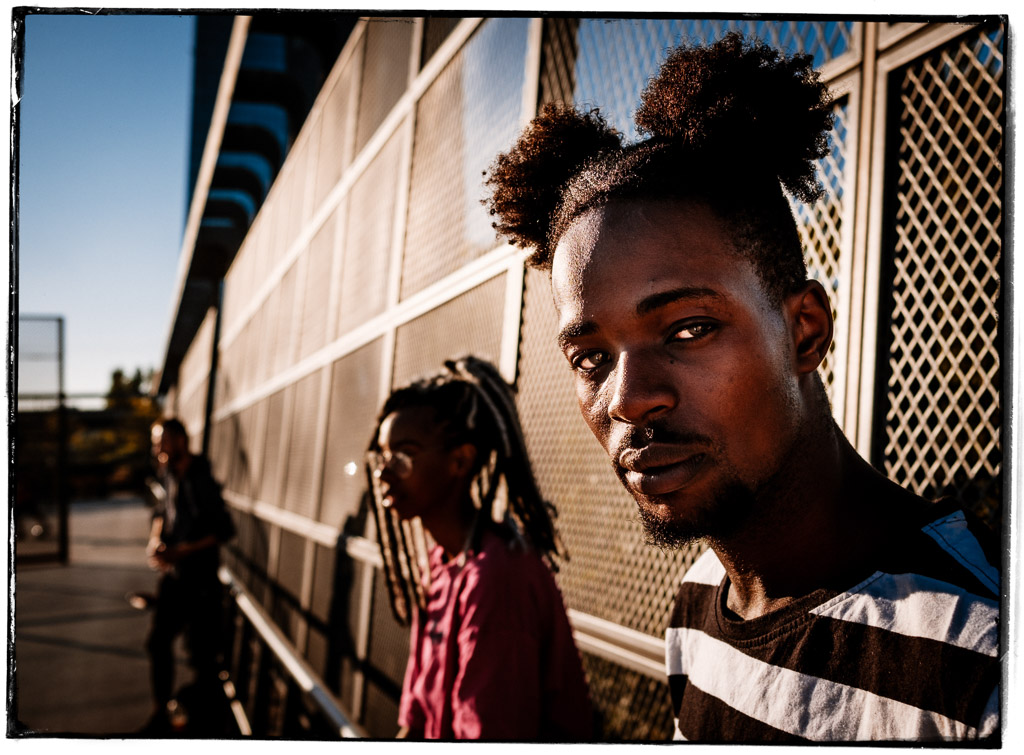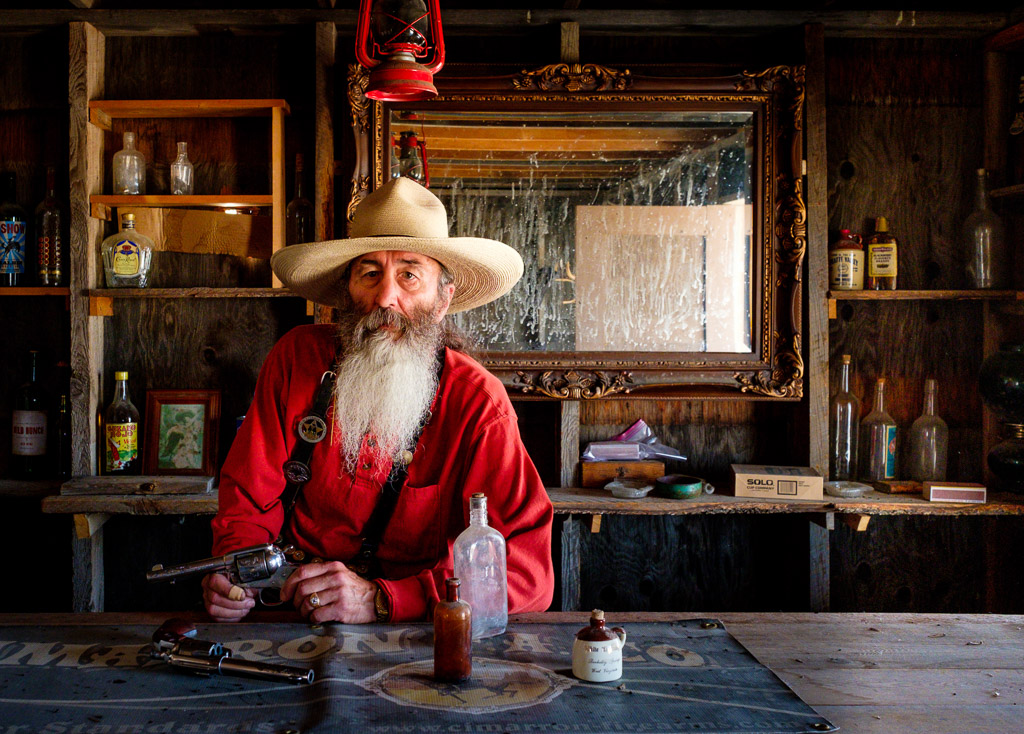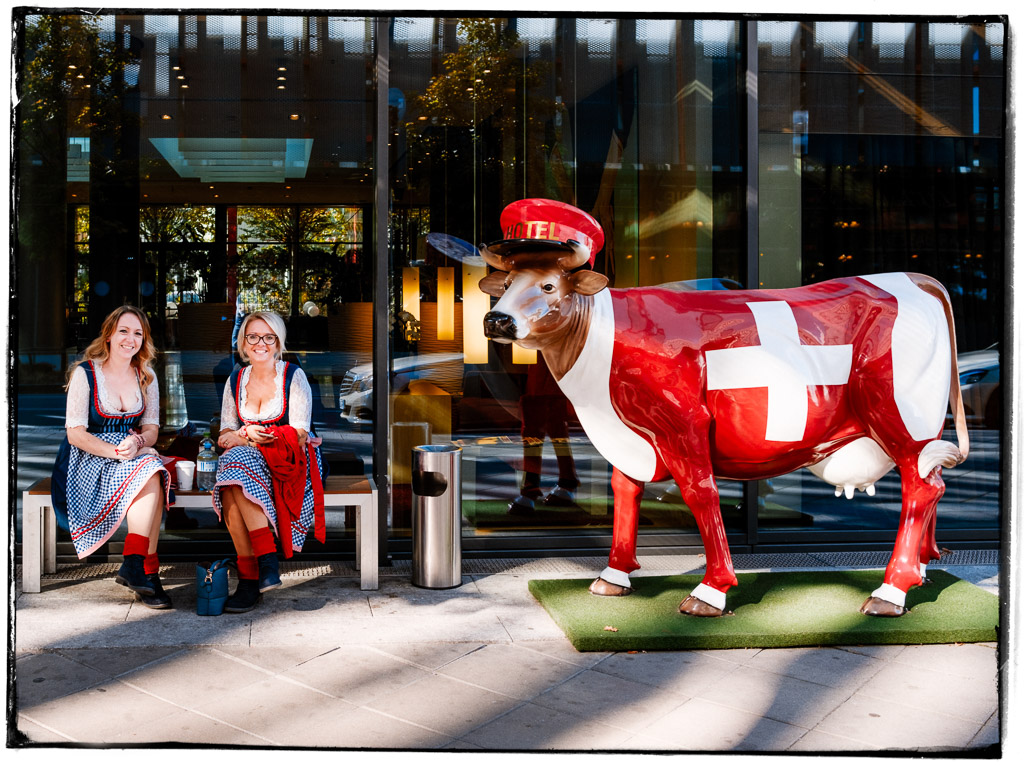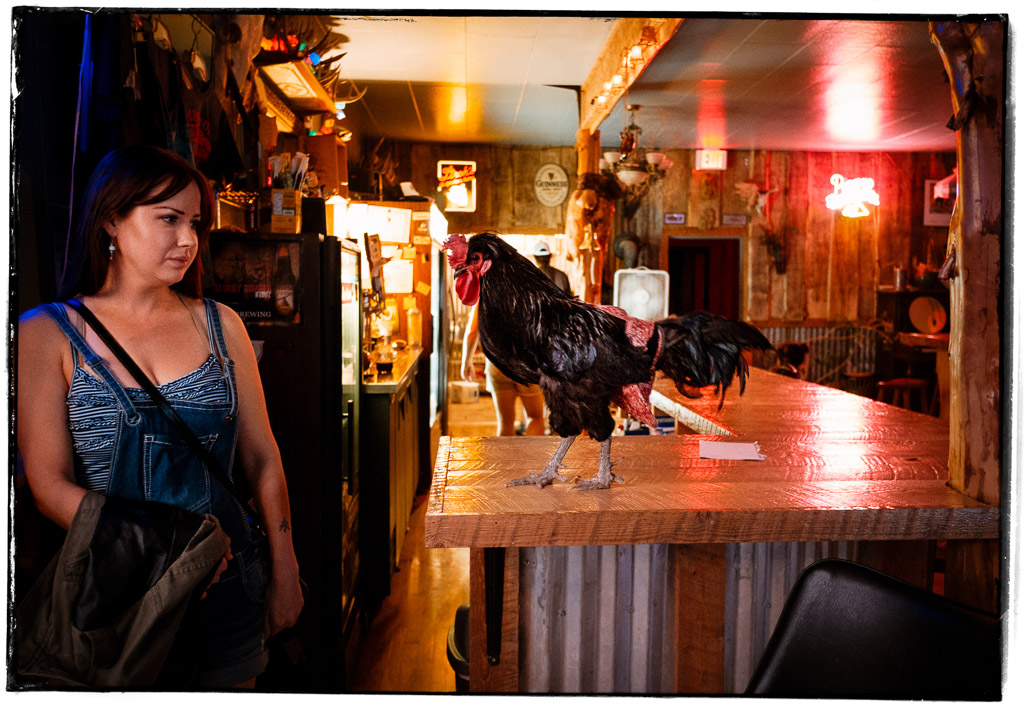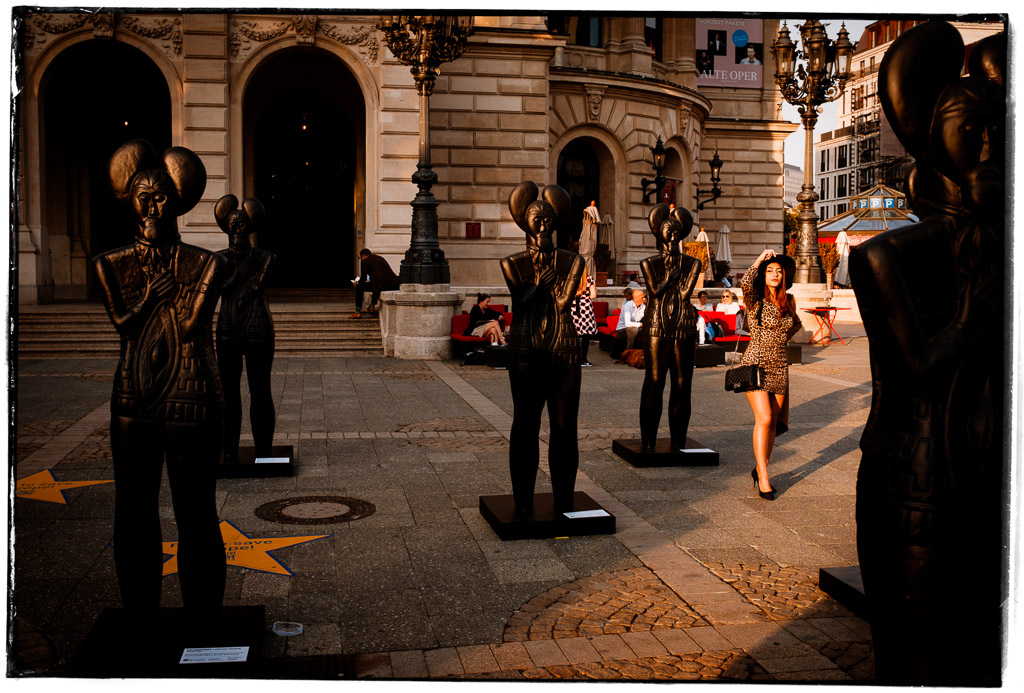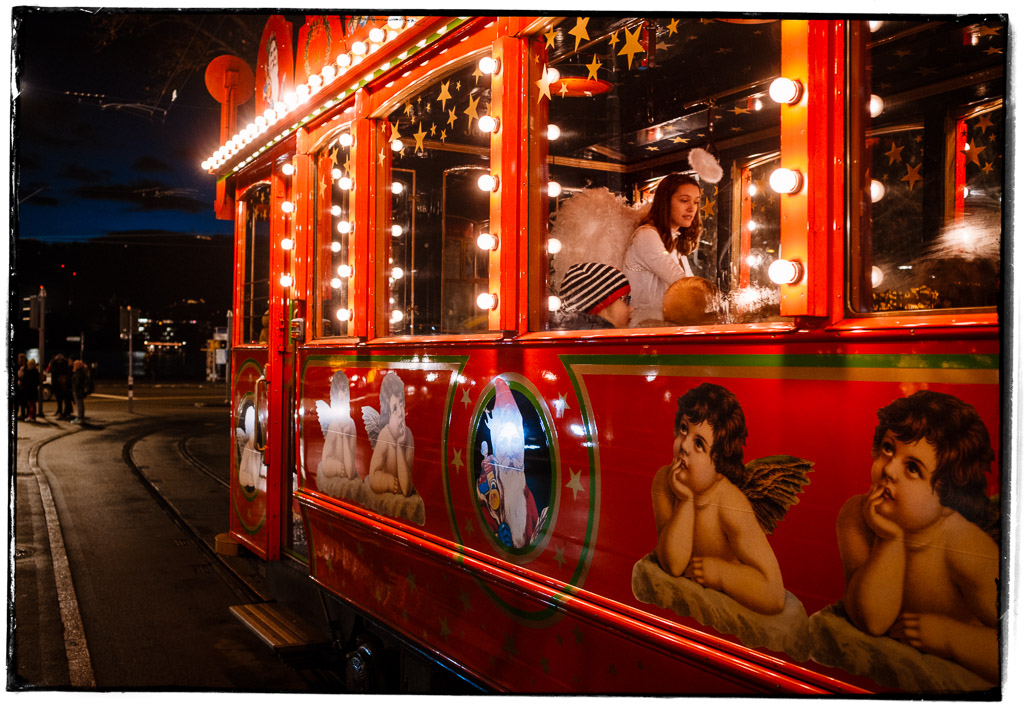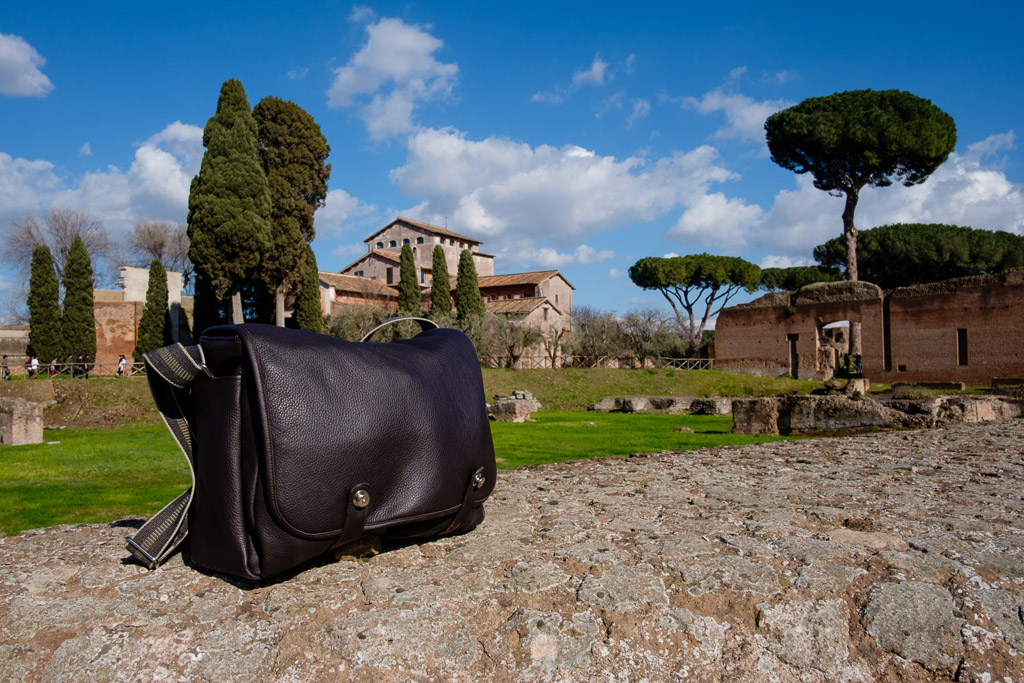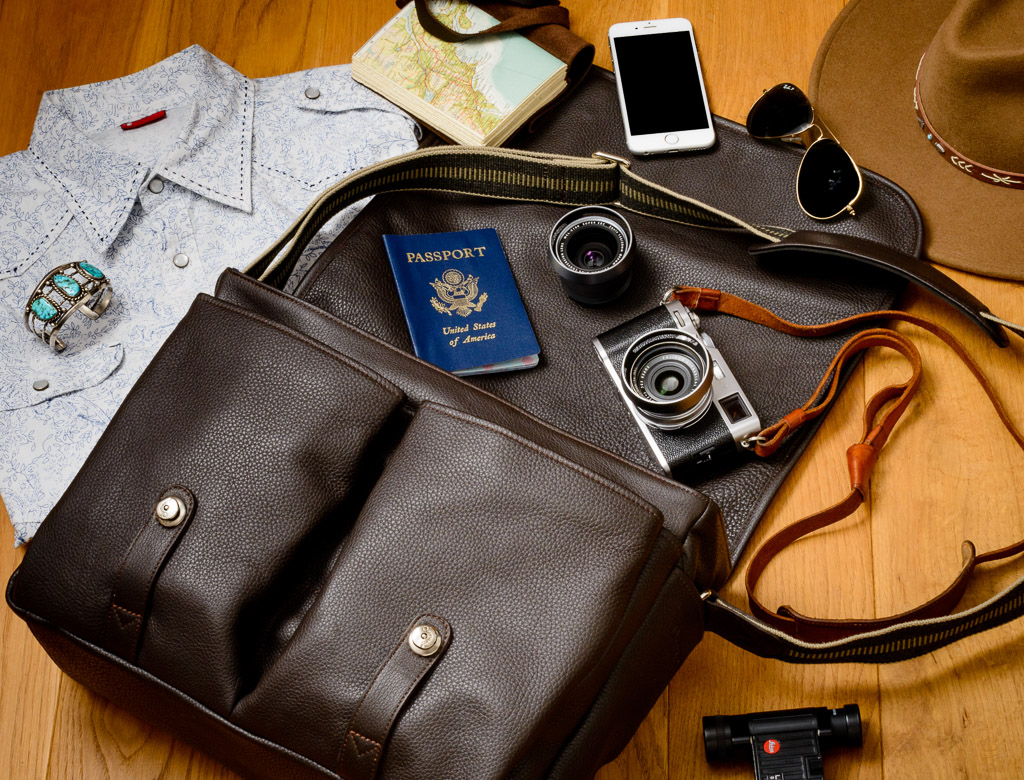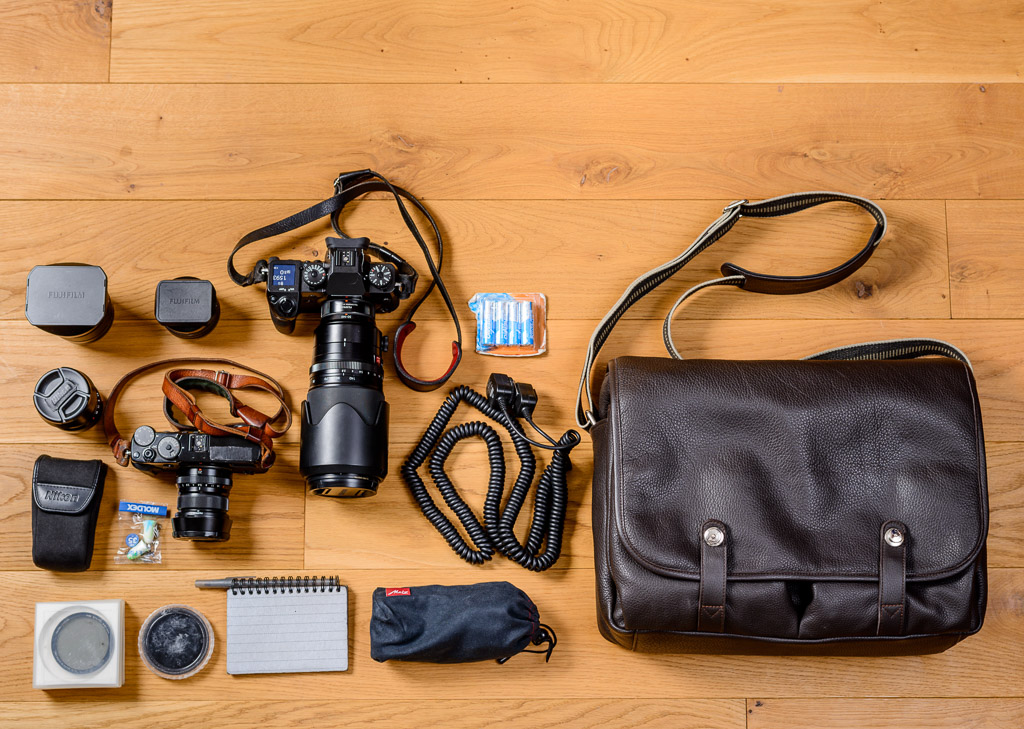Big views from a small island
A few months ago I was asked if I wanted to photograph one of the longest telephoto lenses in the world. At first I was a bit confused as I usually photograph with lenses, not the lenses themselves. But the editor soon explained: The lens in question has a focal length of 170 m (yes, that’s about 1260 times that of my trusty 135 mm lens) and an aperture with a diameter of 10.4 m. It is called the GRANTECAN (Gran Telescopio Canarias) and it is the largest optical telescope on Earth. Like all larger telescopes it sits in a high-altitude area where it’s cold and windy most of the time. And cold and windy it was when I was up there!
Located on the Roque de los Muchachos peak on the rather small island of La Palma, GRANTECAN is accessible by a narrow mountain road. At first sight I was impressed both by its size and its surroundings that include amazing sights like the two Cherenkov telescopes which are basically large circular mirrors that stand out in the open.
At the telescope I was greeted by Nieves Castro, an astronomer who has been working at this telescope since 2016 (before that she worked at the IAC, the Instituto de Astrofísica de Canarias, on Tenerife). For this first look at the inside of the dome I left my cameras in the car as I wanted to learn about the features of the instrument and think about it for a while before I would start shooting.
Photographing a technical system like a telescope is not an easy thing. While the outside of the dome has a simple, distinctive shape that makes it obvious what it contains, the inside is basically a visual mess of scaffolding, catwalks and tubes. I had pondered for weeks how to shoot it, and no clear idea had presented itself while I had been looking at photographs I found on the Internet. So I waited for what idea would come up when I saw the real thing, live and in 3D.
The defining feature of the telescope is of course its primary mirror. It measures 10.4 m in diameter and is made up of 36 individual six-sided elements, each of which can be adjusted with micrometer precision by electric actuators. This so-called active optics is needed to compensate for influence by wind, mechanical stresses and temperature difference. A mirror that size made of one piece of glass would deform simply by its own weight.
The entire optical systems of GRANTECAN sits on a rotating platform with a total weight of 400 tons. As it needs to be positioned with extreme accuracy, it floats on a thin film of oil which makes the force necessary to turn it so low that one can actually turn the entire platform by hand.
But now back to the process of taking pictures of the telescope. After my initial tour I let all the impressions sink in. I spent a good part of the night thinking about how to convey them to whoever would be looking at my pictures.
As I mentioned before, the location of the telescope is amazing. I got up early and made my way to the top of Roque de los Muchachos before sunrise, as I hoped there would be interesting light at that hour. And the gods were merciful! The sun rose behind Pico del Teide on Tenerife and illuminated the ridge on which other telescopes sit just beautifully. There was a clear view to show how the dome of GRANTECAN sits above the clouds.
Later that morning I met with Nieves Castro again, this time for the actual photo session. After some exploration I found a place on the scaffolding of the telescope where I could place her, both as a reference for revealing the enormous size of the primary mirror as well as showing that real people work with this instrument. I lit her with a remotely controlled flash as there was very little light in that corner of the structure.
To show the mirror as part of a larger system within the dome, I photographed it with a fisheye lens.
In the photographs of the mirror one can see that not all segments have the exact same color. This is due to dust, which gathers on the reflecting surfaces over time. As the cleaning process cannot be performed for the entire mirror at once, the workers at the telescope exchange one segment for a clean one at a time. The dusty segment is then taken to a workshop on the ground floor of the building, where it is cleaned. Sometimes there is damage to the reflective aluminum coating of a segment, and even that can be taken care of in the workshop. There is a vacuum chamber that allows for re-coating. In fact I saw a segment with all reflective material removed, waiting for a new layer of aluminum. The segments are made of Zerodur®, a glass-ceramic that has a very low coefficient of thermal expansion. A similar material, made by the same company (Schott in Germany) is used for the well-known Ceran® cooking surfaces.
My plan for the evening was to take some pictures of the outside again as I knew the sun would be setting behind the GRANTECAN building. But the weather didn’t seem to play along as it had in the morning. The wind was so strong that I trouble getting out of my car. The telescope dome was in the clouds that were racing by and could only be seen for a few seconds every other minute or so. The astronomical app on my smartphone showed that the sun had just disappeared behind the horizon. As I was just about to leave, the sky suddenly cleared and presented a wonderful view of the structure between layers of scattered clouds.
Due to the high winds the telescope could not be used while I was there. I think there are some great visual opportunities when the dome is open (which is actually the case on 75% of winter nights; I really had bad luck), so be prepared for a sequel to this article as soon as I can get back to GRANTECAN.
My thanks go to the great team at the Gran Telescopio Canarias, especially Nieves Castro Rodríguez who provided lots of information and was extraordinarily patient with the photographer's wishes and ideas.
The 2021 dozen
At the end of another year, I am showing a dozen pictures I took over the past twelve months that were important to me in one way or another. There is an unusual number of self-portraits in this year's selection, and that's not the result of vanity. It's what happens if the lockdown that was intended to last through December 2020 gets extended month after month and there is practically no human contact.
Fortunately things changed in summer and I could travel again, as you will see when you scroll down.
So here's to a better 2022 with the hope that personal contact and travel will be possible for more than the three or four months we had this year.
2021 – On and behind the stage
My first post titled ‘On and behind the stage’ appeared two years ago. In 2020 the covid pandemic brought a halt to almost all musical and theatrical activity in my country. The beginning of 2021 wasn’t any better, but from summer on things were relatively normal, at least for a while.
Which is why I’m able to present my selection of this year’s photos of performing artists.
Flying with Bernie
In Montana, there are a lot of interesting people who do whatever is their thing. And there was Bernie.
When I first visited the state of Montana almost ten years ago, I explored (among many other places) the area around Flathead Lake. In a small motel in Bigfork I saw a flyer advertising glider flights along the Mission Range of the Rocky Mountains. As I have been interesting in flying since I was a boy, I drove Ferndale, home of the airfield mentioned on said paper.
A glider was parked there among several prop planes. But nobody to be seen anywhere. I realized that this was a fly-in community with homes built right next to a grass airstrip. To me, the first home I saw was as good as any, so I walked onto its ground and tried to find someone. Right there in the hangar next to the house were two older gentlemen, working on a Piper PA-28 Turbo Arrow plane. Or at least sitting beside it and having a chat.
I introduced myself and asked if they knew about the glider flights. They did and called the pilot, who said he’d come by later that day.
One of the two guys in the hangar was Bernard ‘Bernie’ Gregoire who lived a few houses up the airstrip; the owner of the Piper was Charlie Hisaw. The three of us had a very nice conversation and in late afternoon I got my glider flight. Somewhat short as it had become quite late and the thermal uplift had faded. The glider pilot was sorry about that and invited me to come back the next day for a longer flight.
I did, had a great flight - and met Bernie again. As we chatted, Charlie being around again, an event planned for the next days was mentioned: the celebration of the 90th birthday of Dr. Forrest Bird, the inventor of the high-altitude oxygen regulator and various models of artificail respirators (a subject more relevant right now than anyone would want). This was to take place on Dr. Bird’s property near Lake Pend Oreille in Idaho, and Bernie thought about flying there in his RV-8 aircraft.
I asked him if he would take me along and eventually overcame his initial reluctance by offering $50 for fuel (as I learned later, Bernie had always been a businessman).
So, early in the morning of the next day, we took the RV-8 out of Bernie’s hangar and flew to Dr. Bird’s birthday party. There were lots of interesting people there, among them several astronauts who had been on Space Shuttle missions and one of the most famous aviators of all time, Bob Hoover.
On the way home, Bernie demonstrated the capabilities of the RV-8 to me. After all, this is a plane intended for aerobatics. I don’t think I’d ever had that much fun in my life before.
We became friends on that special day, and when I returned to Montana a year later, I stayed at his home on the airstrip for a couple of days. It was through him that I got introduced to the local chapter of the EAA (Experimental Aircraft Association).
Together we went to see John McGinnis, who was planning to revolutionize the small aircraft industry with his Synergy, an plane designed to be super-efficient by using laminar airflow to extremes. We looked at the prototype John was building and when we left, Bernie examined the model airplane built to demonstrate Synergy’s concept. The expression on his face leaves little room for doubt that he was skeptical.
Bernie, who was born in 1929, had learned to fly aircraft in 1945 at the age of 16. When we met for the first time, he was 82 years old and still in perfect shape to do aerobatics. Having all kinds of airplanes over 66 years, he was not to be easily impressed.
For the next few years I visited Bernie every time I came to Montana. He seemed to really have found his place there among fellow aviators and always impressed me with his energy. When we did some aerobatics again in 2013, I was surprised that he could stand the g-forces of loopings better than I could (well, he had a lot more practice and knew the right breathing technique, I guess).
While Bernie loved to eat well (and would accept an invitation to a nice restaurant any time), he also kept in shape by working out at least three times a week.
When I returned to Montana in 2017, I learned that my friend had passed away a few days earlier after having suffered multiple strokes. He made his last flight only two weeks before he died at the age of 88. Fortunately I had arrived in time to be able to attend his memorial service, which included military honors, and to meet his three children.
Today would have been Bernie’s 92nd birthday.
The 2020 dozen
As has become a tradition over the last few years, I am showing twelve pictures from the past twelve months that were important to me. The self-portrait above (which doesn't count against the twelve) gives an indication that this year was very different from any other I have experienced.
Especially for a people photographer like me, the covid pandemic severely limited what I could photograph. No life on the streets, almost no concerts or theater performances, and no travel. So this selection of pictures will be a little different from those I showed in previous years.
There is always something to photograph, but I certainly missed seeing old friends and making new ones, learning about new things and taking part in great events this year.
So here's to a better 2021!
The 2019 dozen
My choice of twelve pictures I took in 2019.
2019 – On and behind the stage
My pictures have always been a means of telling stories, which puts them more or less in the genre of documentary photography. About three years ago, I started something different: I began taking pictures of performing artists on and behind the stage. Here’s a selection of these pictures taken in 2019.
Review of the Oberwerth Harry & Sally camera bag
Disclaimer: I am an Oberwerth Ambassador. This means they send me stuff to review (and actually seem to listen to what I have to say about it). However, I don't get any compensation for this. The words you read here reflect my own opinion.
As readers of my previous camera bag reviews know, I’m very much enamored with the Oberwerth Casual Line of camera bags. I have been using the largest bag of said line, the Richard, for about one and a half years. In fact it has become my almost-everyday-bag.
You noticed the ‘almost’, I’d think. The use of this word has nothing to do with any fault the Richard bag would have. It’s simply that there are days when I don’t need to carry a whole lot of equipment, so a much smaller bag would be sufficient to hold everything I need.
Enter Harry & Sally, the smallest bag of the Casual Line.
I think the Oberwerth people came up with the name, which by the way is the German title of the movie ‘When Harry met Sally’, to indicate that this bag would be equally wearable for men and women. Which is probably true, although I certainly know women who carry Richard-sized photo bags if need be.
As a smaller member of the Casual Line family, Harry & Sally sticks to the same design principles. It’s made of the same gorgeous leather that is tanned using vegetable extracts with an environmentally friendly method, it sports the same LOXX fasteners which look great and operate easily, and it has my preferred layout of the straps that hold the bag closed: they are attached to the lower end of the bag and not to the closing flap, which makes one-handed operation a lot easier.
On the inside of the bag you will find the Oberwerth-typical insert that provides sufficient padding for your equipment and can easily be removed if you want to use your Harry & Sally just as a messenger bag. But then, the main purpose of this bag is to hold camera equipment, which leads us to the question: How much gear does it hold?
For me, the motivation for getting this bag was that I discovered that when I shoot casually, I use the focal lengths (full-frame equivalent) of 28 mm, 35 mm and 50 mm for 90 % of my pictures. Also, I like to carry two camera bodies so I don’t have to change lenses all the time and also to have a spare in case I drop one or something else goes wrong. My preferred combination to cover that range is two Fuji X100F cameras with the 28 mm and the 50 mm conversion lenses. And yes, they will easily fit the Harry & Sally.
I also like to use fill-flash from time to time, so I carry a small Metz M400 flash unit with a diffusor, color gels and spare batteries. Talking about spare batteries: the cameras also need them. As you can see from the following picture, the bag will hold all the gear I mentioned.
One evening on a recent trip to Vienna I felt that I might need a somewhat longer lens, too, so instead of the X100F system I carried an X-Pro 2 with the XF 16 mm/2.8, XF 23 mm/2, XF 35 mm/1.4 and XF 50 mm/2 lenses, all of which nicely fit into the bag.
Is Harry & Sally the right companion for your equipment? I can’t tell, but to me it’s the perfect combination of the right size for a small system, practical operation (let me mention those LOXX fasteners again), phenomenal craftsmanship and plain good looks.
The 2018 dozen
With the year 2018 ending soon, I browsed the pictures I took over its course and selected a dozen that are important to me.
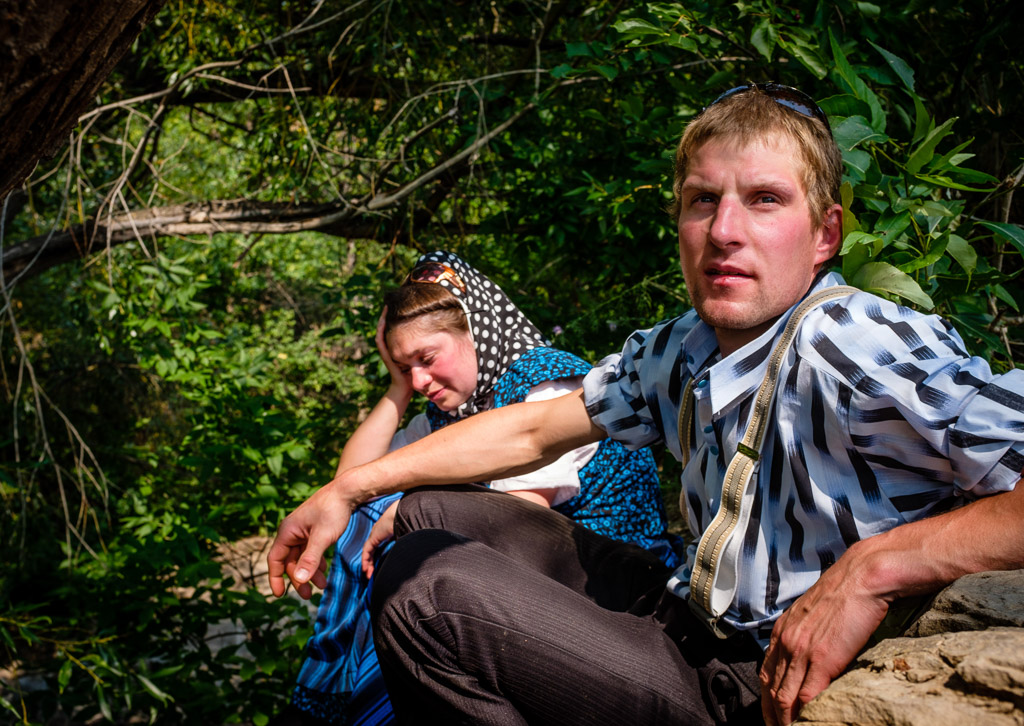
She wants to get married («we’re getting too old»), but he isn‘t baptized yet. He worked on oil fields in ND and UT, drank and gambled. Last time he applied to be baptized, he was rejected.
Great Falls, Montana.
Review of the Oberwerth Richard camera bag
Disclaimer: I am an Oberwerth Ambassador. This means they send me stuff to review (and actually seem to listen to what I have to say about it). However, I don't get any compensation for this. The words you read here reflect my own opinion.
A little over one and a half years ago, I posted a review of the Oberwerth München camera bag here. It was the first time I ever posted an equipment review on my blog, as I rather show and discuss pictures than gear. However, I’m also very much into camera bags, actually to an extent that makes some friends call me crazy, and felt the need to share the experience of using the München with my readers. Now, that feeling has returned after trying out another bag.
As you can see from my previous review, I really liked the München, with the exception of the fasteners being attached to the lid of the bag, which makes you pull down the whole affair when you try to close it with one hand. I told the Oberwerth people and they promised to think about it.
And they did (at least that’s what I tell myself). They came up with a new line of bags, which they call the Casual Line, as opposed to the Classic Line, of which the München is a member. The Casual Line counterpart to the München bag in terms of size is the William. As I already have a few bags of exactly that size and sometimes carry a longer lens, I decided on the Richard model, which is about 2cm (four fifths of an inch for you antimetricands) larger in every dimension.
The surprise came when the bag arrived at my home. The Oberwerth company brags about the leather they use for their bags and honestly, they have every right to do so. The smell of the leather, its look and its feel to the touch are in a class of their own. I realize this is not something one could objectively measure, but this is an item that exudes quality and craftsmanship. Also, the leather is tanned using an environmentally friendly process based on vegetable extracts.
And yes, the Casual Line bags have the straps that hold the LOXX fasteners attached to the lower end of the bag, so you pull them upwards to close it. As I already stated in my München review, I like the LOXX fasteners not only for their design, which is beautiful and simple, but also for the ease of operation and the fact that they open and close silently, contrary to fasteners involving Velcro, which some other bags use.
The interior of the Richard bag consists of an insert that can be taken out easily if you want to use it as a messenger bag. The insert can be partitioned according to your needs with soft dividers. After talking to the Oberwerth people, describing what I wanted to pack and how, I eventually received a set of dividers that were just right. If you’re really interested in this bag, my advice is to look at the packing examples on the Oberwerth website and then call them to figure out what configuration would be right for you.
As I said before, the Richard is a little larger than my previous bags, including the München. The extra centimeters come in very handy when I carry the Fuji XF 50-140/2.8 zoom. Even mounted on a Fuji X-Pro2 or X-H1 with the additional 1.4x teleconverter, the lens fits easily in an upright position.
Just like my other Oberwerth bag, this one is a pleasure to carry. This spring I visited Rome to photograph, among other things, an Elvis impersonator visit the Pope’s General Audience. One day I walked around town for 26km (a little over 16 miles), carrying two Fuji X-Pro2 bodies, six lenses, a small flash unit and some other stuff in it without problems.
The one thing that is indeed less practical about the Richard bag is that it doesn’t have a handle like their Classic Line bags do. The soft leather doesn’t lend itself to have one attached to the lid, and I also think it would look odd on bag with such a clean and simple design. That is bad news. The good news is that the company’s product managers actually listen to what customers say, and they came up with a very practical solution. They now offer an accessory handle that securely attaches to two metal rings hidden under the shoulder strap. It’s made of the same leather as the bag itself and can be flapped to the back side or quickly taken off if you don’t need it.
Unfortunately the handle adds a bit to the price of the bag, which isn’t exactly cheap to begin with. You will have to decide for yourself if owning a bag that looks and feels great, is very functional and definitely made to last is worth its price.


